I started taking ADHD medication one week ago. The path to get these has been humiliating. In the end I went to a private clinic but I have wasted so much time with a public health service that has completely eroded any trust or faith that I might have had with it.
I have known that I have had ADHD and autism for years. The more I talked to people over the year that have them the more it became obvious that their experiences matched my own, the more that I was drawn to people who had them, who were like me and shared my experiences and understood me. The people who I love most in the world are other AuDHD trans women.
But these are disorders and come with their problems, too. Doing even the simplest things is a struggle sometimes. Taking care of myself, doing the exercises that stop my back from being in pain, keeping things clean and, of course, my job. I have so often fallen behind in work and then in a burst of stress powered through what needed to get done at the last minute. I used to stay in late all the time to get things done that should have been finished hours before. I have lied to people over and over again about work, pretending I had more done than I did, hoping to make it up afterwards. My original masters project fell through when I got caught in a downward spiral of paralysing stress and lies about making progress while continuing to stare at a blank page. Eventually I broke down crying to my supervisor after admitting I really had basically nothing. He helped me start over and my family supported me massively through writing a new thesis. Over time I have learnt how to manage things a bit better, how to recognise my limits and work around them, but I continued to struggle daily.
Loughlinstown
But I did not seek treatment for a long time. A large part of this was due the the ableism and transphobia of the “National Gender Service”, the largest gender clinic in the Republic of Ireland, located in Loughlinstown, County Dublin. I was referred to the clinic in January of 2019. At the time I was informed that I was number 200 on the waiting list. That wait, sitting so far up a list, proved intolerable. Before I was seen in Loughlinstown I started taking minoxidil to try and prevent hair loss, began laser facial hair removal, started hormone replacement therapy with a private clinic, got a deed poll and a gender recognition certificate to legally change my name and gender, and the National Gender Service lost the records of over one hundred patient referrals. The news of that last thing broke in November of 2019 but it wasn’t until April 2020 that I was sent a letter assuring me that they still had my referral and that the clinic was no longer telling people what position they were on in the waiting list.
I had, as I said, already started medically transitioning, assisted by a private clinic, but that is expensive and I still wanted to go through the public system. It would save me money and it seemed like the way it “should” be done. I hate private healthcare as a concept. Everyone should be taken care of, not just those who can pay. I was finally seen in Loughlinstown in June of 2021, over two years after my initial referral. If you are referred today it will take you over thirteen years to be seen. It was a three hours drive to Dublin, a three hour interview with a psychiatrist, and a three hour drive home. It was utterly exhausting.
I was asked about my entire life and medical history. Like many others, I was ask about sex and masturbation so that my sexuality could be scrutinised by the man interviewing me. I have heard of much worse and more invasive questioning from people. When I was not comfortable answering certain questions I was not pressed on them. I passed enough of the other unspoken tests that meant I was an acceptable, respectable trans woman. I had stability, safety and independence. I was already out to friends, family and people that I worked with. People who are struggling, who have difficulty with employment or who are afraid to socially transition are often denied medication by doctors in Loughlinstown. If your life does not line up to their expectation of stability and normalcy they reserve the right to deny you treatment until you are ready, in their eyes, to transition. For those who do not have the means to seek private treatment they may not see any alternative except a public system that can deny them anyway for not meeting the standards of a comfortable, stable environment (that is, in our society, wealth) that is seen as a perquisite to be allowed to decide what to do with your body.
Patients have stated publicly or reported to TENI that they are being denied or delayed treatment for reasons such as suspected autism, ADHD, unsatisfactorily answering overtly sexual questions or for not bringing family members into assessments which community members continue to report to us, despite public statements by the HSE to the contrary. Assessments include questions about masturbation, porn habits, sexual history, thoughts during oral sex, detailed genital descriptions of themselves and sexual partners and even racial preferences.
Lilith Ferreyra-Carroll in GCN
Trans people of course share these stories with each other. About being rejected for being unemployed, for being fearful of coming out to bigoted family, for having untreated ADHD or autism. And when we do the doctors who run the Loughlinstown clinic accuse us of being “coached” to fast-tracked sex changes. Donal O’Shea, endocrinologist in Loughlinstown, is incredibly concerned about the rise in autistic people seeking to transition. He is worried that it is linked to “visibility around Kardashian personality Caitlyn Jenner” and compares people coming to a doctor and wanting to medically transition to a patient who asks their doctor to treat their pneumonia by amputating a lung.
Paul Moran, consultant psychiatrist in Loughlinstown, is also concerned about screening for neurodiverse people and wrote an opinion piece in The Journal welcoming the findings of the Cass Report, which he consulted on, which has been criticised in a joint statement by WPATH, ASIAPATH, EPATH, PATHA, and USPATH, which was headed by a supposedly independent pædiatrician who reportedly had previously expressed shock at medical transition practises and strongly recommended anti-transition literature to colleagues, which current Tory leader Kemi Badenoch suggested was commissioned due to “having gender-critical men and women in the UK government” and never would have existed otherwise.
Yale’s Integrity Project’s review of the report described the Cass Report as levying “unsupported assertions about gender identity, gender dysphoria, standard practices, and the safety of gender-affirming medical treatments”, as repeating “claims that have been disproved by sound evidence” and that it “misinterprets and misrepresents its own data.” But it is a wonderful document for those who wish to justify more roadblocks towards transition. Who will forever see the struggles of trans people not as a civil rights matter but as purely a medical question where doctors do not merely assist or facility their trans patients but hold power over them.
And the Loughlinstown gender clinic, originally a regional endocrinology unit that over time started to take more and more trans patients, have decided that they should hold their authority over all trans people in the Republic of Ireland. They declared themselves the “National” Gender Service without authorisation and write letters to people’s GPs to advise them not to do blood tests for trans people who are sourcing hormones from other providers.
I’m not sure where the title ‘National’ derives from [...] I do not consider at this stage that we can view this service appropriately as a ‘National’ service, as I have not received evidence to validate government or HSE recognition of this status.
Siobhán Ní Bhriain, national clinical lead for integrated care, Health Service Executive, in a 2022 letter
The ability of the men who run this clinic to gatekeep who gets hormone treatments is very important to them. They urged for years for the HSE to drop the WPATH model, which the HSE eventually did, walking back a promise from the 2020 programme for government. The WPATH 7 guidelines allowing for other models of care such as informed consent was far too liberal for Loughlinstown.
They frequently coach their language in concern for children, that they are transitioning too young and cannot make informed decisions, despite the fact that they do not treat children and there is currently no public pathway for the medical transition of minors in the Republic of Ireland at all. Paul Moran and Donal O’Shea are, in fact, currently taking legal action against the state to try and prevent children from being treated abroad either. Loughlinstown’s vision of a potential gender service for children is, according themselves, indistinguishable from conversion therapy. In a submission concerning a proposed law to ban the practice they wrote that it “will make it impossible to develop a children’s gender service in Ireland.” When they treat adults they use a system that their own model of care documents call overly complex and inefficient and co-author papers that get the mechanisms of the medication that they prescribe confused.
Loughlinstown is widely hated by the patients that attend the clinic. In research by the Transgender Equality Network Ireland 80% of respondents were dissatisfied with their care from the National Gender Service with a full 60% of them giving it the lowest possible rating. This sort of treatment erodes people’s trust in doctors and can lead to hesitancy around healthcare in general.
There are no correct guidelines, there’s no actual structure in how we’re dealt with. It means that it could be literally one person standing in your way, telling a lie or doing the wrong thing, or they might be bigoted or ignorant. So you’re completely at the mercy of maybe one person and there’s no other protections in the system. That person might be good and might help you. But then again, it’s luck. It’s complete luck and it should be standardised.
Séan, a trans man quoted in TENI’s report Trans and Non-Binary Experiences of Institutional Violence in Ireland.
Faced with this institutional gatekeeping I saw an ADHD diagnosis and treatment not as something beneficial, that could bring relief to struggles that I face every day, but as a weapon that could be used against me, to question my humanity and autonomy, to deny me even more vital treatment for my wellbeing, and that if I tried to seek an ADHD diagnosis through the public system that it would be something that would hang over my head to be abused by anyone else seeking to wield authority over me. This is another, indirect way that people are harmed by gatekeeping. I was afraid to seek treatment for one thing because I wanted another even more desperately. Eventually, though, I’d decided that I’d had enough, that I needed help with my other struggles as much as I did with transitioning, and if Loughlinstown did decide to deny me future care for this or other reasons there are alternatives. Foolishly, I decided to go through the public system again.
Mental Health Services
I went back to my GP in March of 2023 to ask to be referred for ADHD treatment. Unsurprisingly it took, after several delayed appointments, just over a year to be seen at my local mental health services. I had practised and thought about what I was going to say. I laid out my struggles, staring at blank pages telling myself to to start writing and nothing coming out, not being able to keep things clean, deadlines only getting met at the last minute through stress building up and bursting the dam of executive dysfunction. I explained all this calmly, and was met by a man telling me that I seem to be handling things well. That I met deadlines. That my job gives me flexibility.
I realised that doctors are like dogs: They don’t really understand English; they just follow tone of voice and maybe pick out a few key words. In calmly explaining my problems I was not performing the required level of patheticness to be seen as disabled. He went out to speak to a consultant and left me alone stewing in that room for a while. I realised that to be taken in any way seriously I needed to strip away the walls I normally put up around my feelings and dredge up the self-hatred and misery I feel. I needed to drag up every thought of being stupid and useless and let them out. To make myself into a sobbing mess. This is a deliberate performance, but not a dishonest one, and without it I was not being taken seriously at all. Medicine is the process of engaging in ritual self-humiliation until a doctor deigns from on high that you are pitiable enough to be granted the boon of his charity.
My tears got me a few tissues and the consultant called in, who was quick to make comments about “overdiagnosis” and how pharmacological solutions are not the best for people who don’t have severe enough trouble, before making a pointed comment about how I had brought a book to read in the waiting room. I guess someone who reads can’t really have ADHD, or at least not severe enough to need treatment.
Even so, I got a second appointment scheduled for a month later. For that one they wanted to be able to speak to someone who knew me as a child to corroborate on childhood signs and symptoms. This is a standard procedure for the DIVA, the Diagnostic Interview for ADHD in Adults. My experiences two decades ago apparently matter more than the actual problems I have right now. Still, I rang my mother. She was surprised that I was seeking an ADHD diagnosis. Like many her image of ADHD was that of hyperactive boys unable to sit still and causing chaos, certainly not a description of my childhood. But after after a few conversations where I explained my struggles, and also showing her articles about how ADHD presents often differently in girls she came around a bit.
In any case, she agreed to be on the phone for the appointment. She needn’t have bothered, though, as when I returned to the clinic I was, bafflingly, told by the doctor who had seen me the first day that he had expected a psychologist to be free to see me that day to go through the DIVA but had not booked one and there was no one to do it. I was just given forms to fill out at home and drop back.
This was stressful, I had friends with me while I filled them out for moral support, but also deeply frustrating. The focus on childhood is bad enough but the questions are also sometimes confusing (what the hell does it mean to feel like you are “driven by a motor”?) and sometimes a single line would ask two different questions that have two different answers! “Did you do well in school? Were you a good student?” Yes I did well in school. I was intelligent and interested in many of my subjects. I genuinely enjoyed maths. No I was not a good student. I would ignore my teachers, talk in class if I was bored and thought I could get away with it, did homework at the last minute (often while sitting in the class that was about to start before the teacher walked in or while they were setting up). I struggled massively in university without the structure of school to make me do things and when faced with material that I did not pick up effortlessly. But when it comes to disability how well one performs academically or economically is often seen as the primary metric. Getting a person to produce the desired outputs of those systems is the goal and if someone does then they may not be seen as needing assistance no matter how much they are being ground down as an ill-fitting cog in the machine.
Several months later I am told by a doctor who I have never met before that the local mental health clinic I was going to had liaised with the adult ADHD service and they think that I have ADHD but it’s not severe enough to treat. Later I will be told by a friend who had also sought treatment that she was much more bluntly told that they are only treating people who are “crashing cars and getting arrested.” I ask the doctor in the clinic if I could see that correspondence with the adult ADHD service and she says she doesn’t know. She asks the receptionist and this is refused. I leave while trying not to show the rage and despondency I feel.
At this point I know I need to seek private care instead but I also want to see what the ADHD service actually said about me. I want everything in writing. It could also be useful to have documents to pass on to another doctor when seeking treatment privately. I decide to file a freedom of information request. Even requesting this turns out to be its own ordeal. The public clinic seems to deliberately have no contact email address. I phone them and am informed by the receptionist that all freedom of information requests must be sent, in writing, not by email, to a specific hospital that handles freedom of information requests for all Health Service Executive operations in the city. I am not given a specific person or office to address this to. After several more phone calls across a few days I finally get in contact with someone who is able to send me the FoI form. I send it back with a simple request for documents relating to my seeking treatment for ADHD. I think that I will wait till I have these before seeking private treatment. It shouldn’t take too long; HSE is legally required by the Freedom of Information Act to respond within four weeks.
Two months later I emailed to ask (in much more polite terms) what the fuck they were doing. I will not bore you with the details of these exchanges but over the course of the following months I persisted, always patiently and politely, to ask as for updates. It would take multiple emails to get a single reply. Sometimes an email would get ignored and when I would send another one I would get a sudden phonecall in reply a few minutes later. They’re busy, they’re backed up, they were on holidays, actually this was passed along to the wrong person in the first place because they handle requests for clinics on the other side of the city.
What a waste of another few months on top of all the time I had pissed away already. At this point I think the public service is simply not going grant me my rights unless I threaten them with legal action and it’s not worth it. This has caused me enough stress as it is.
Treatment
I went to a private clinic. I paid a lot of money but I got seen quickly and was treated with some basic dignity. There was still the DIVA and the irritating focus on childhood but I was diagnosed with ADHD—and this time I actually have that in writing—and I’ve started a trial of medications to see what works for me. So far it’s been really positive. I can direct myself and work much more easily. The house is getting cleaner. I can even relax more easily without thousands of ants biting at my brain telling me I should be doing something while not letting me actually focus on anything. I feel so much better in the last few days than I have in a while.
All it took is the destruction of my faith in doctors.

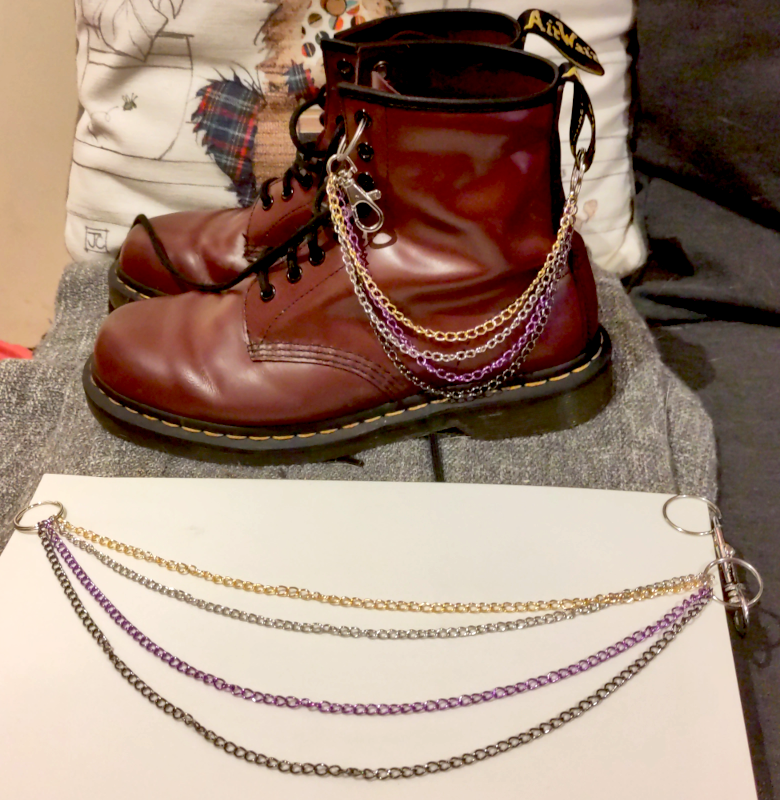

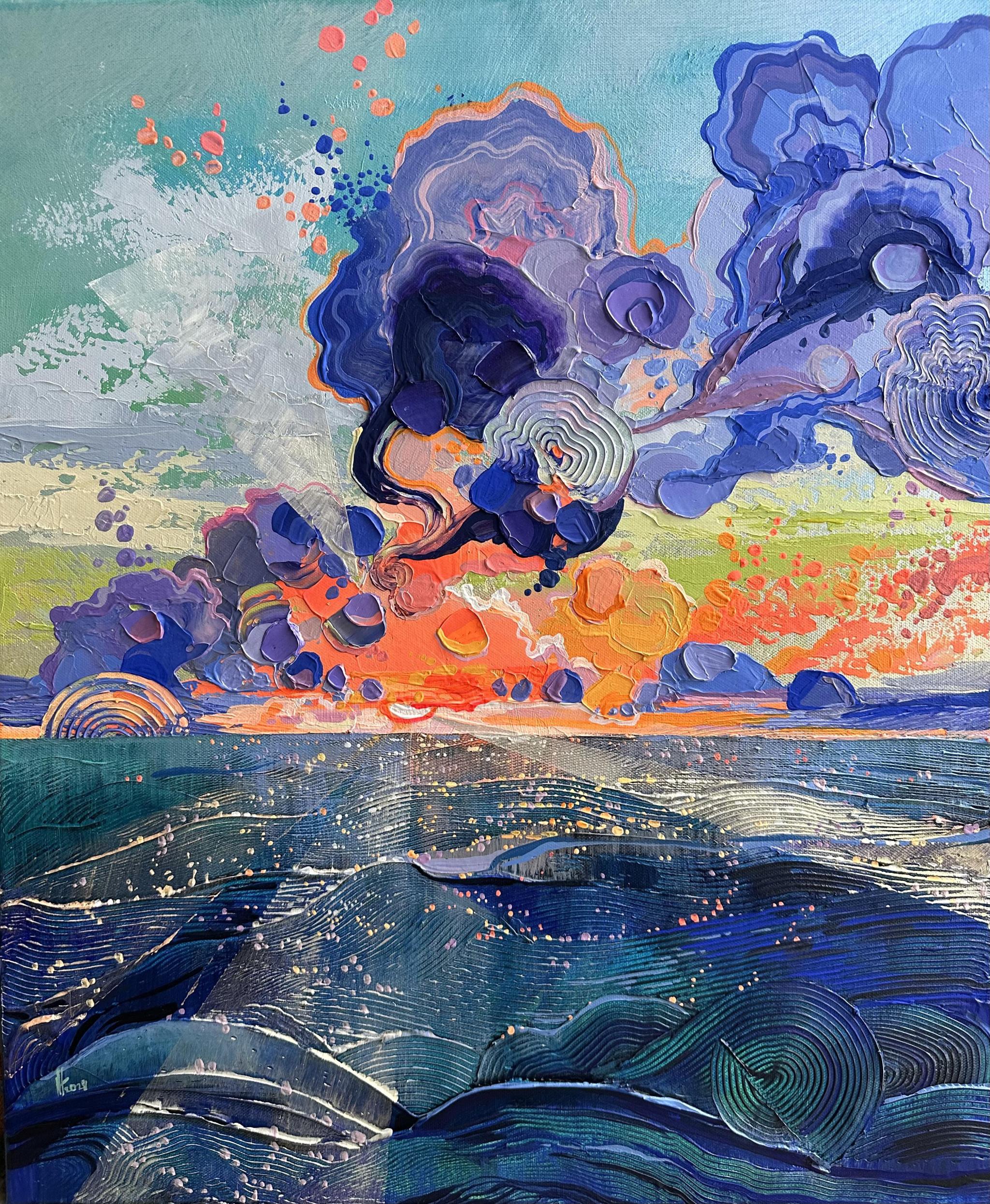
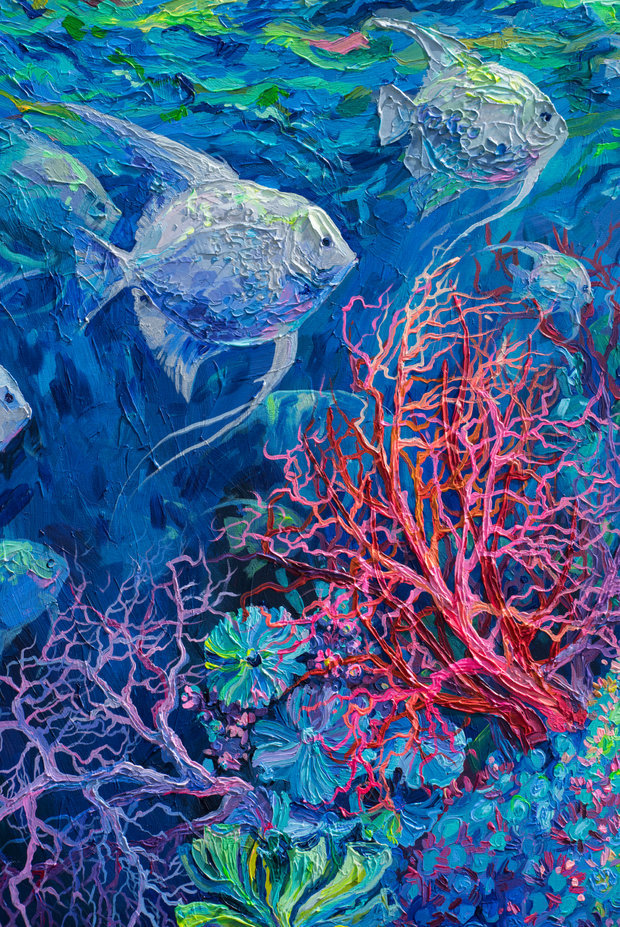


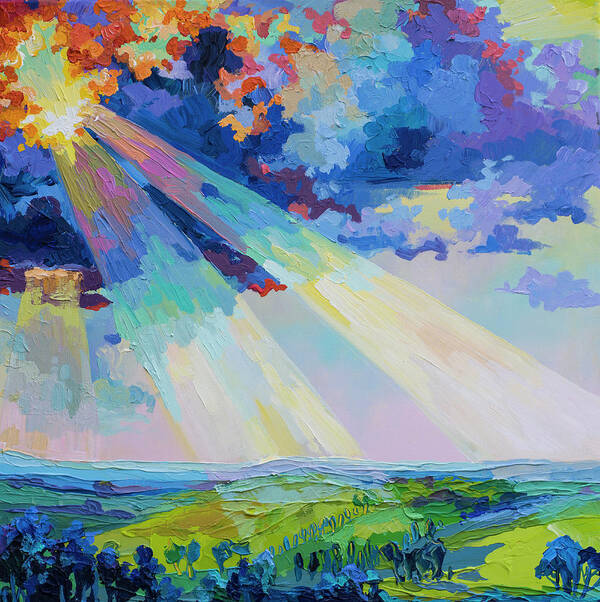
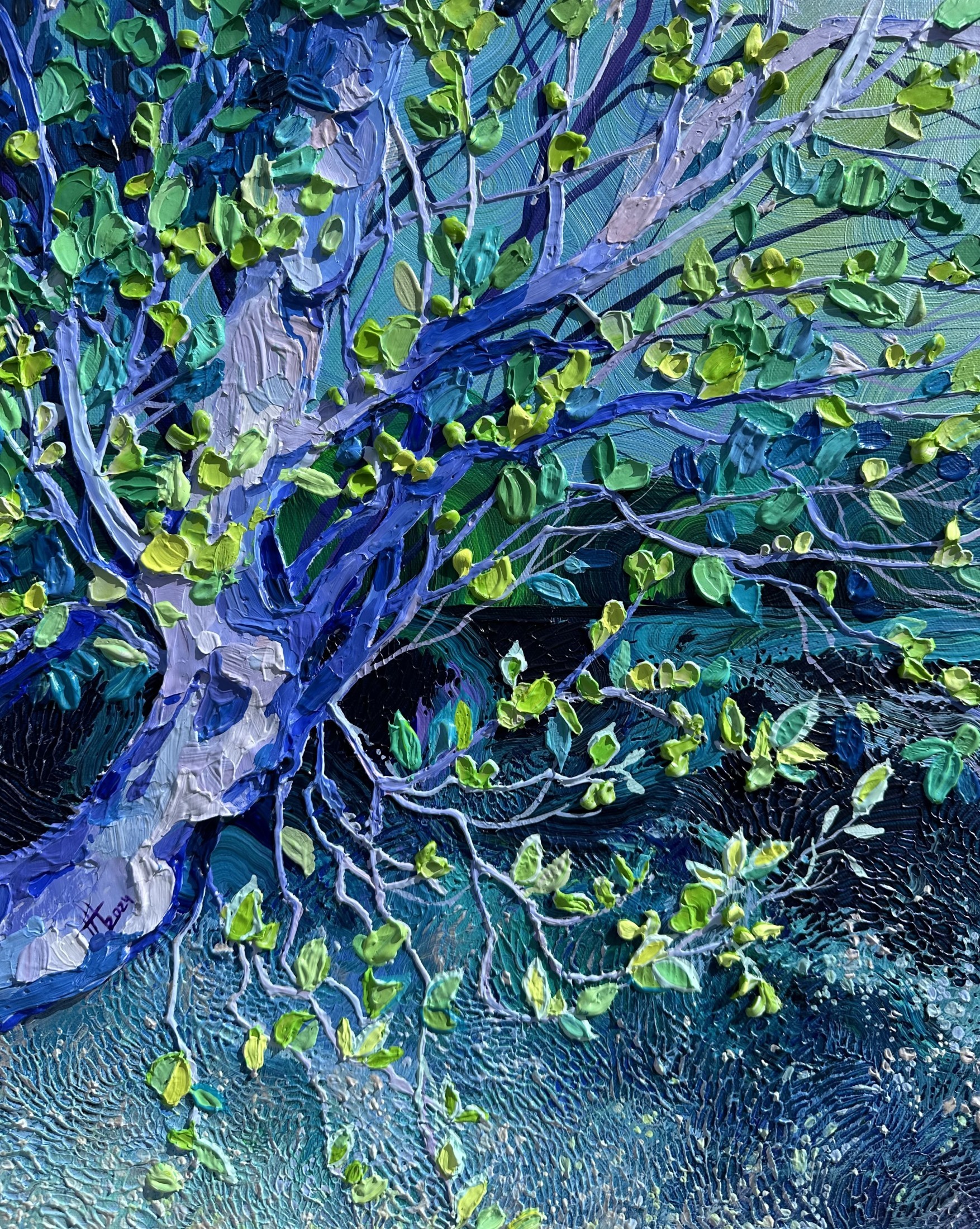


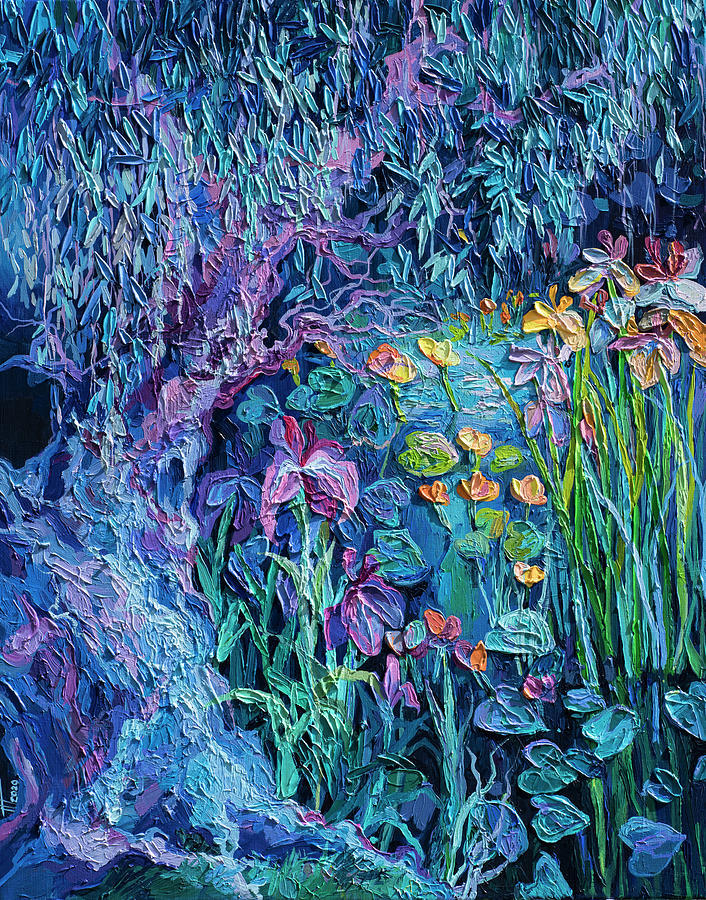











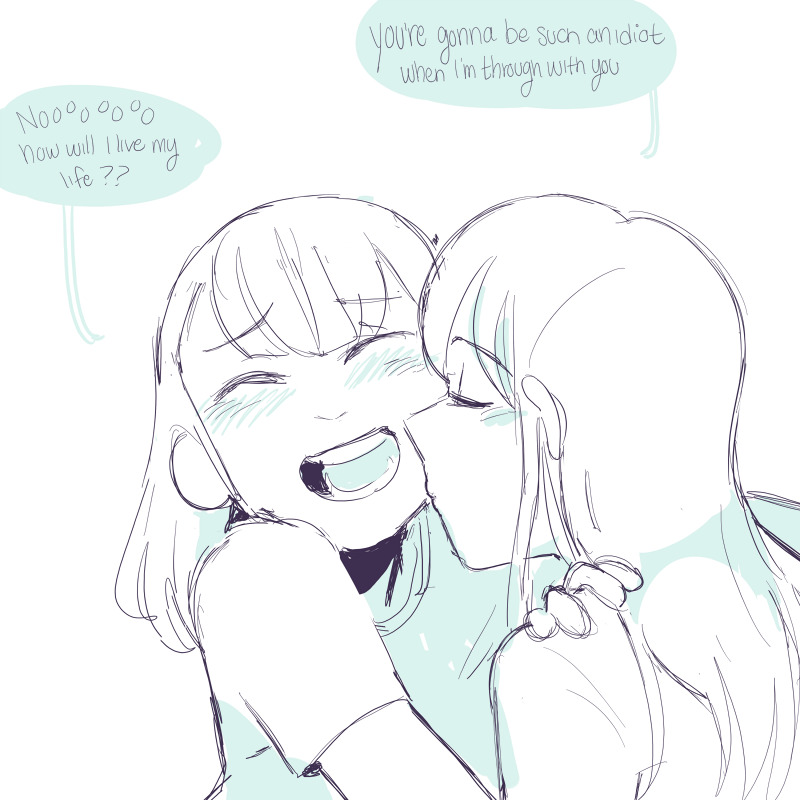

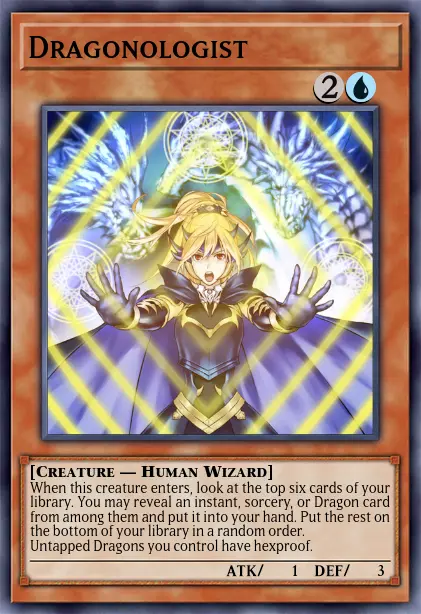
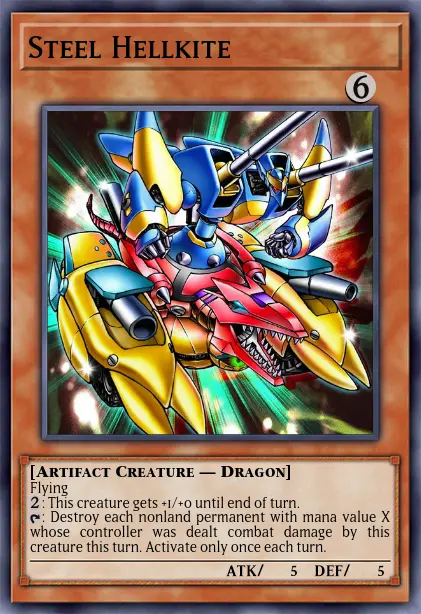
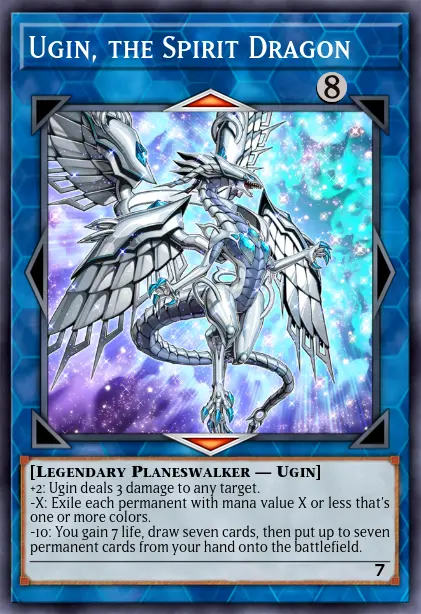
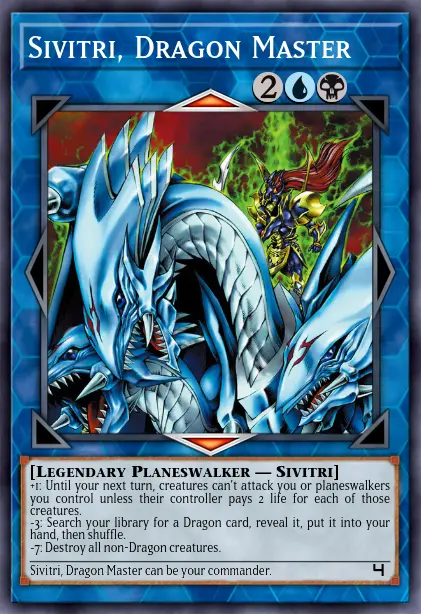

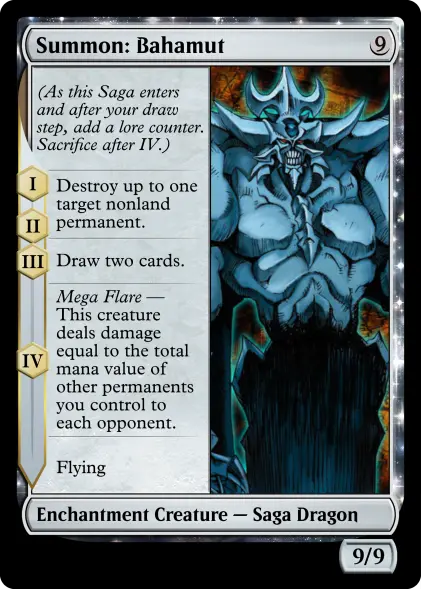
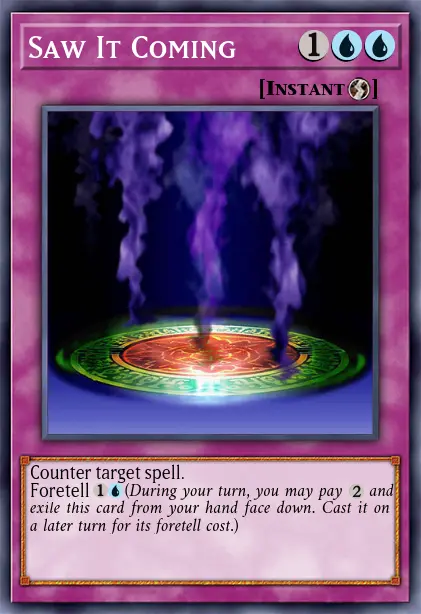
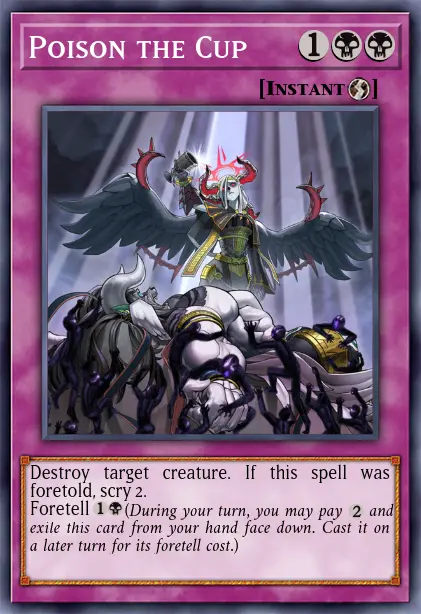
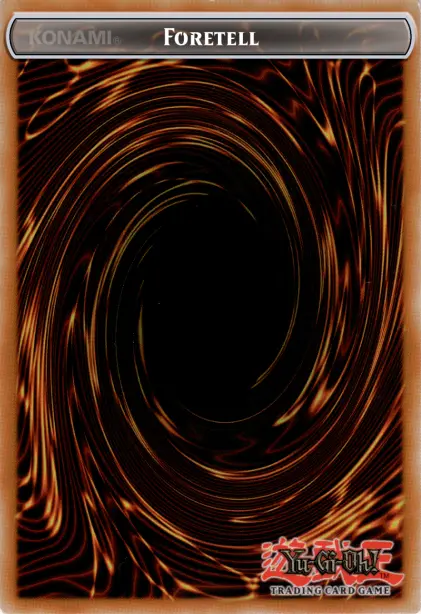
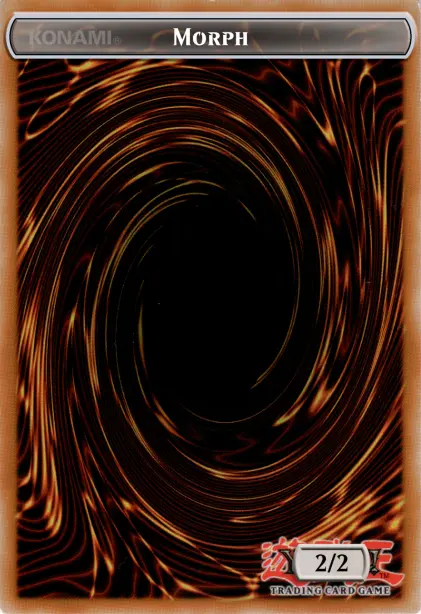
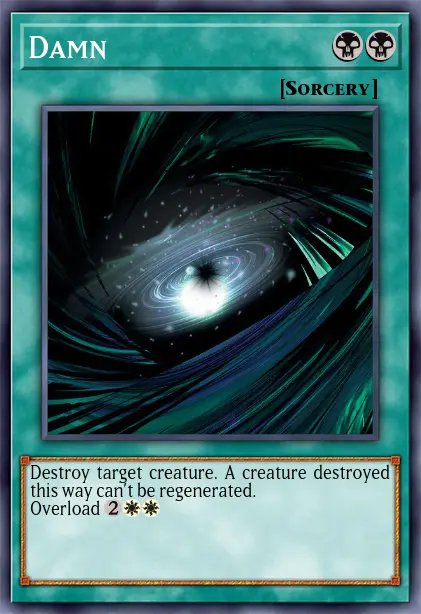
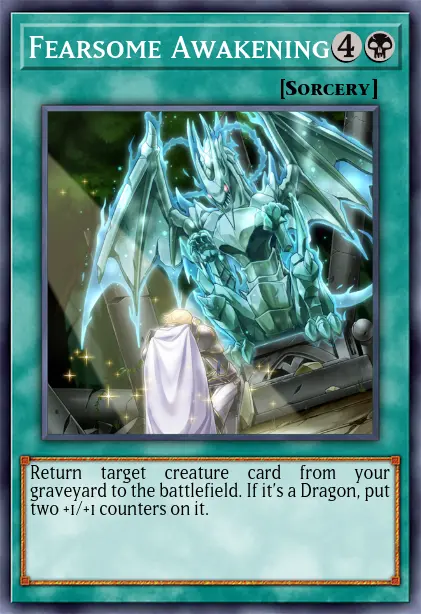
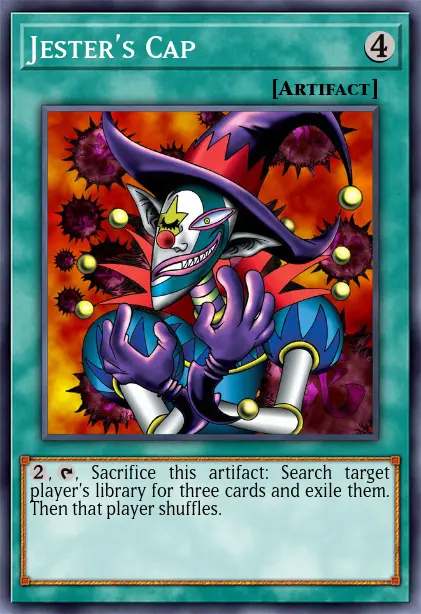
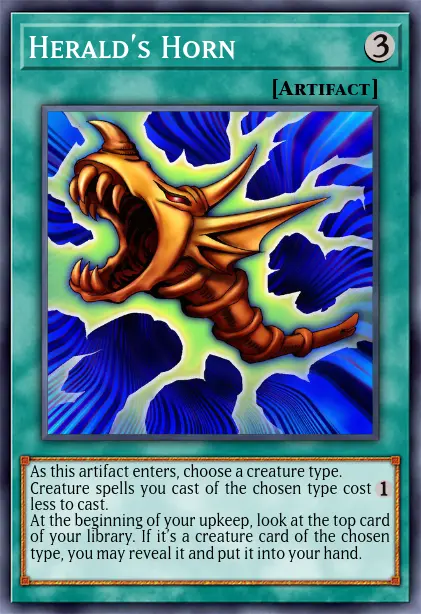
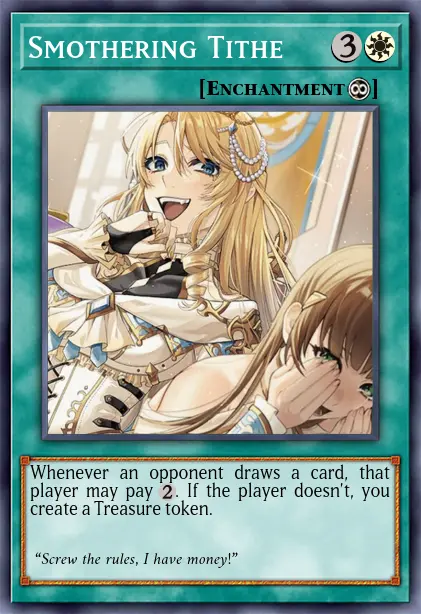
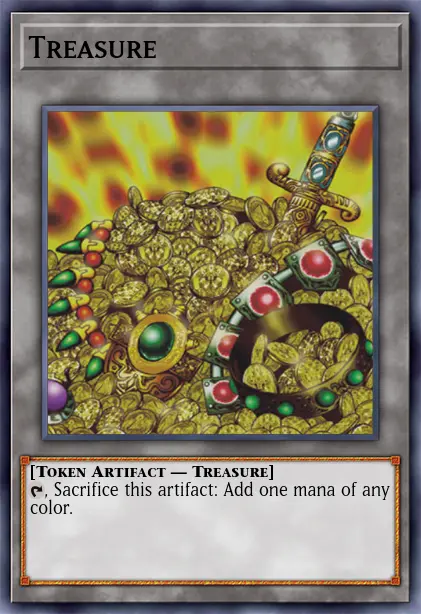
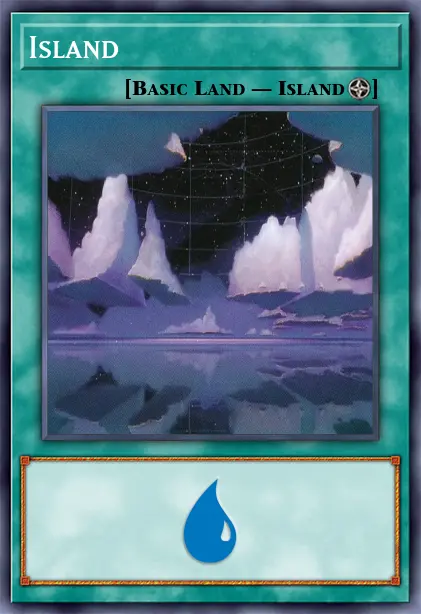
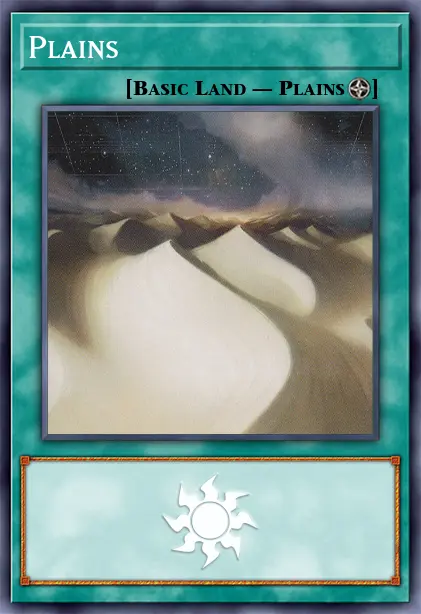
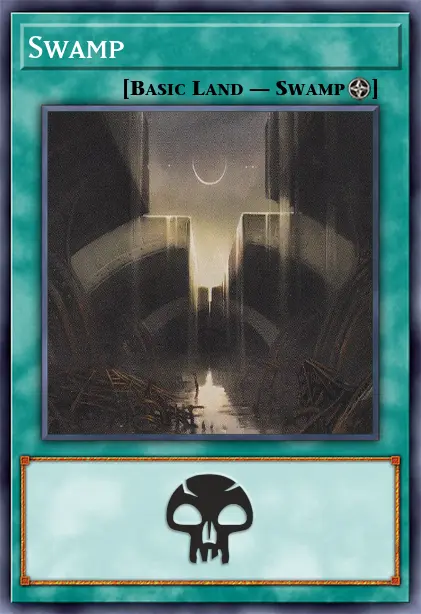
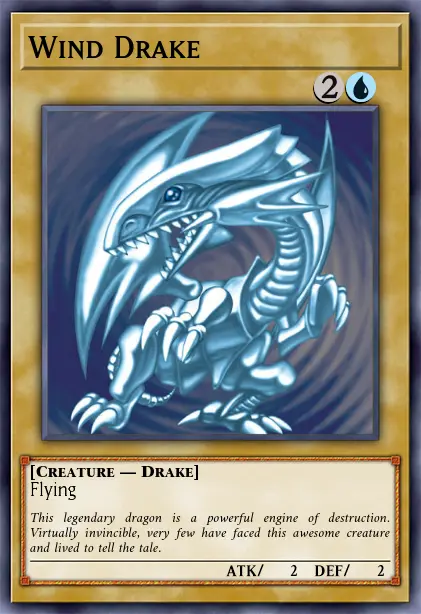
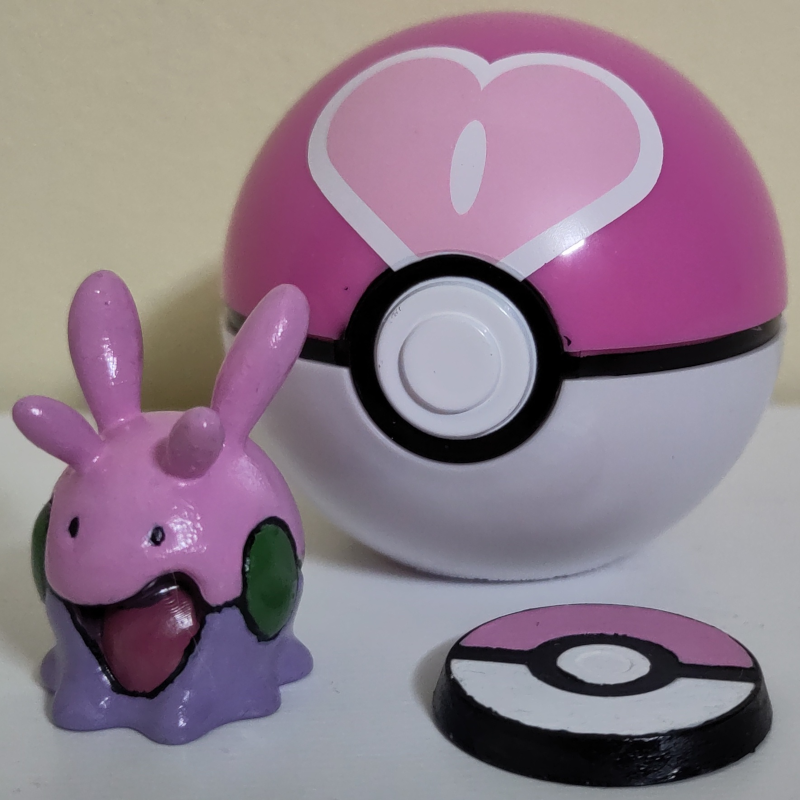
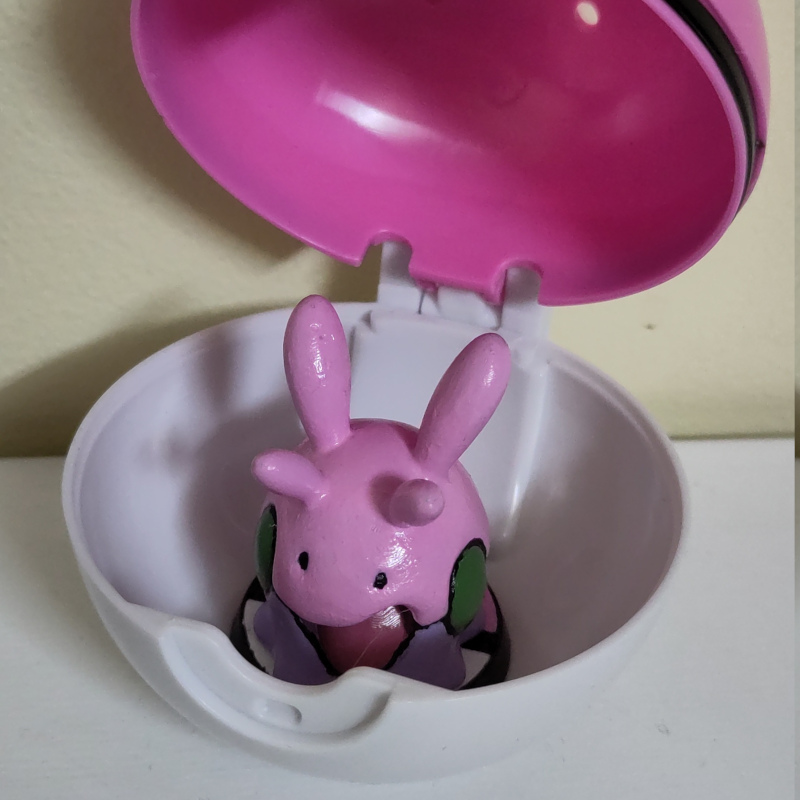
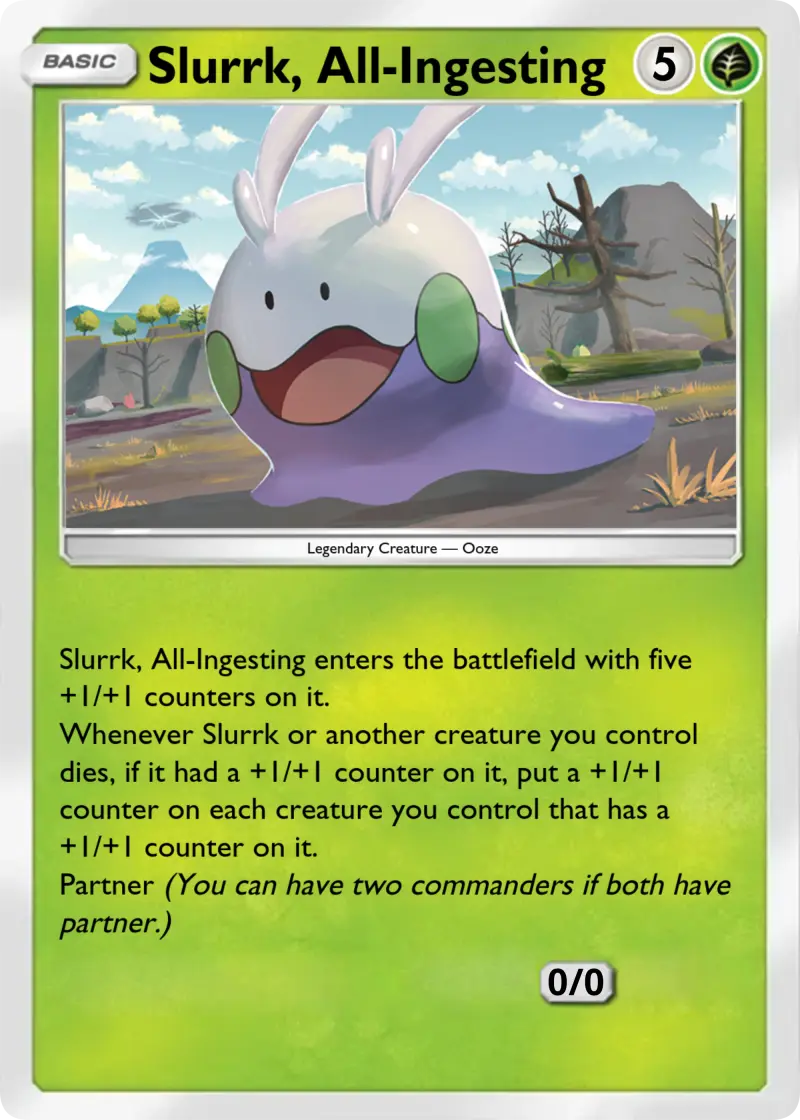
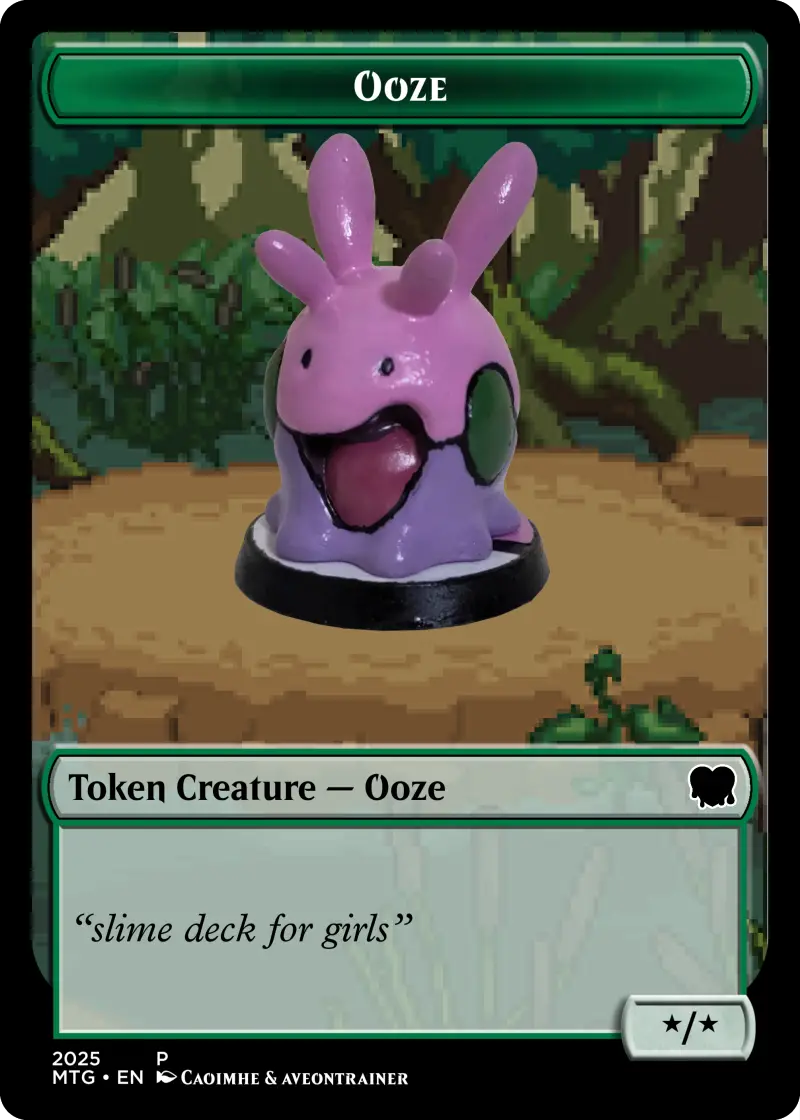
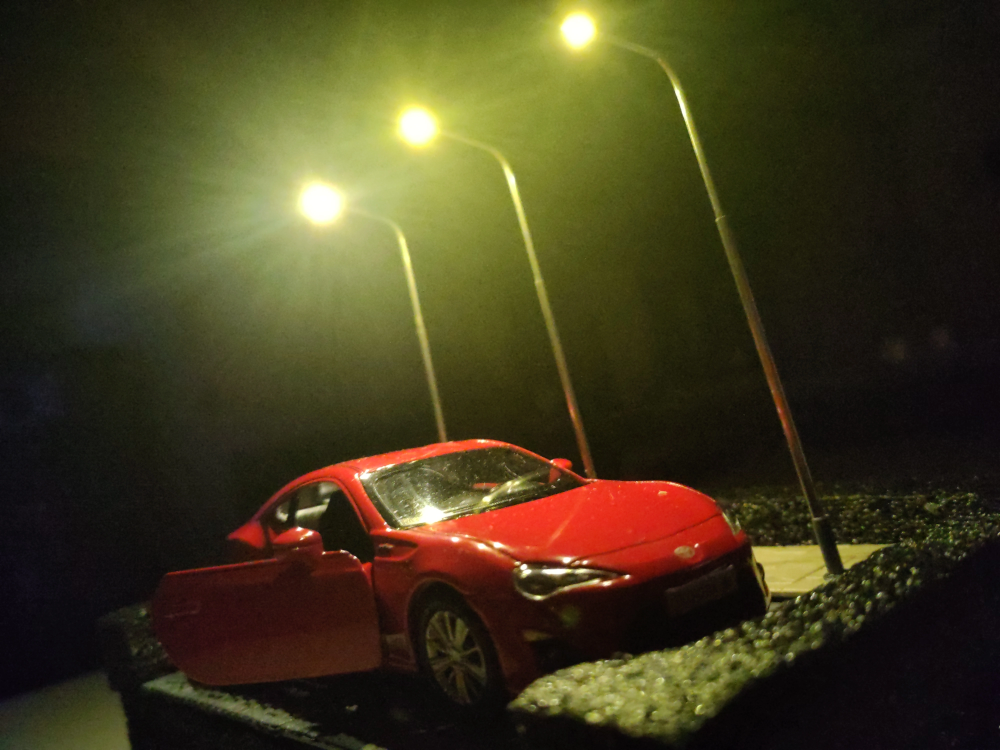
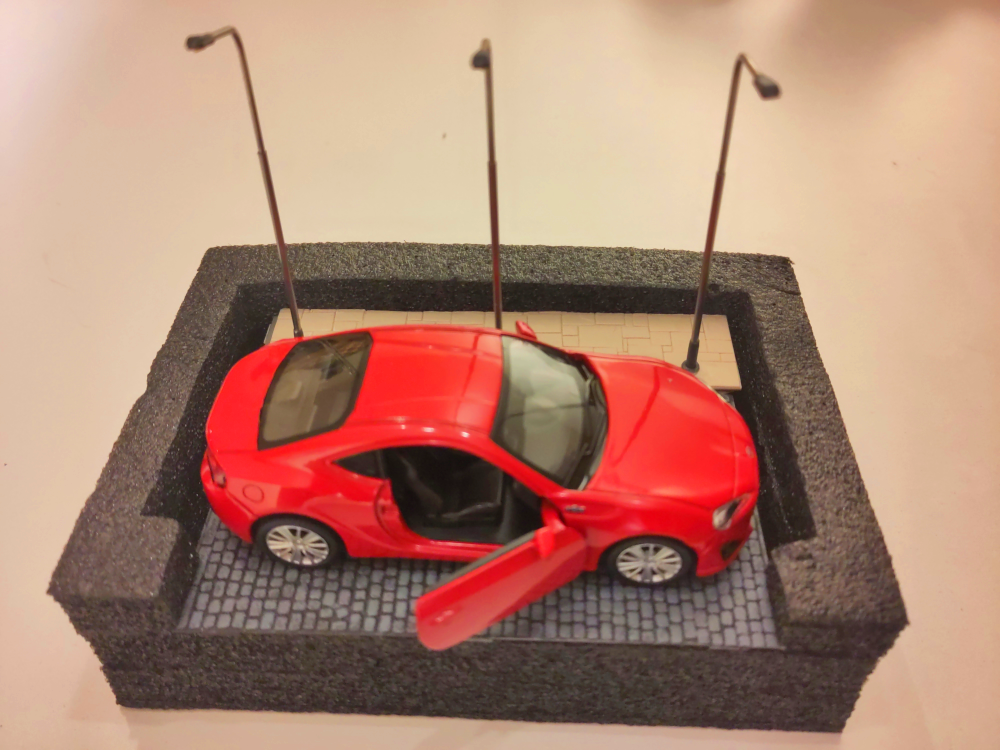

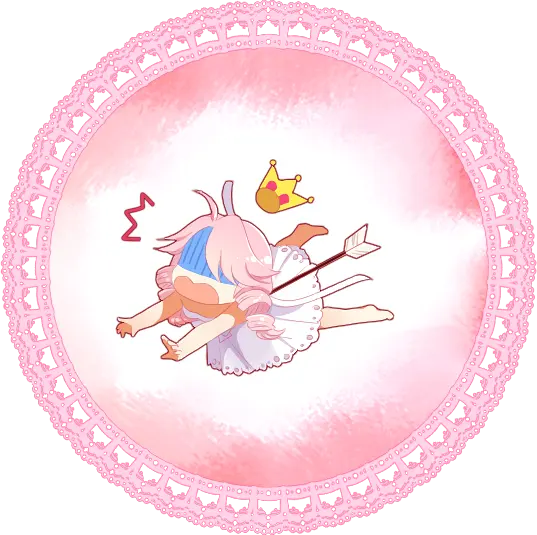
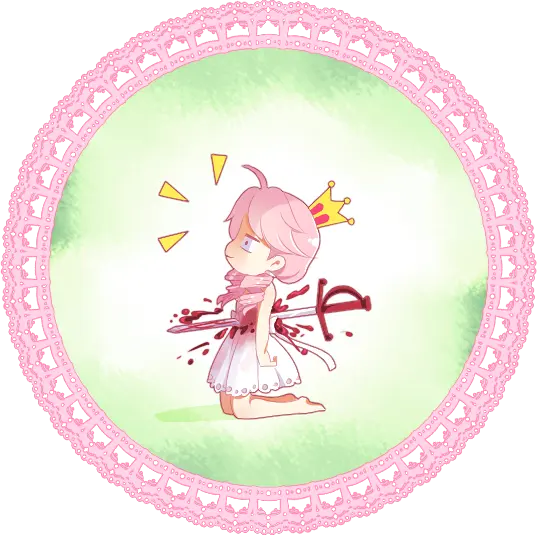
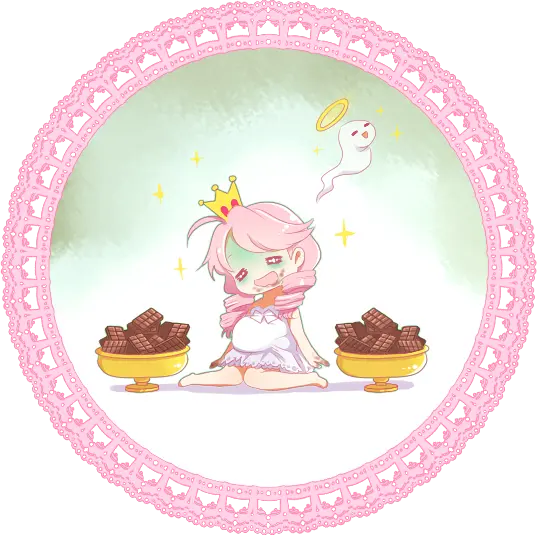
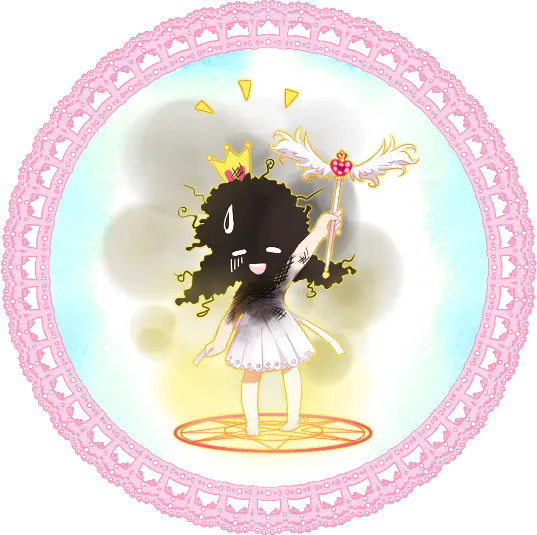
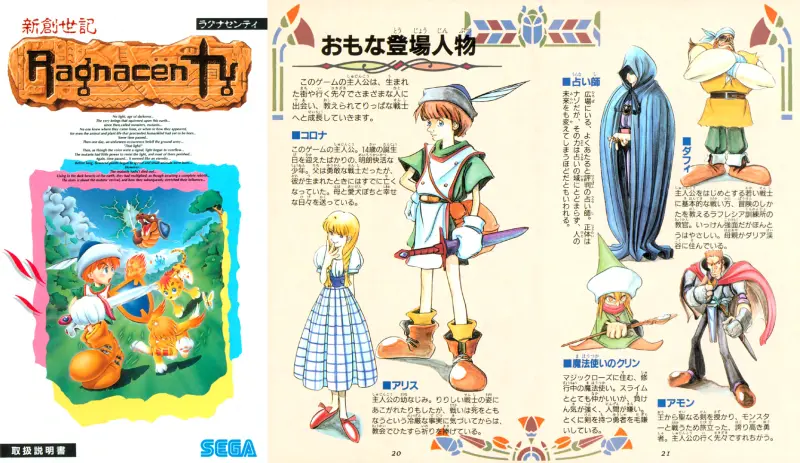
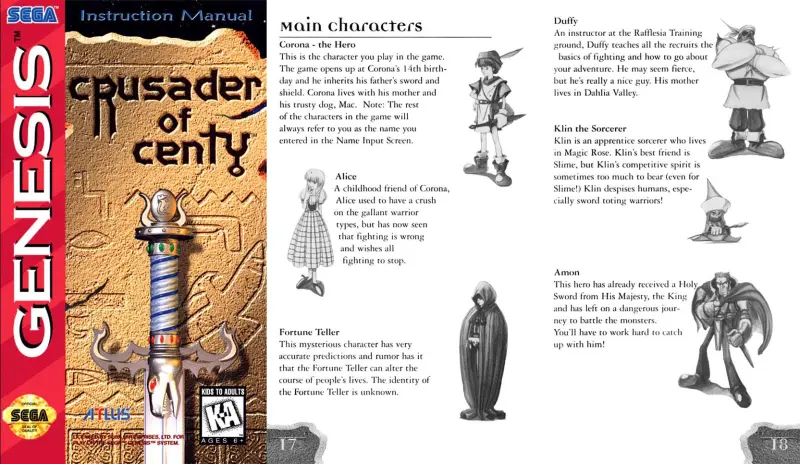
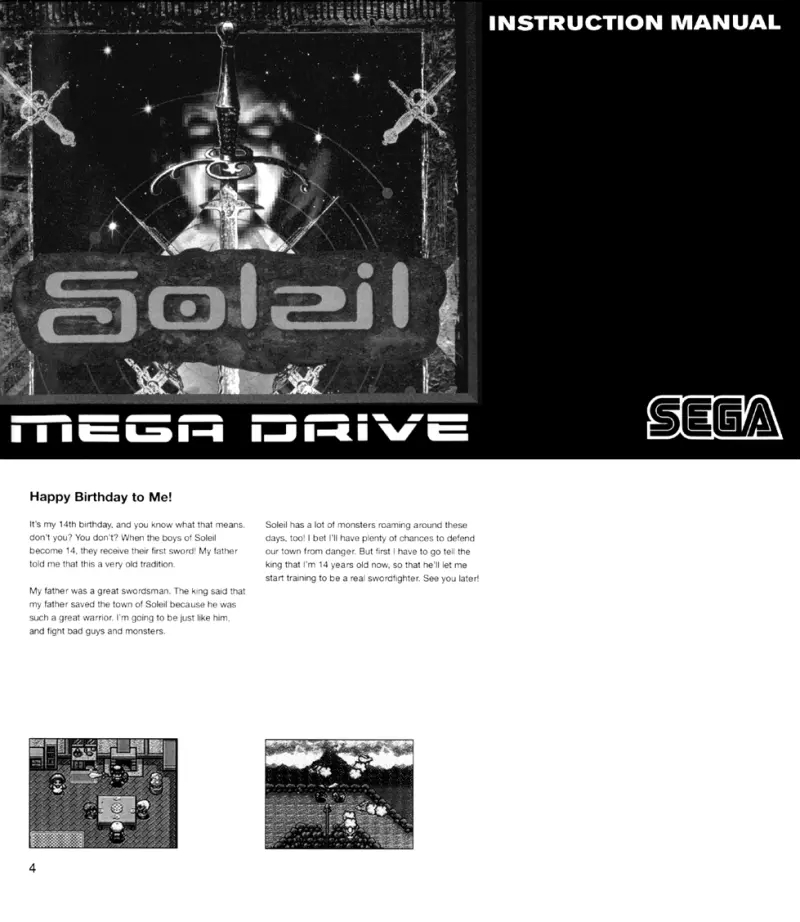
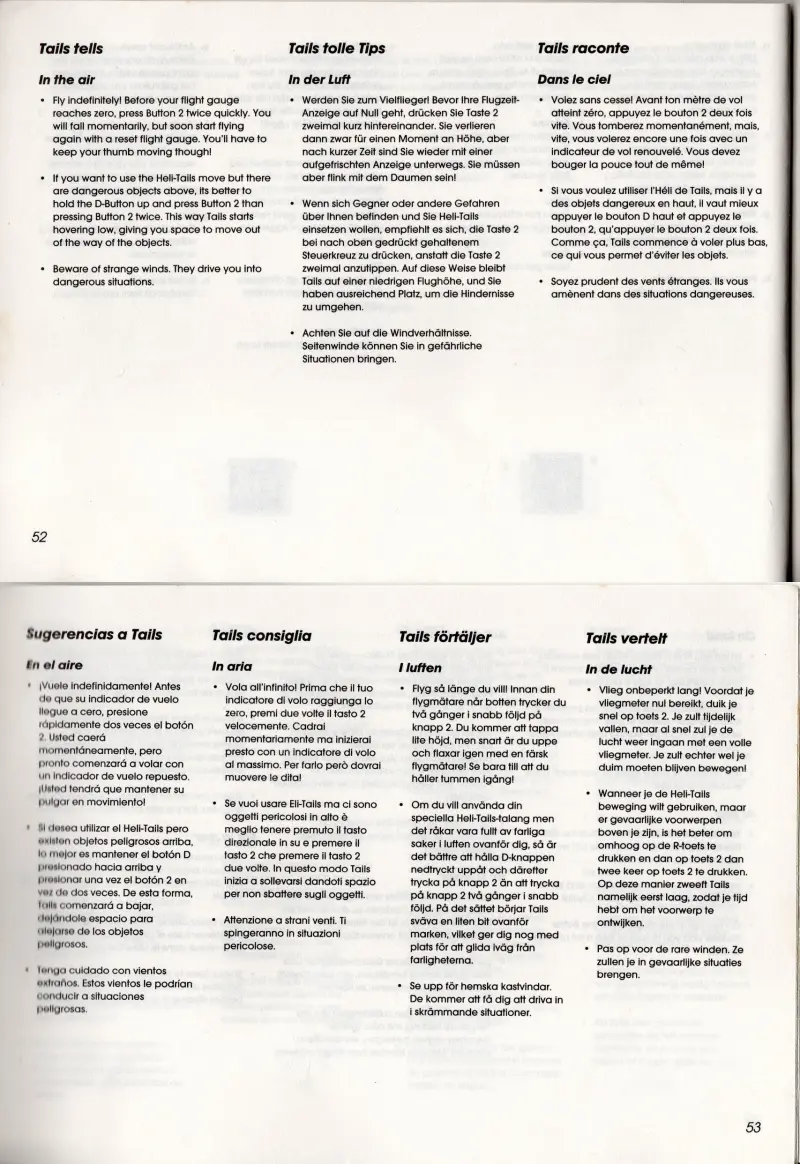
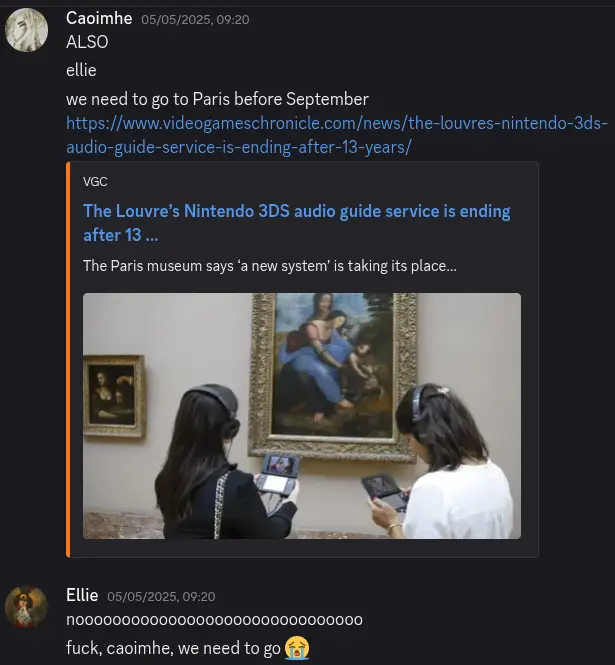
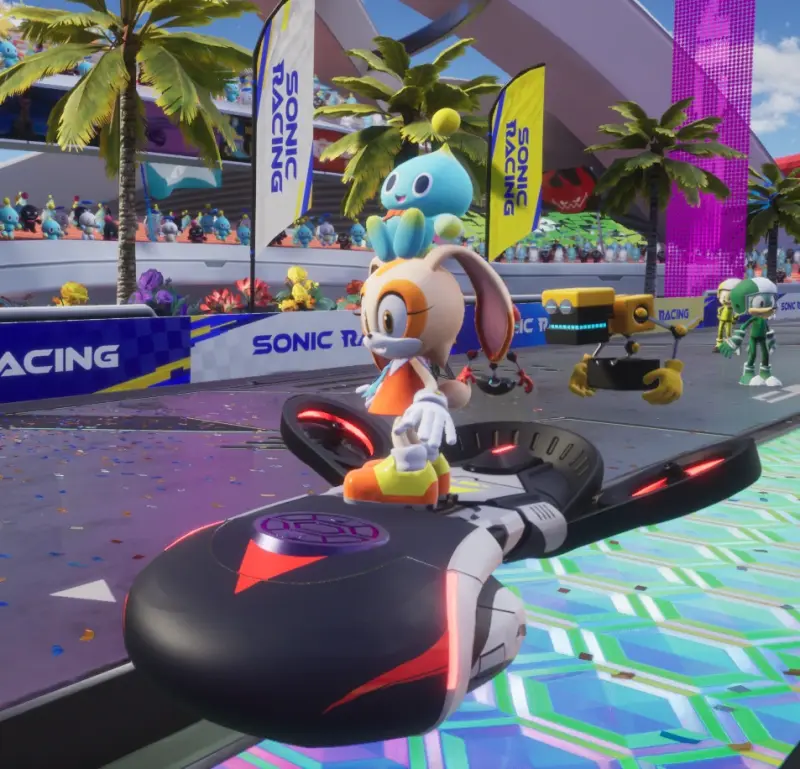
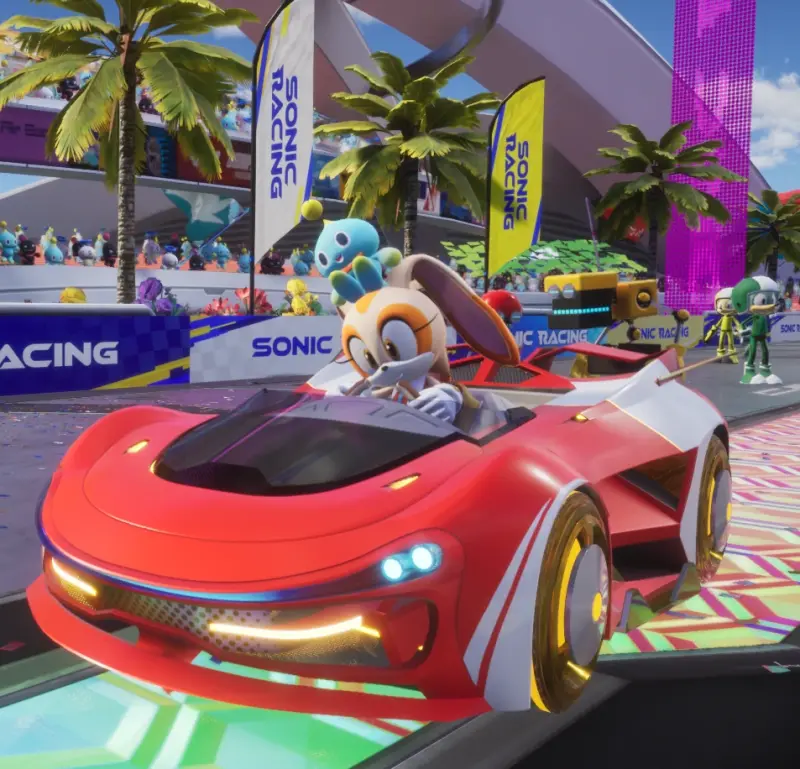
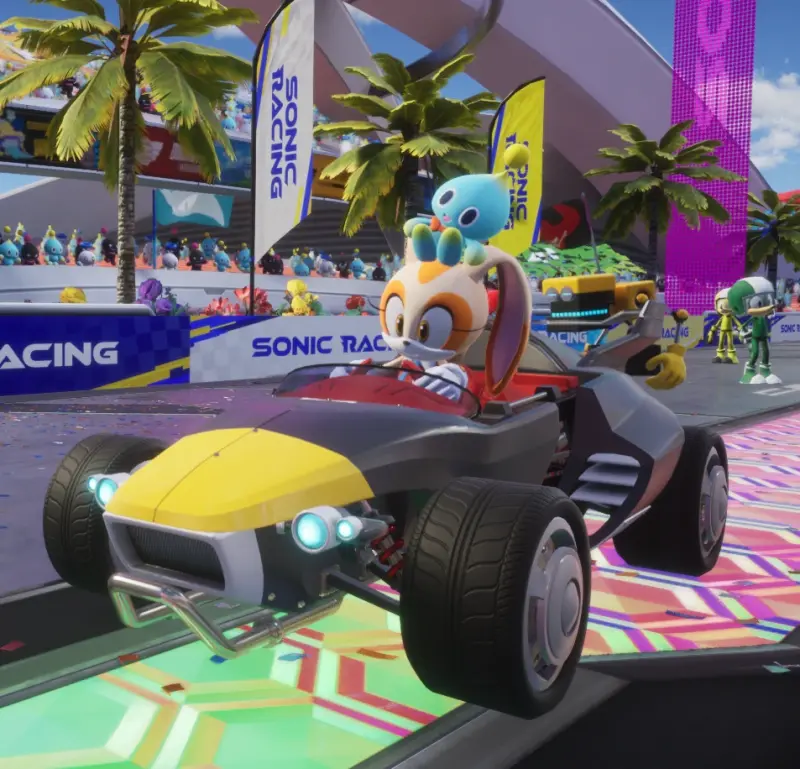
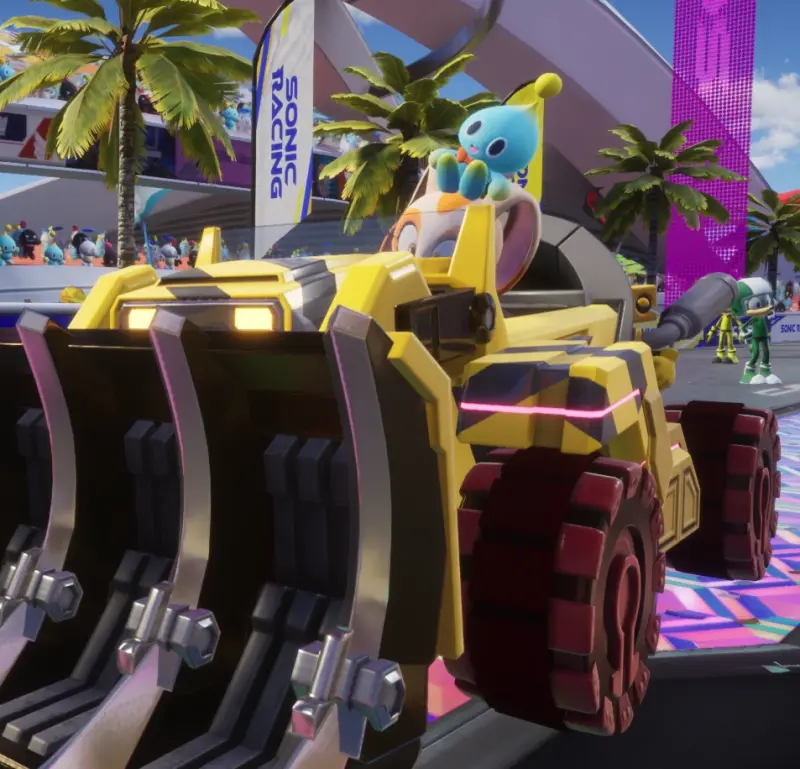
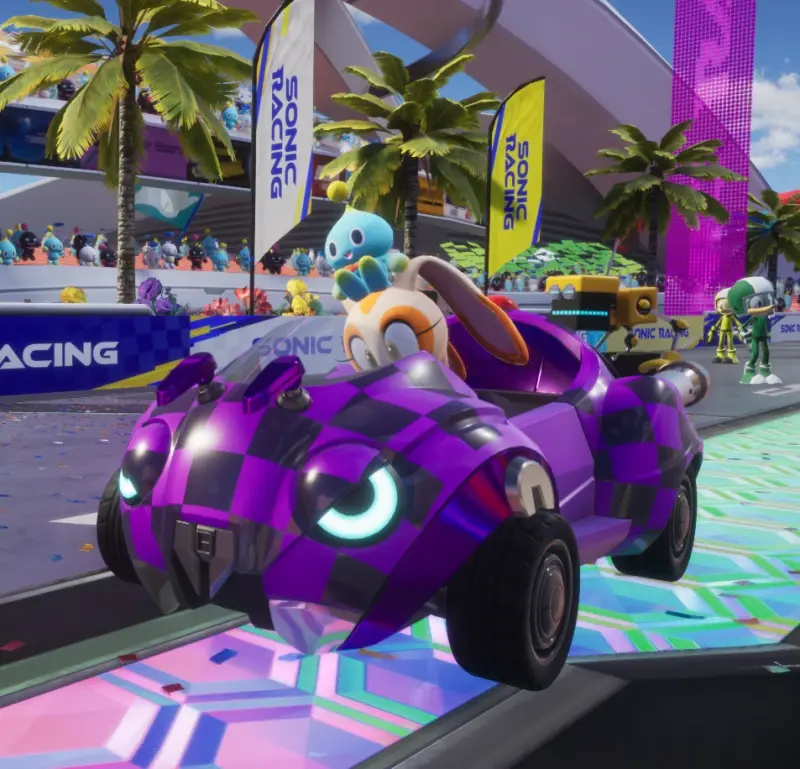
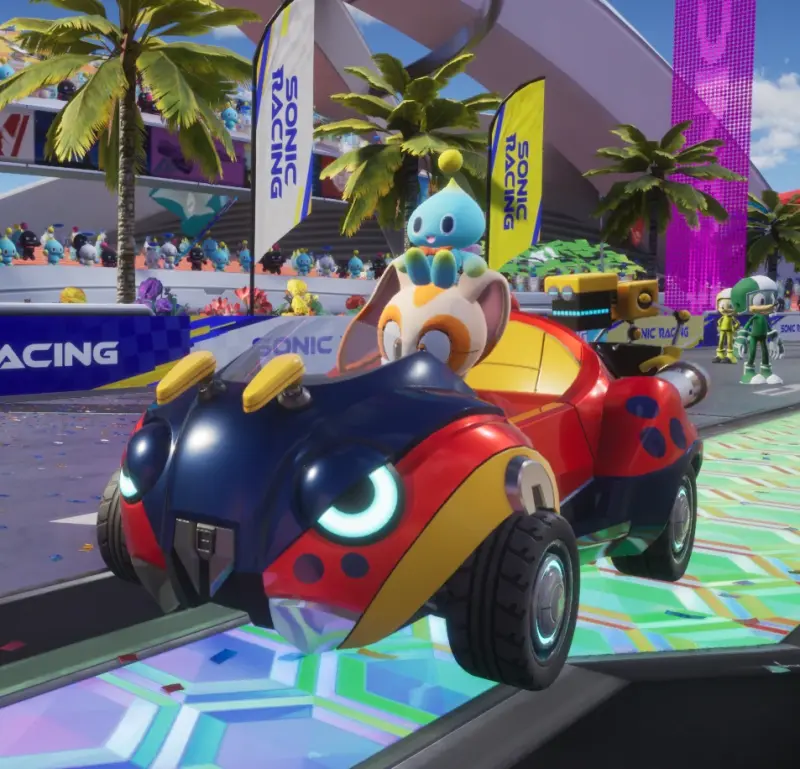



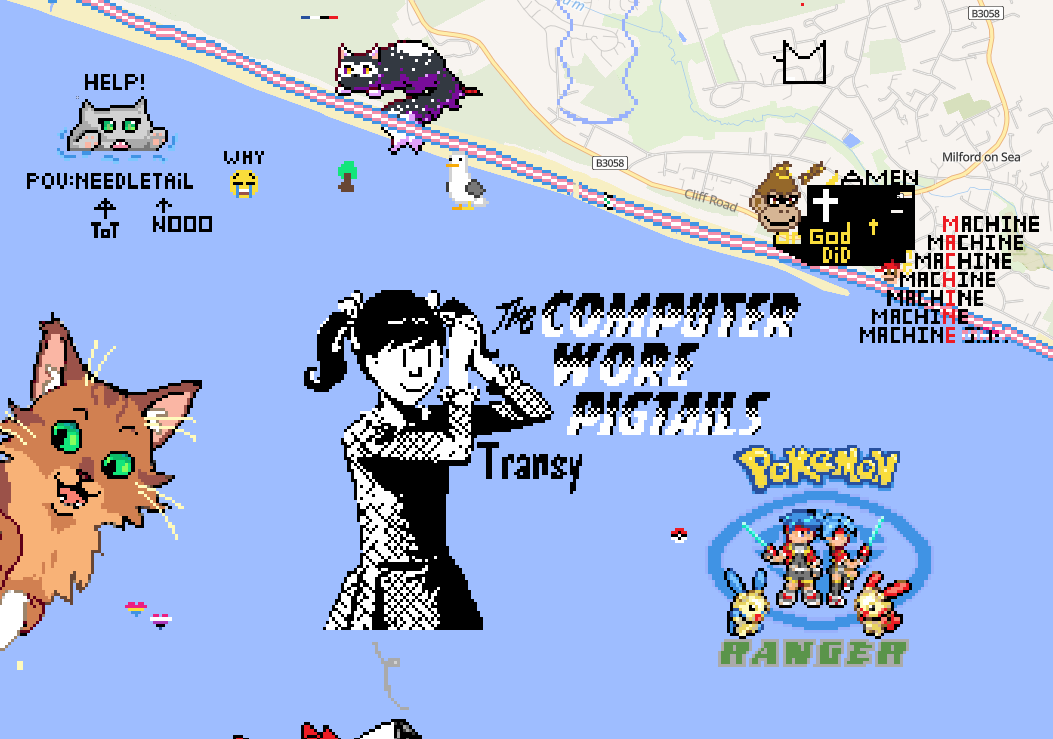
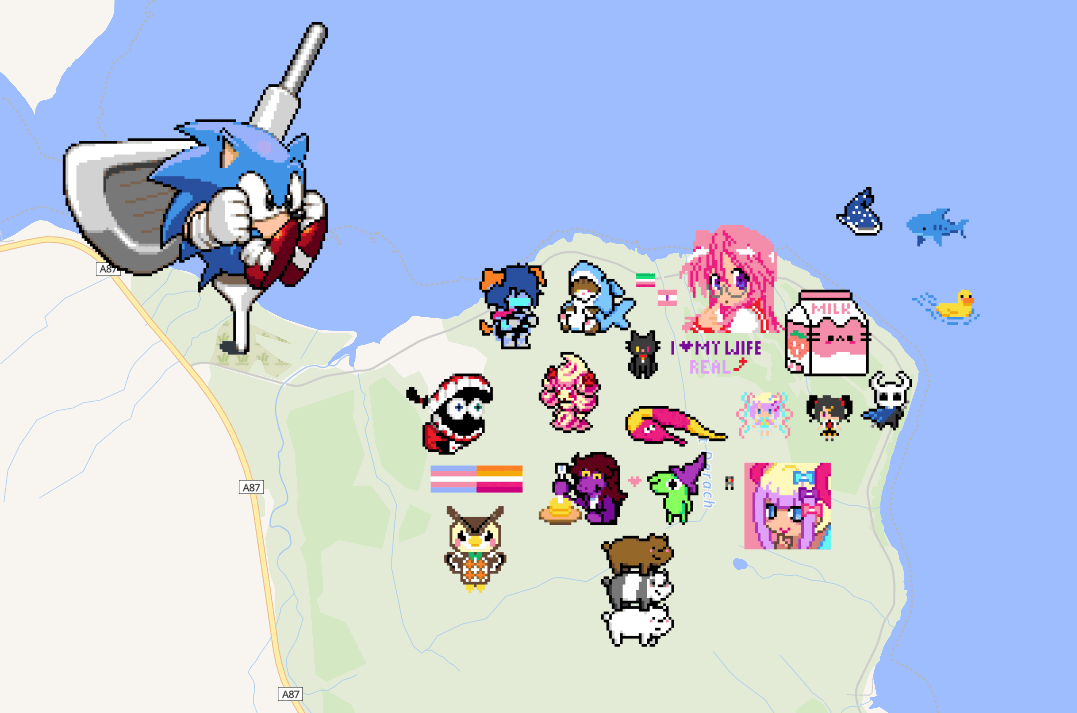
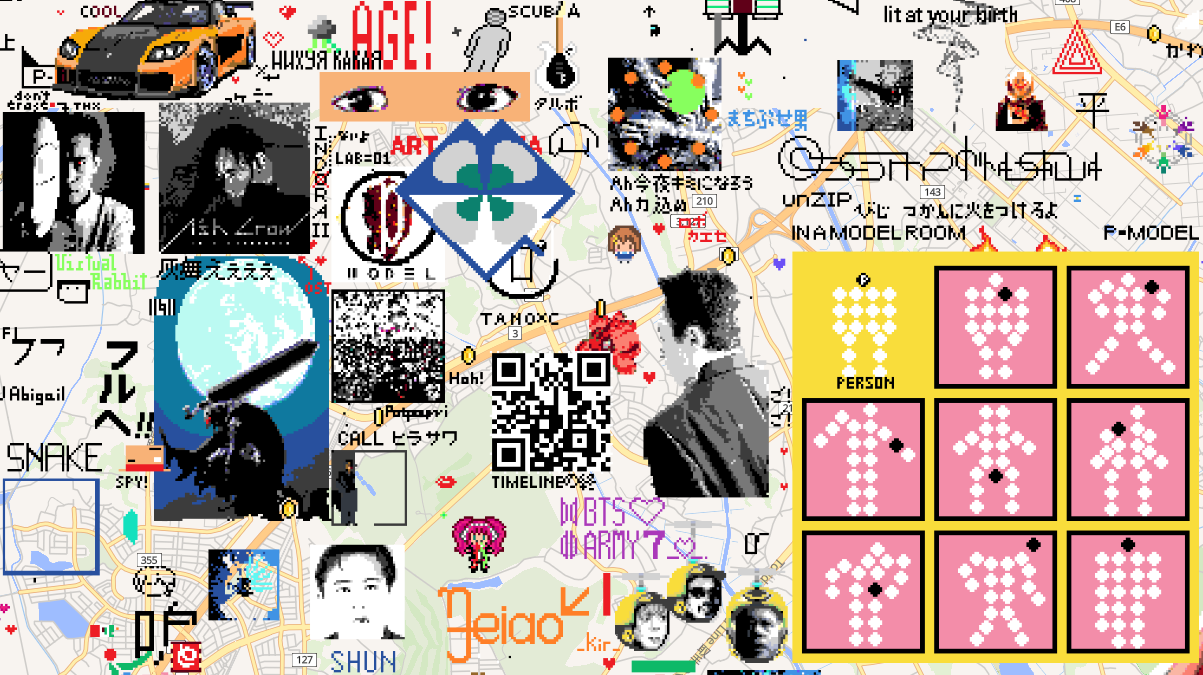
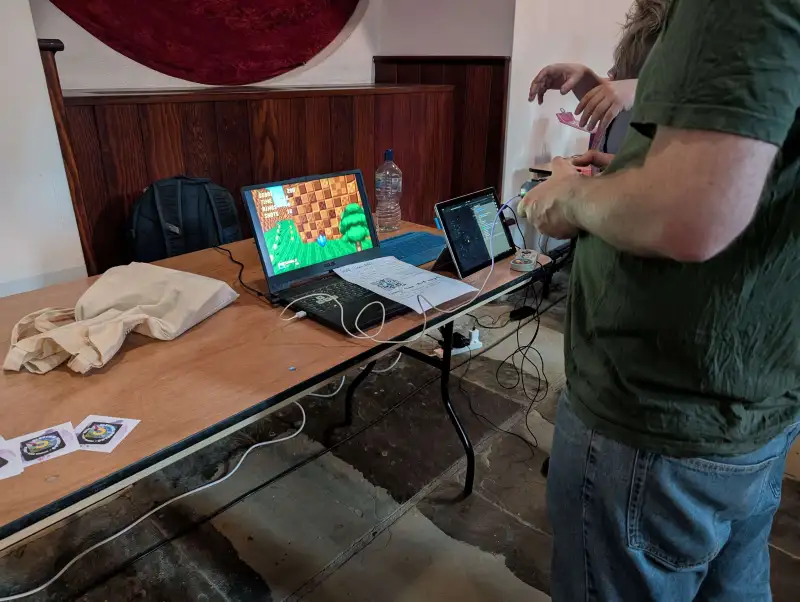







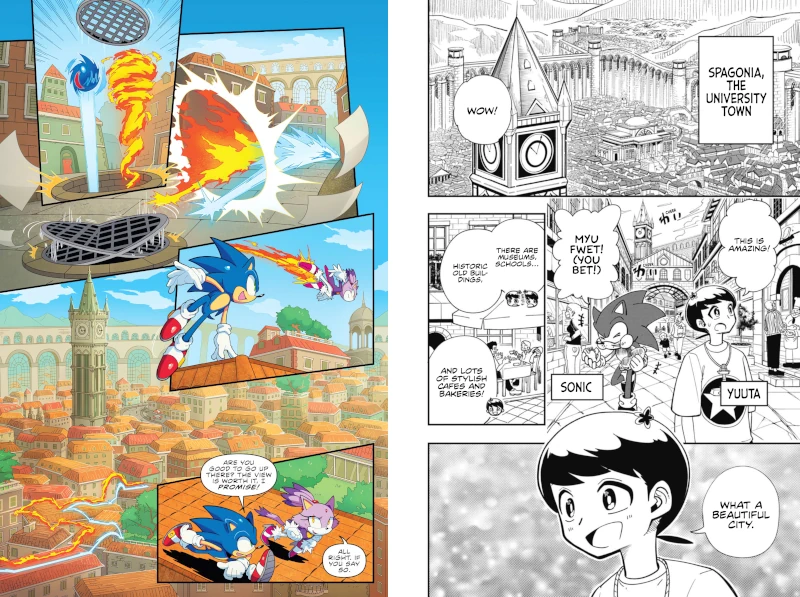

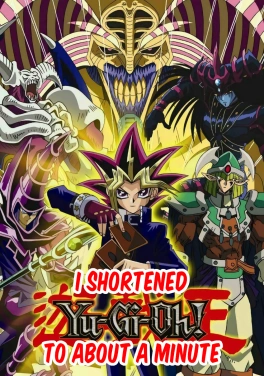
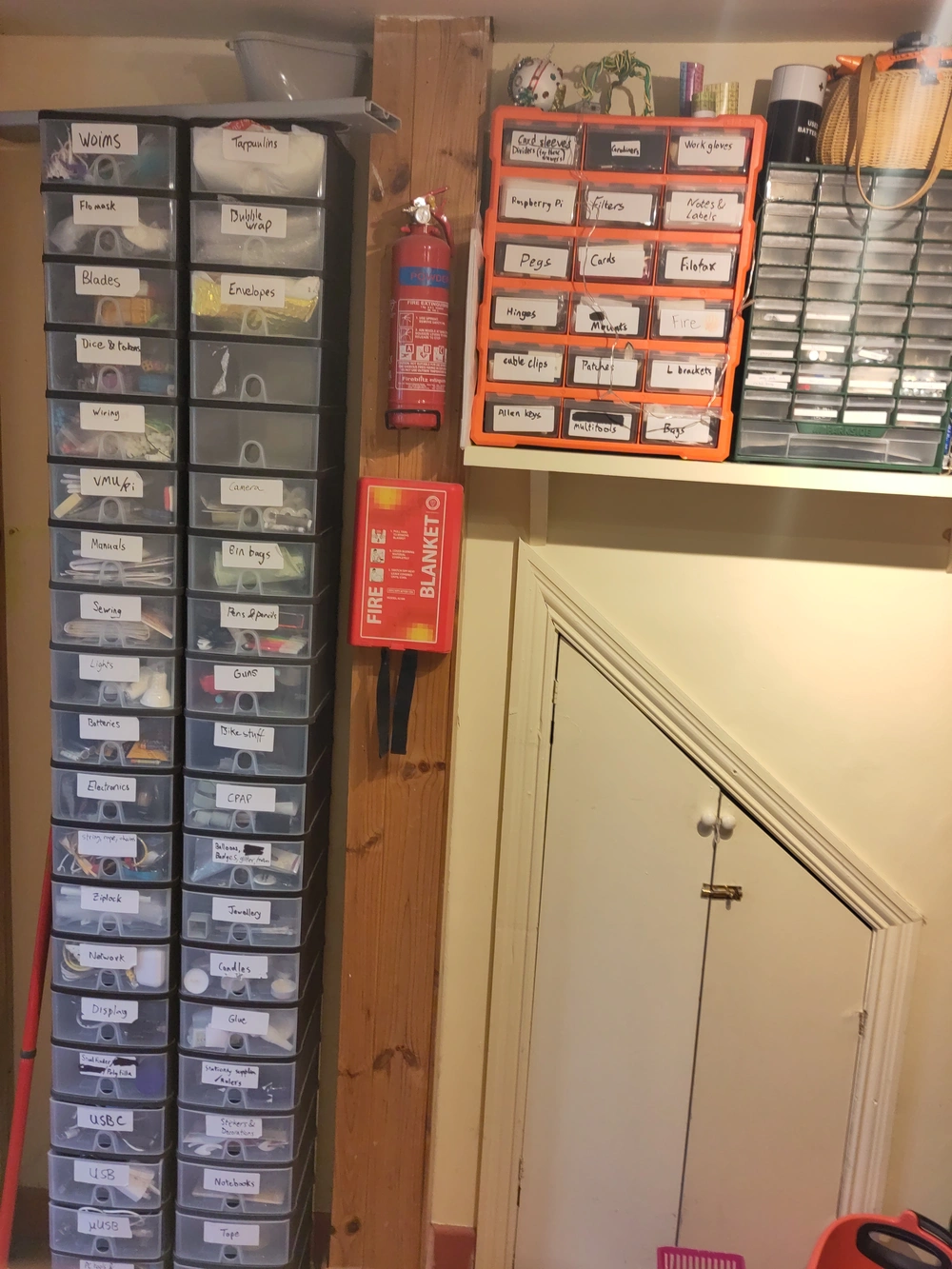
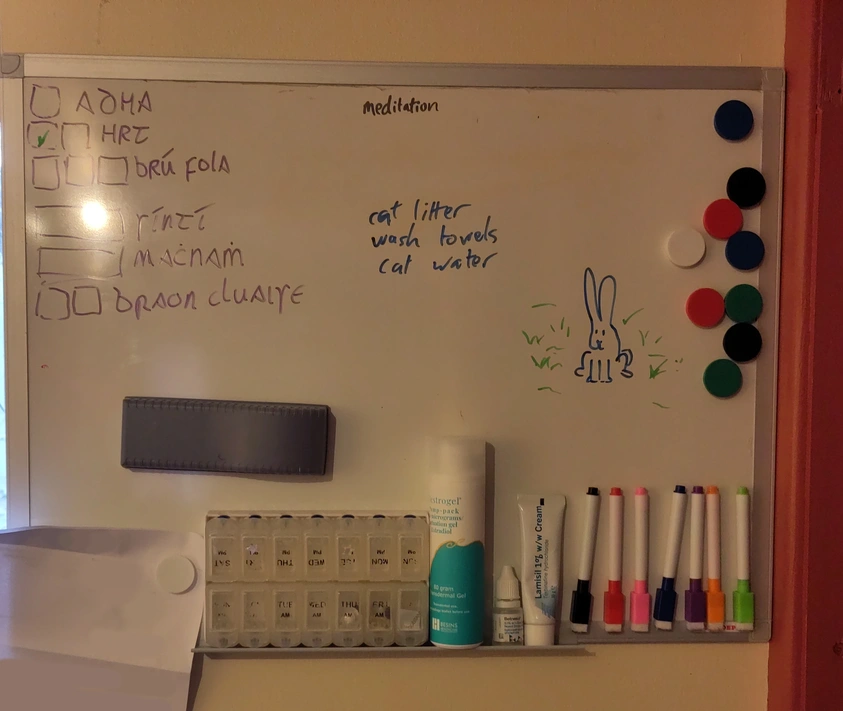

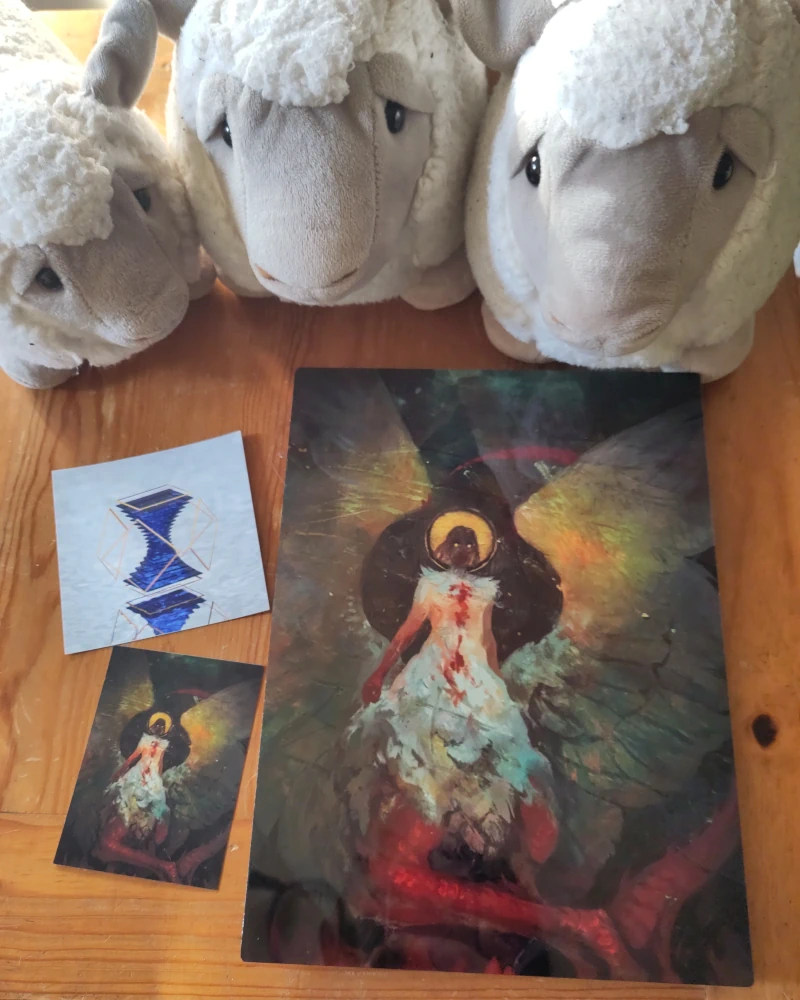
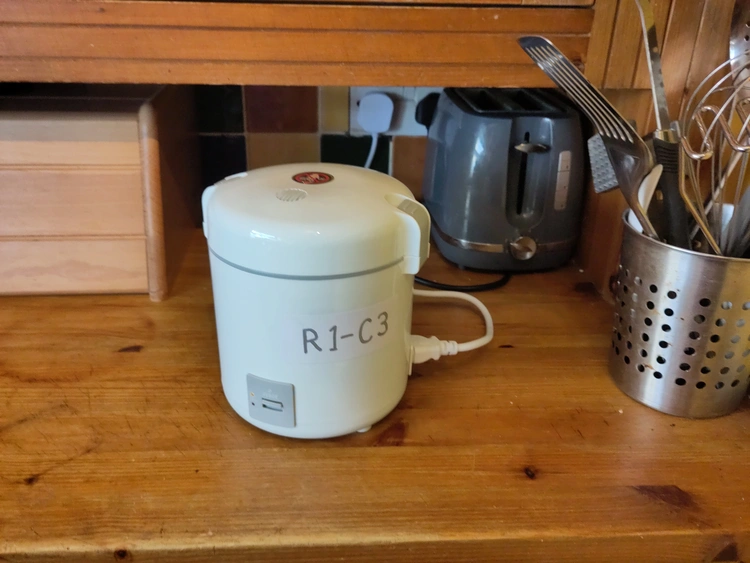
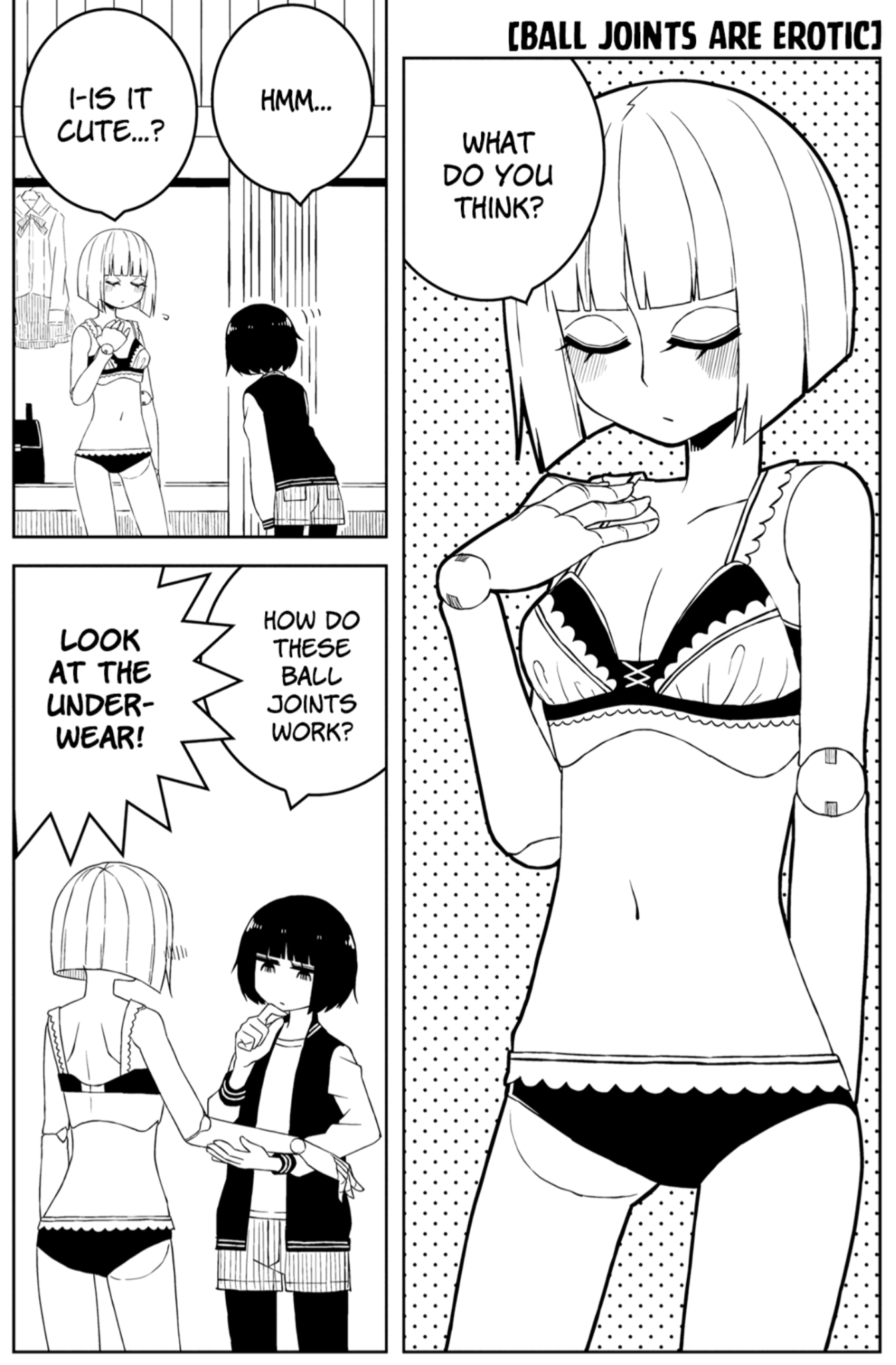
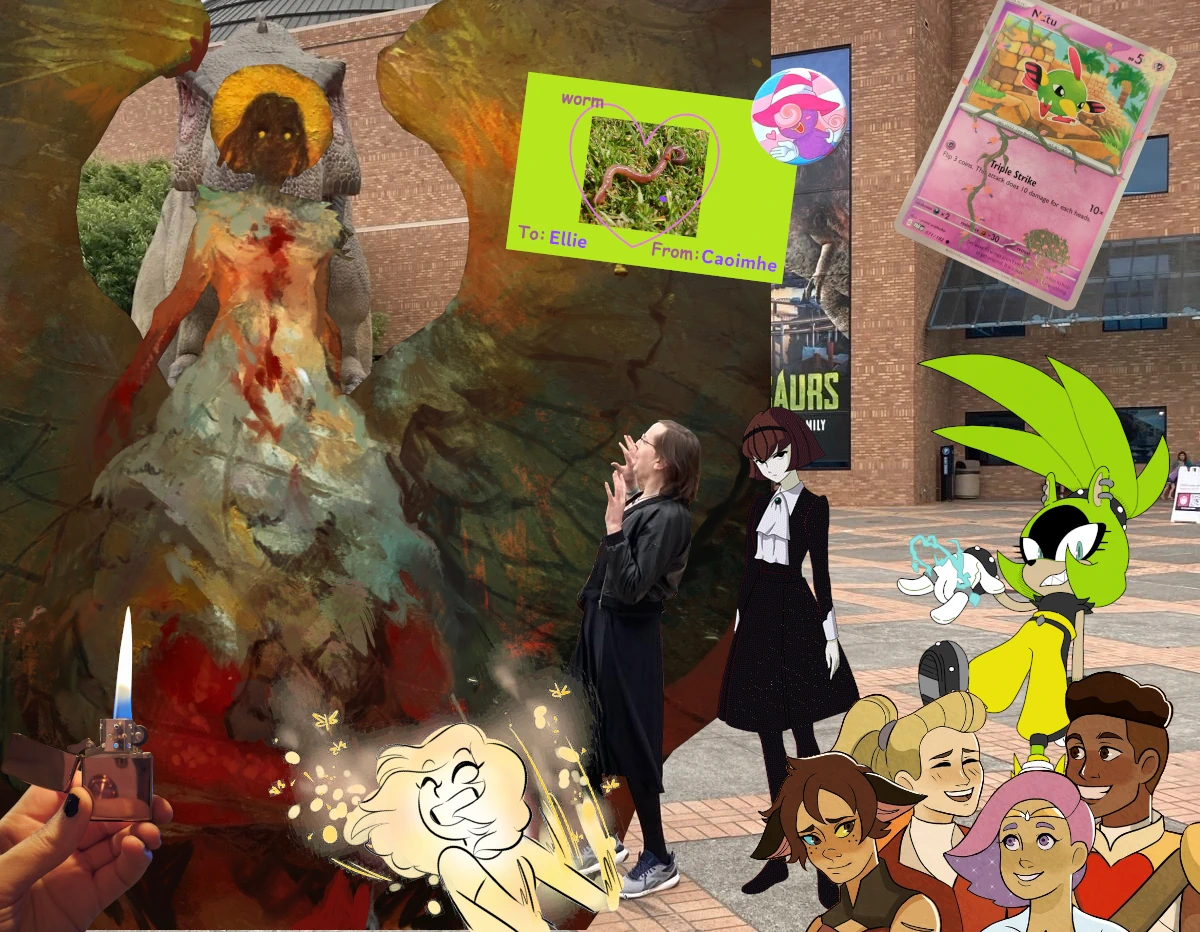
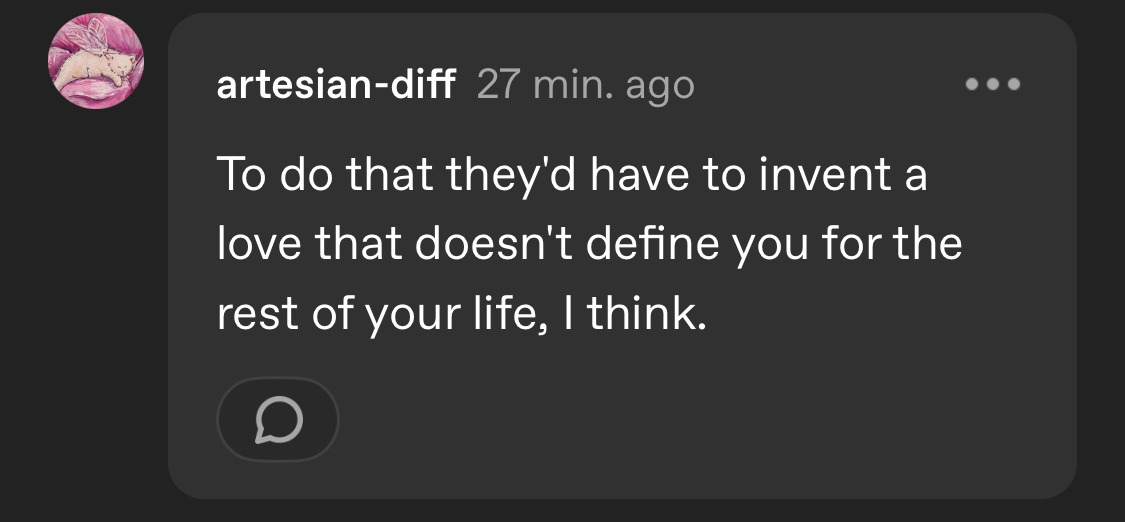
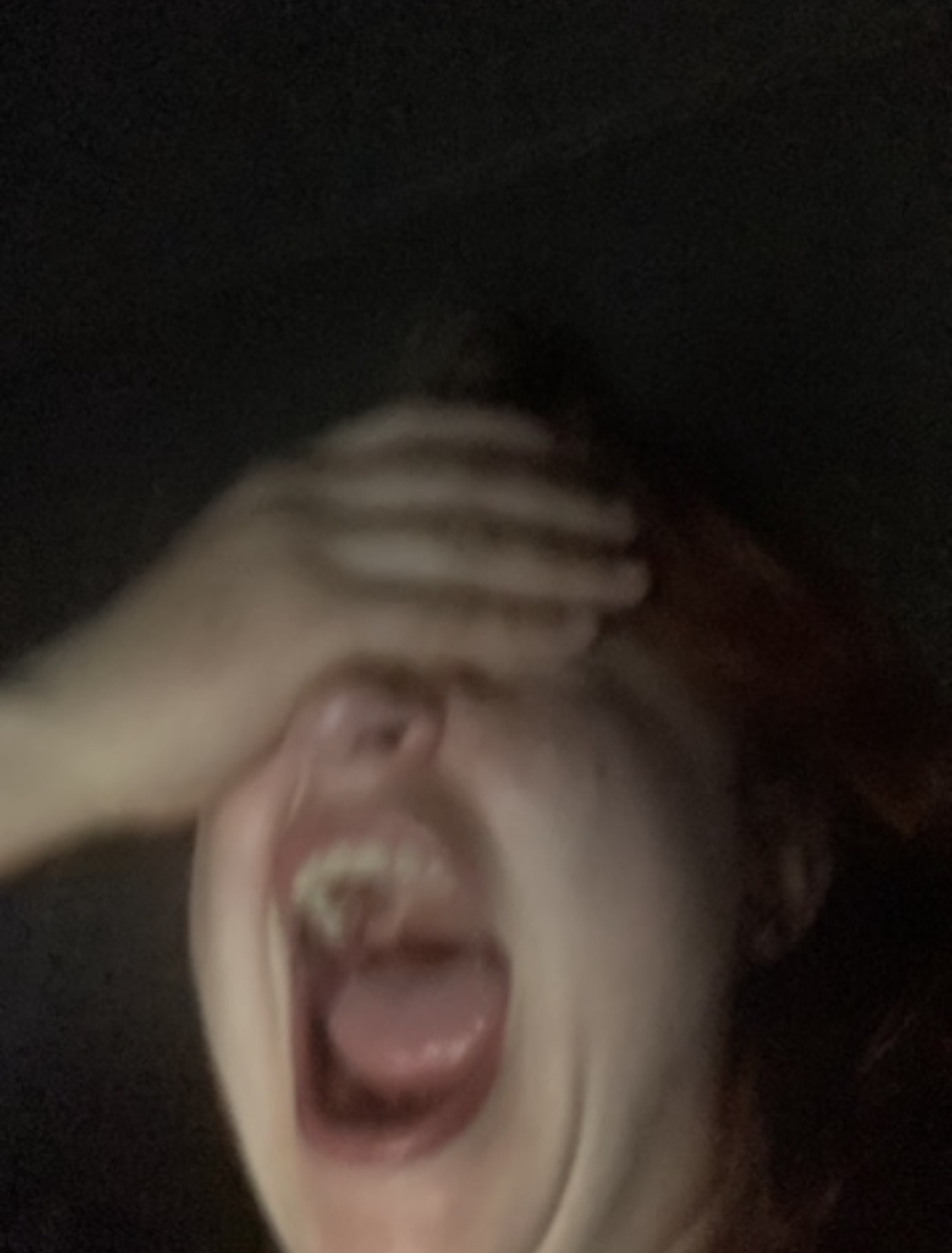
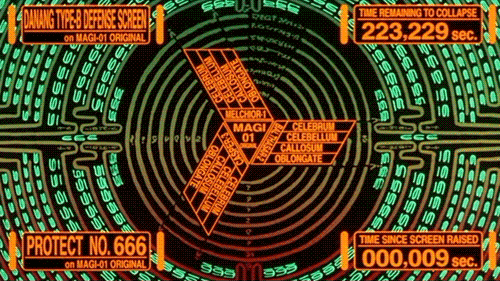
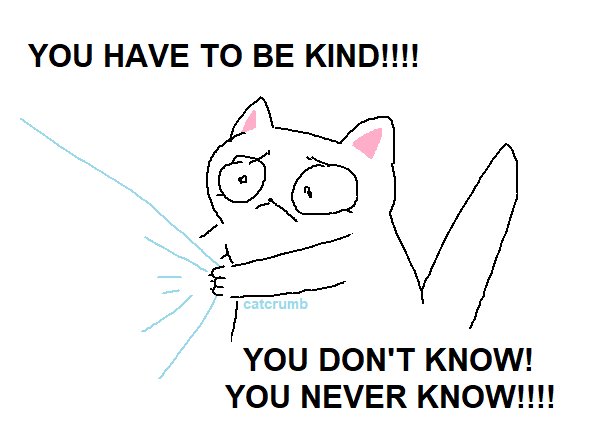

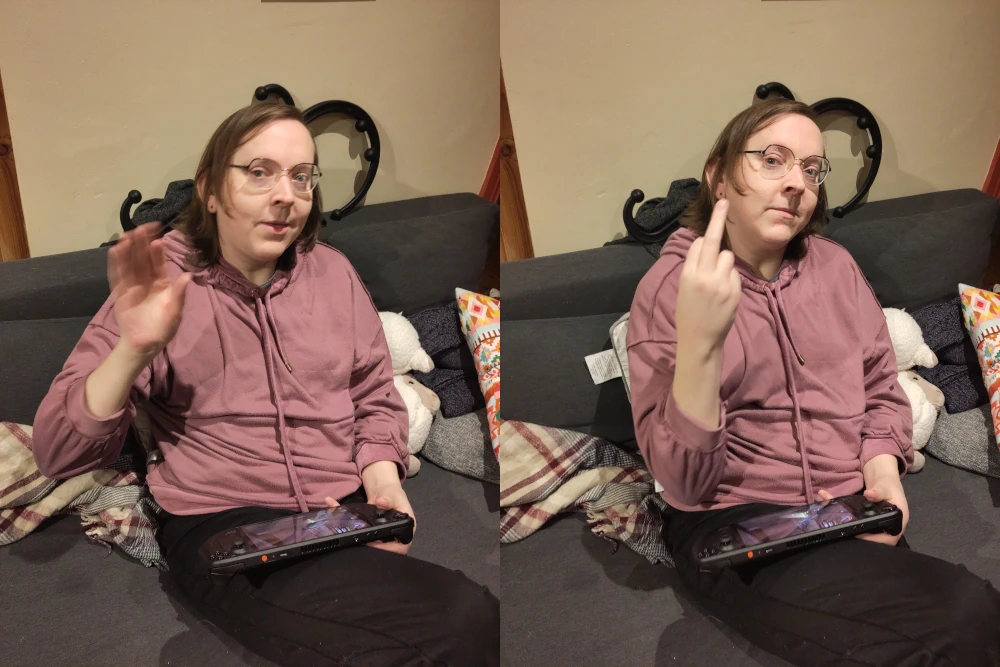
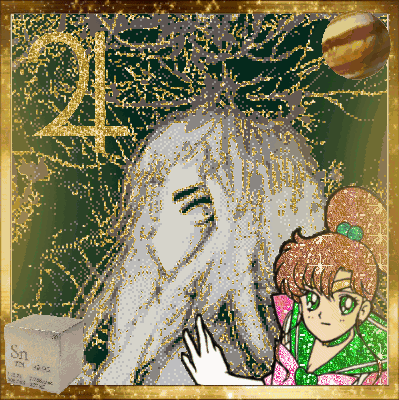
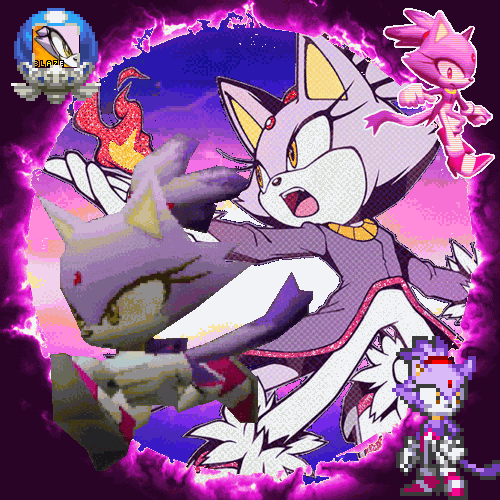
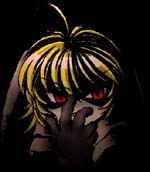
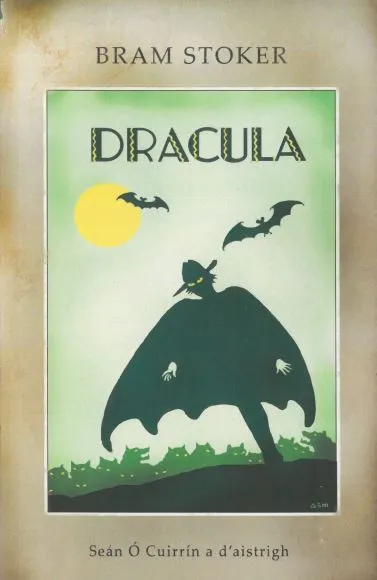
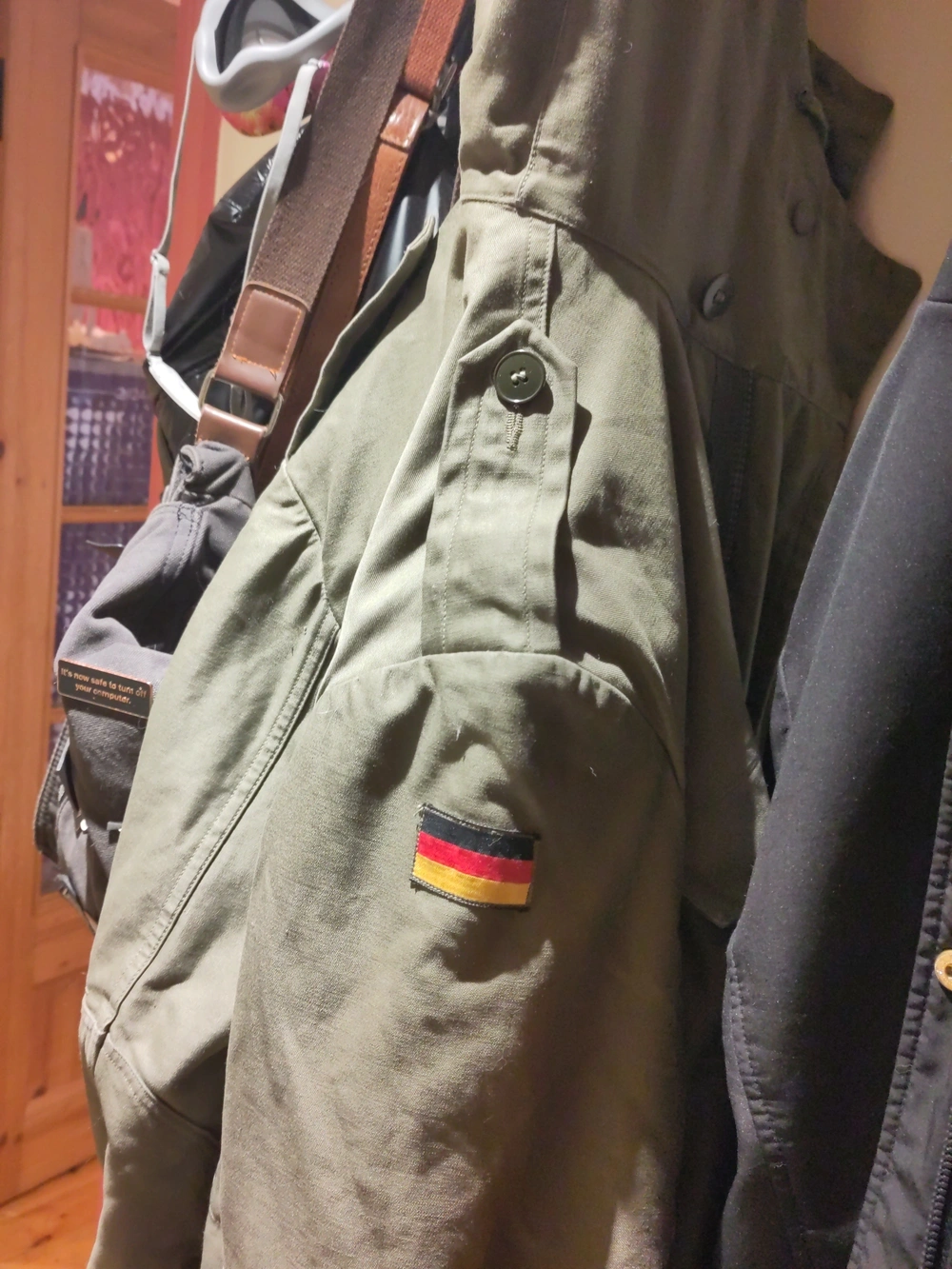
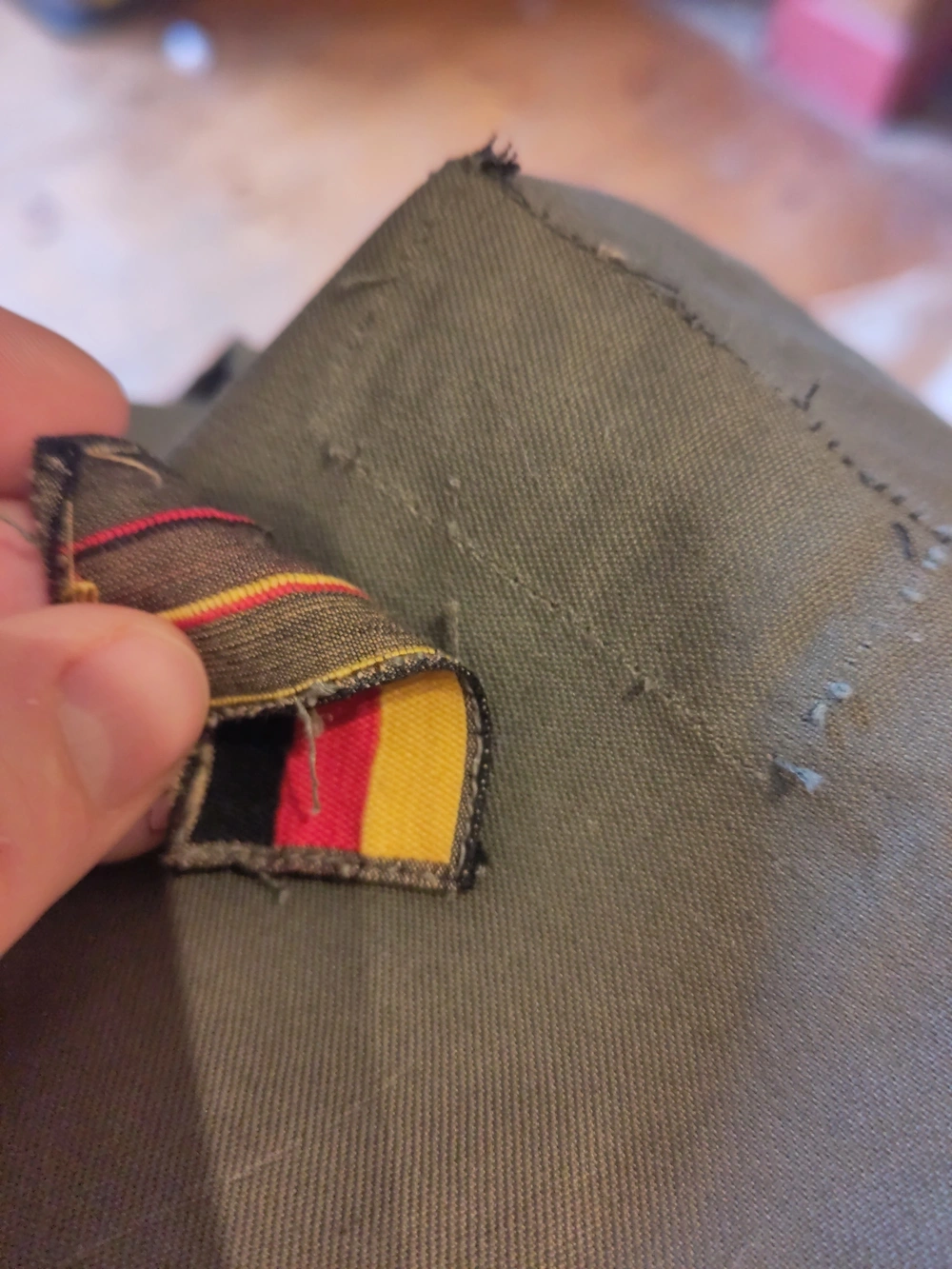
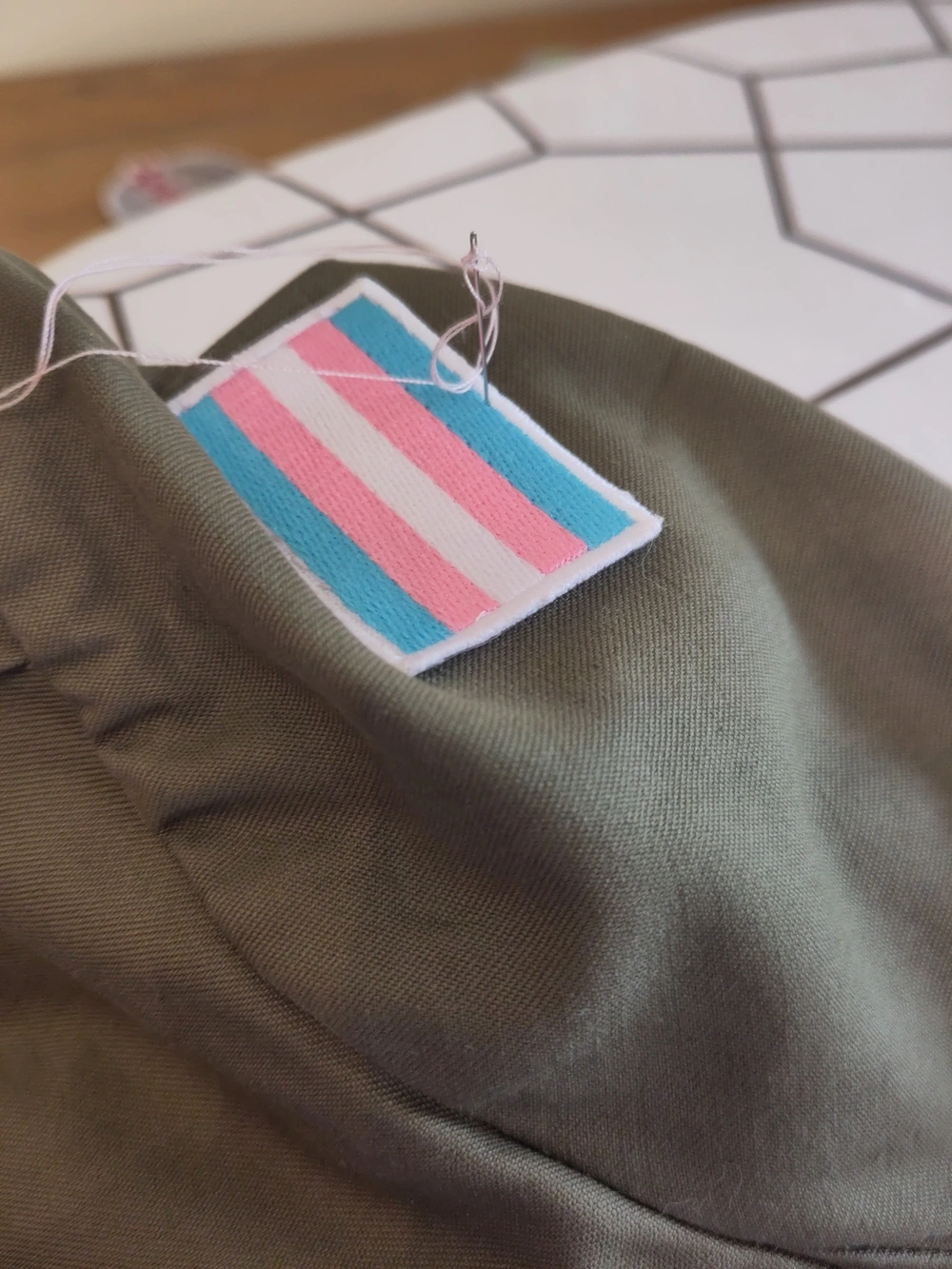
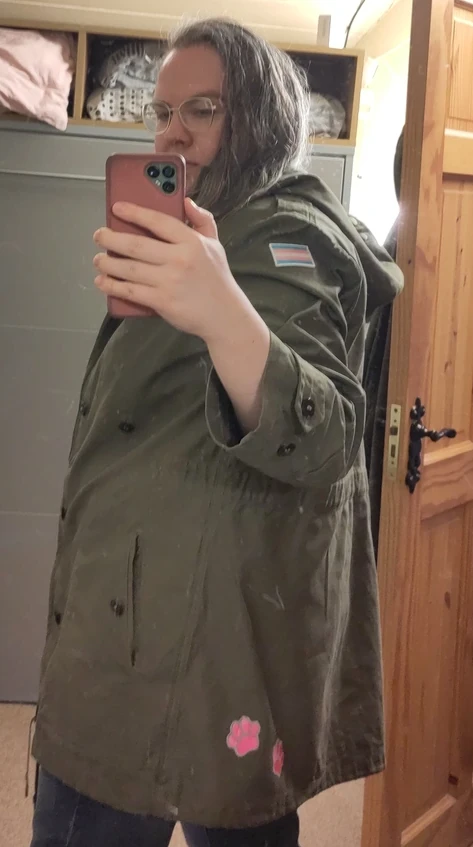
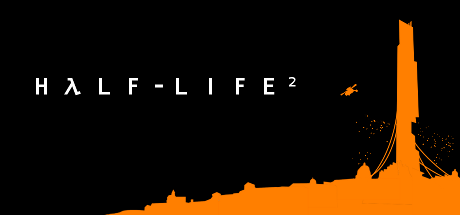

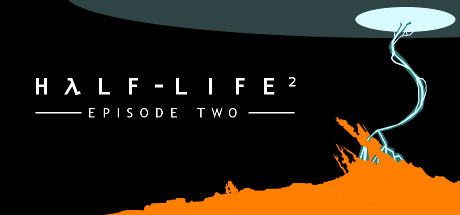
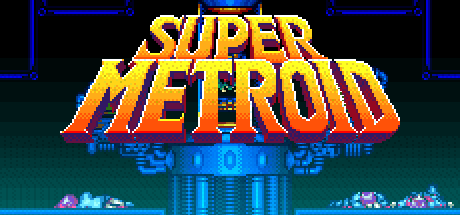
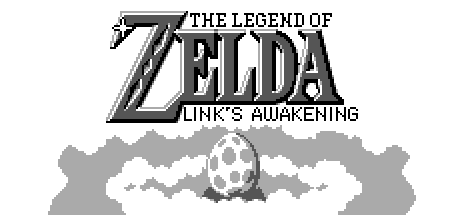
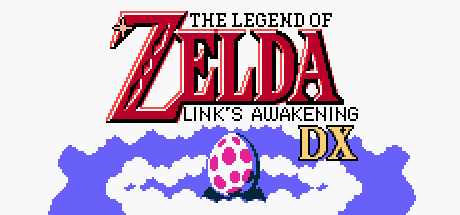
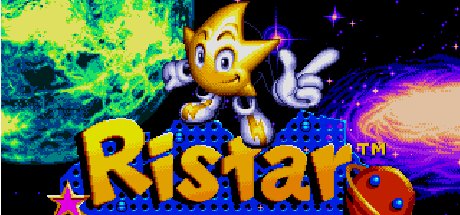
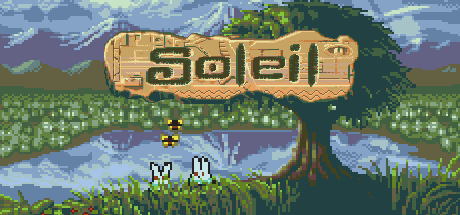
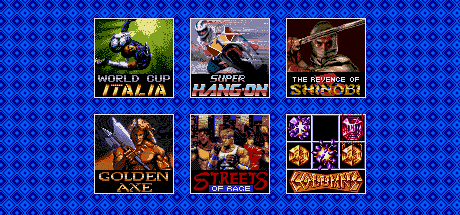
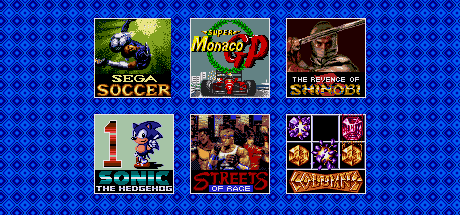
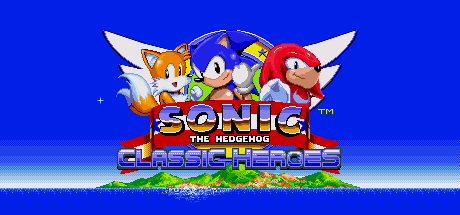
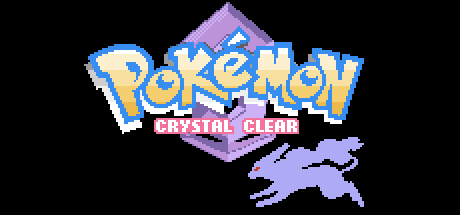
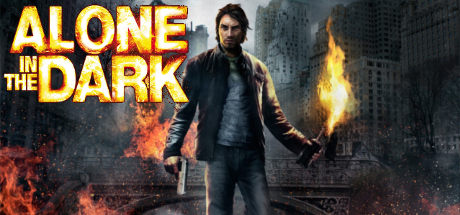
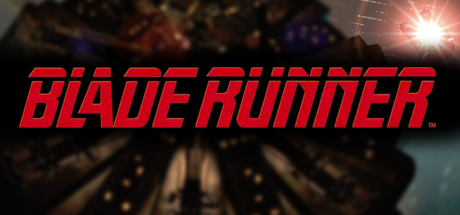
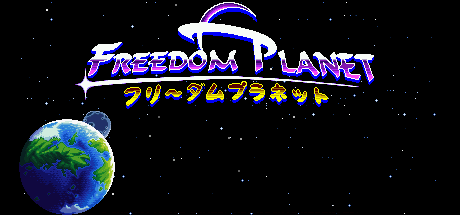
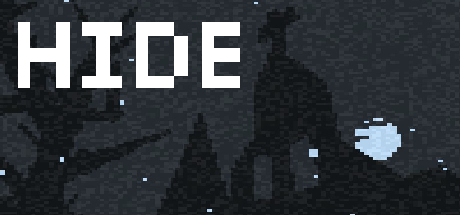
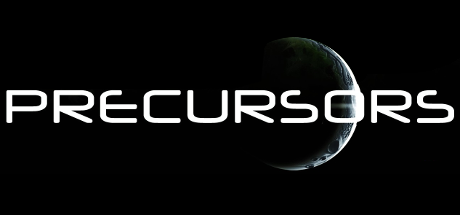
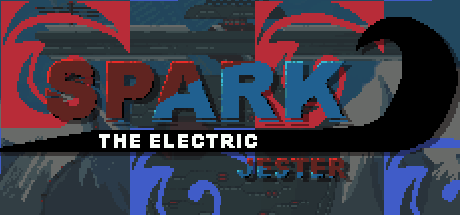
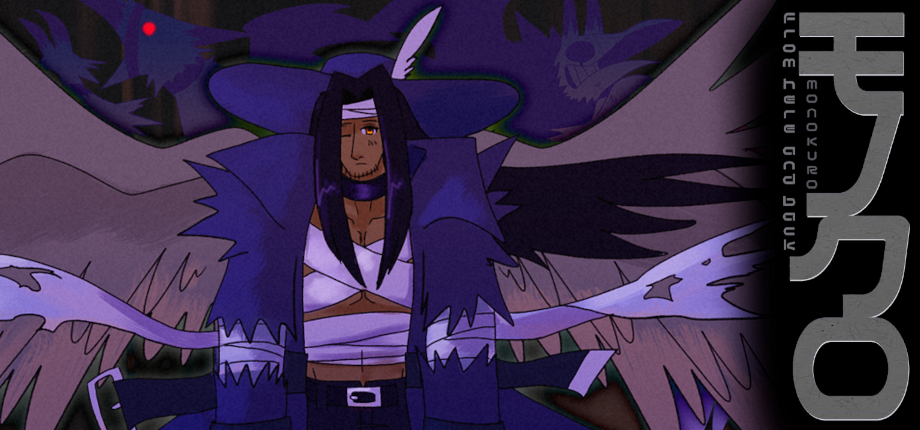
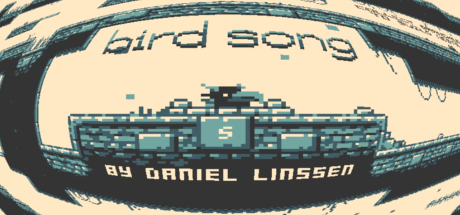
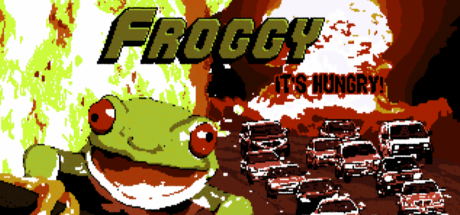

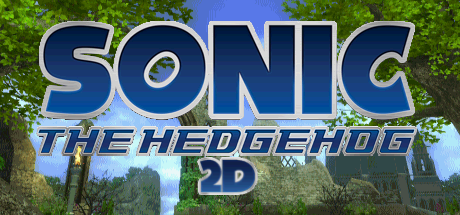
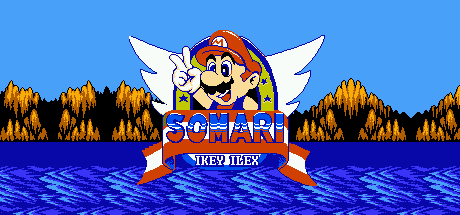
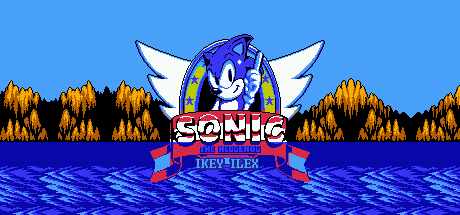
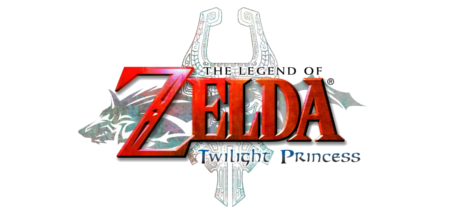
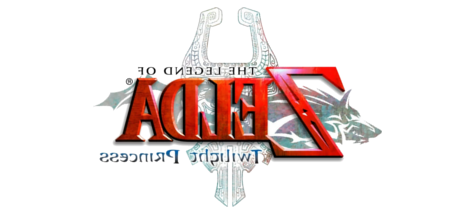
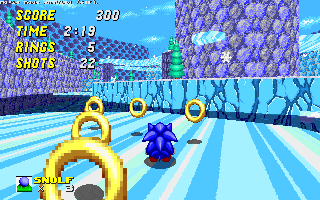

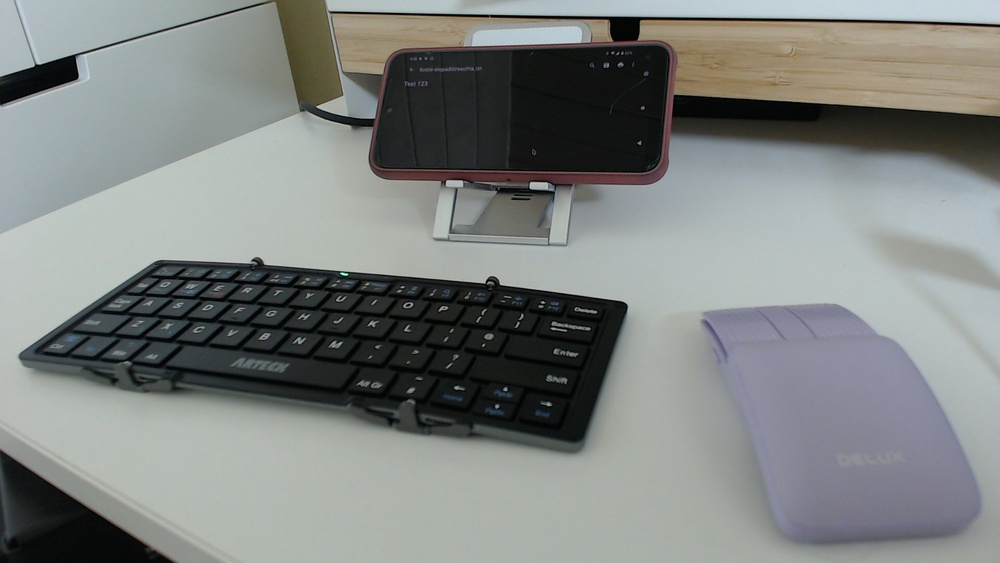
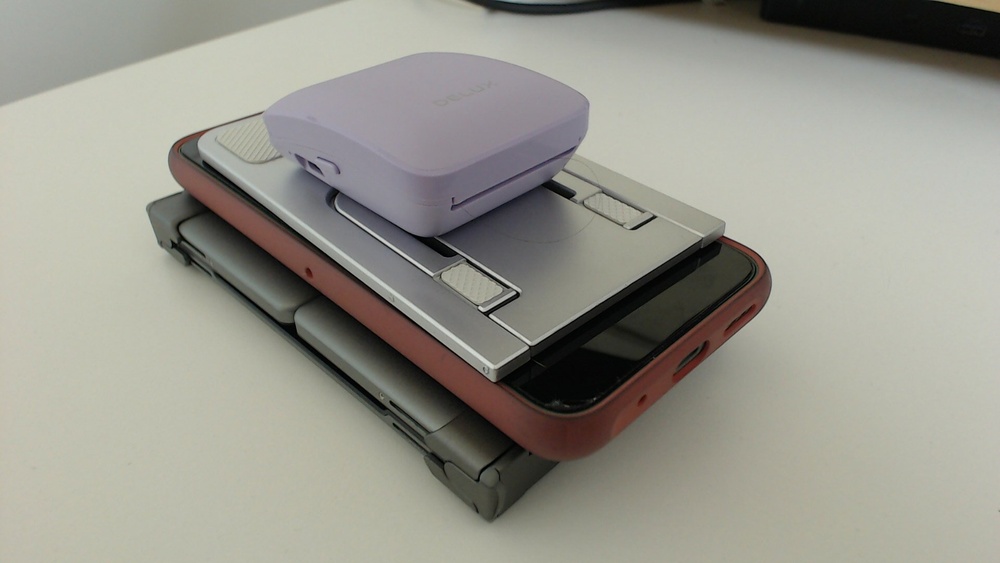

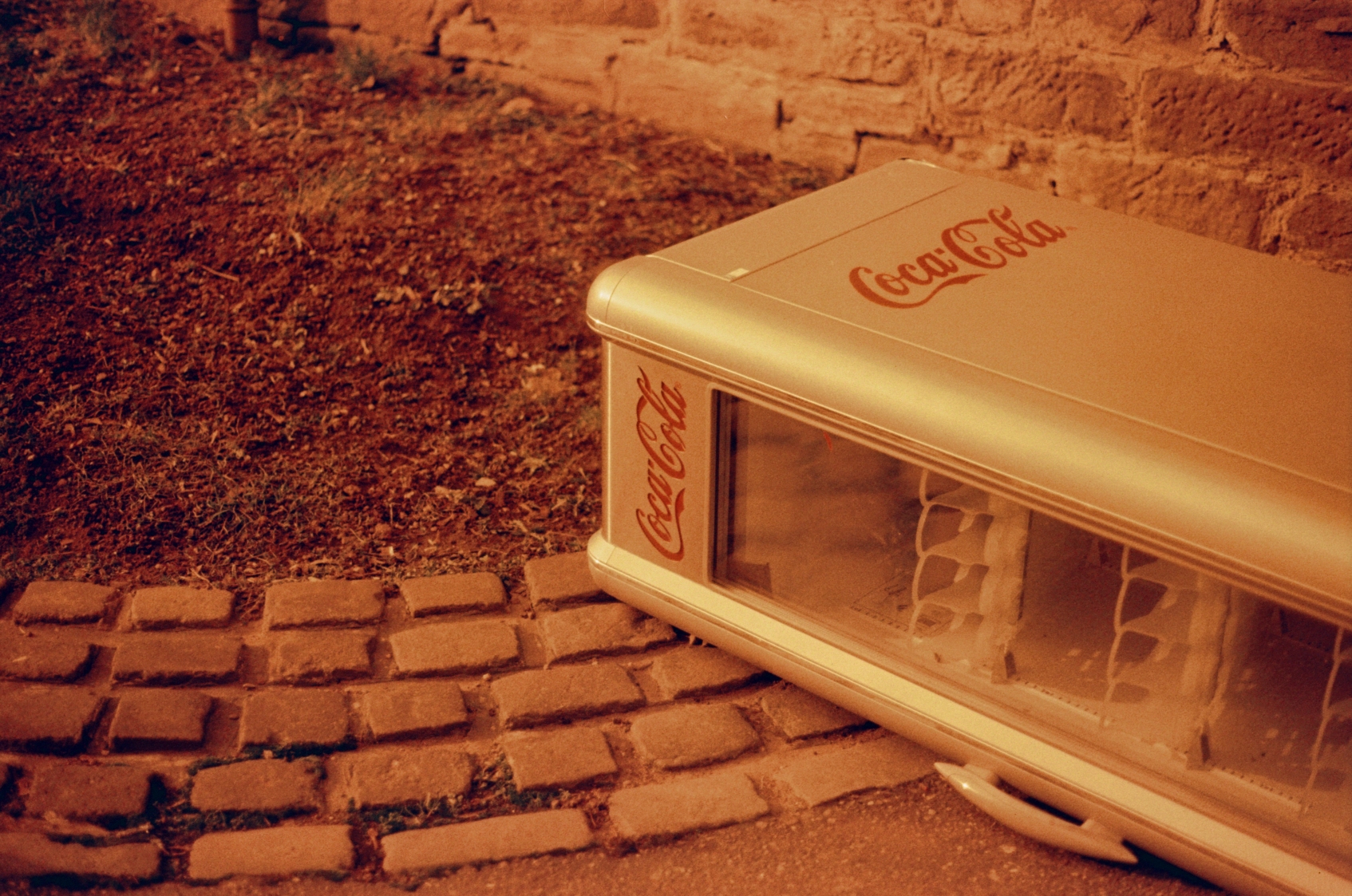
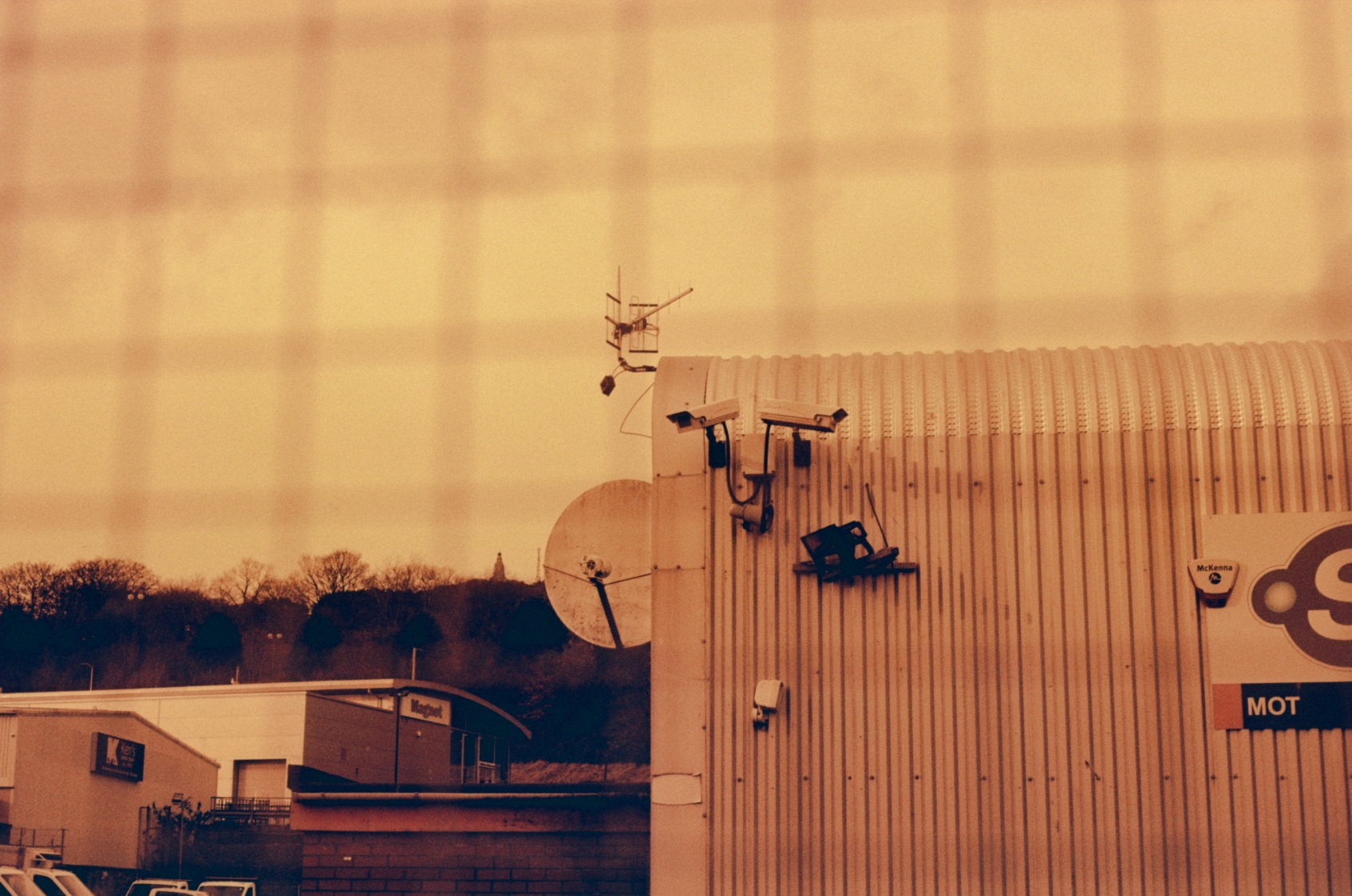
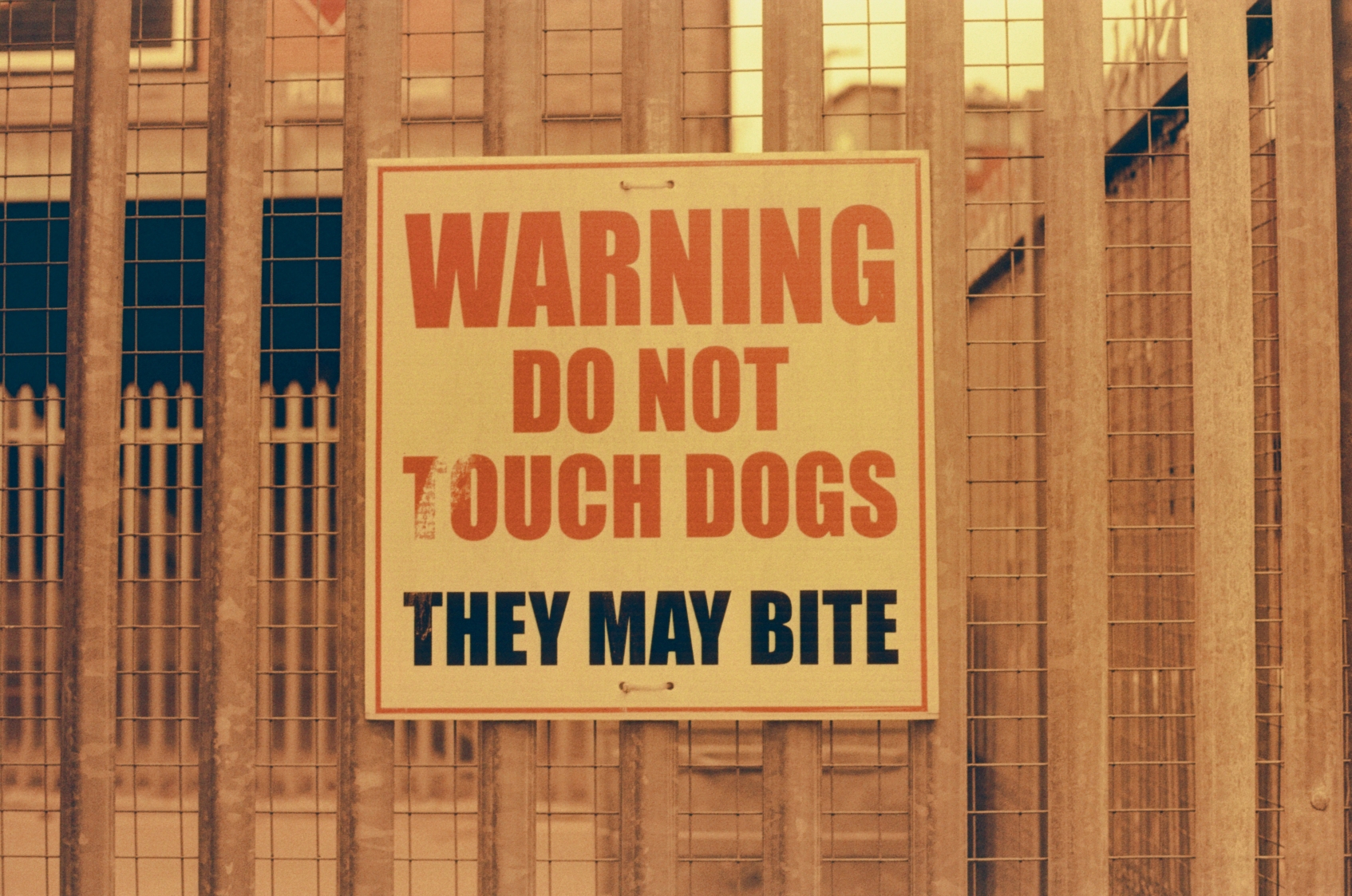
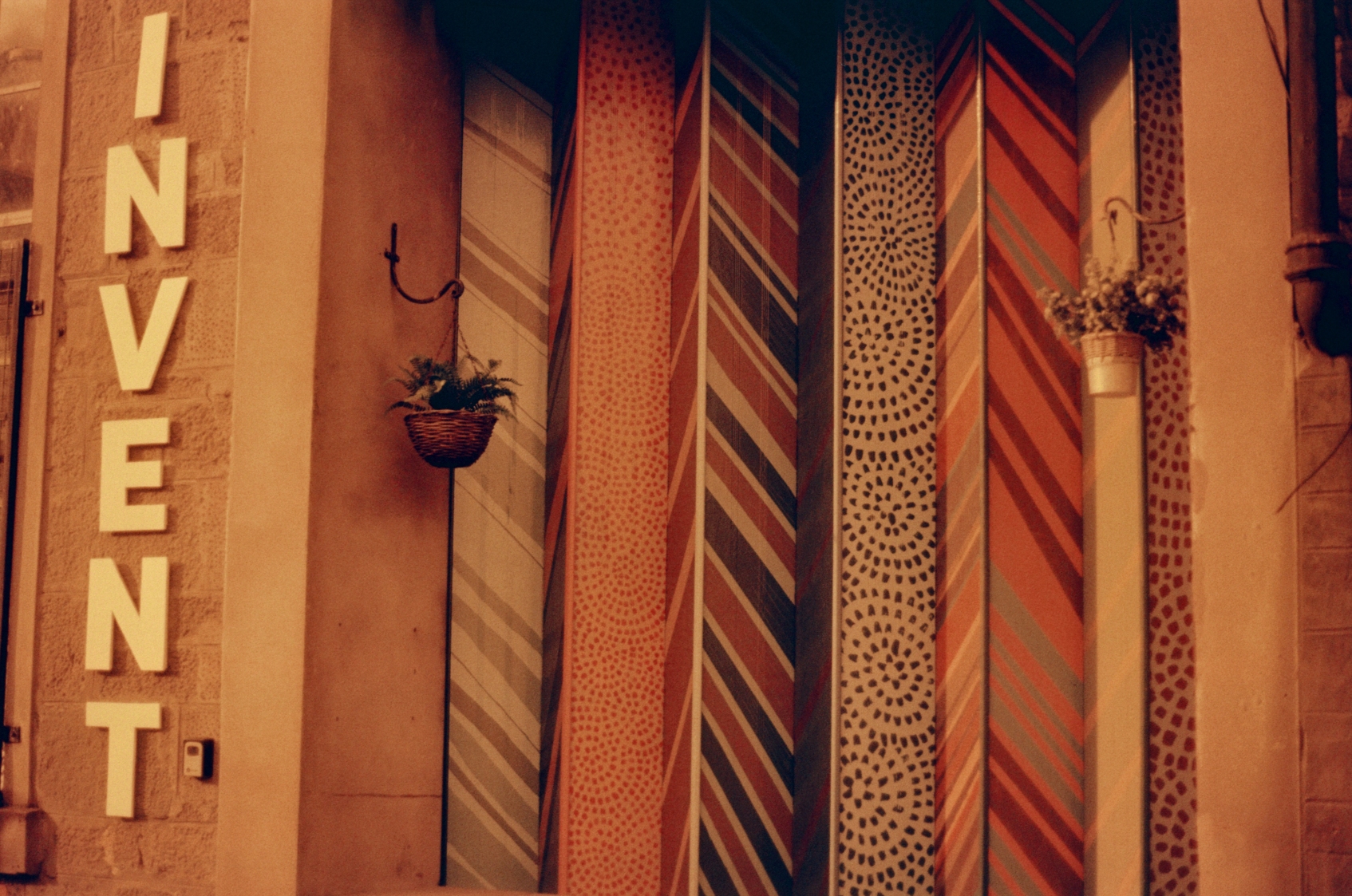



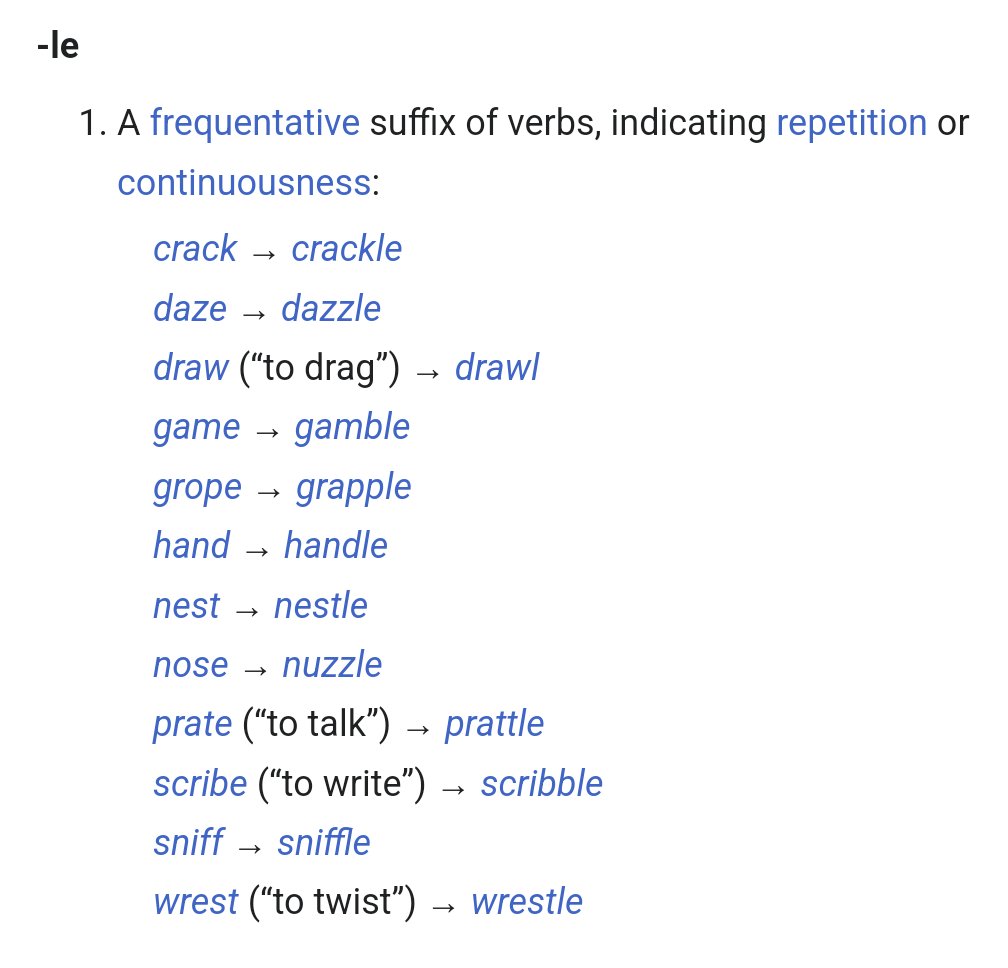
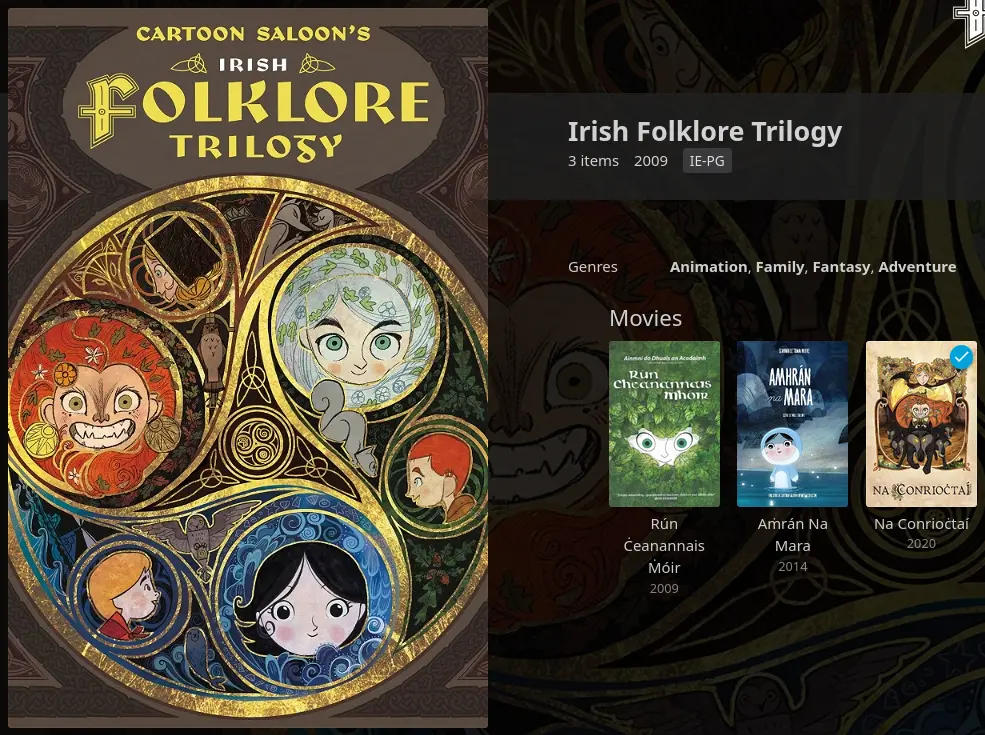
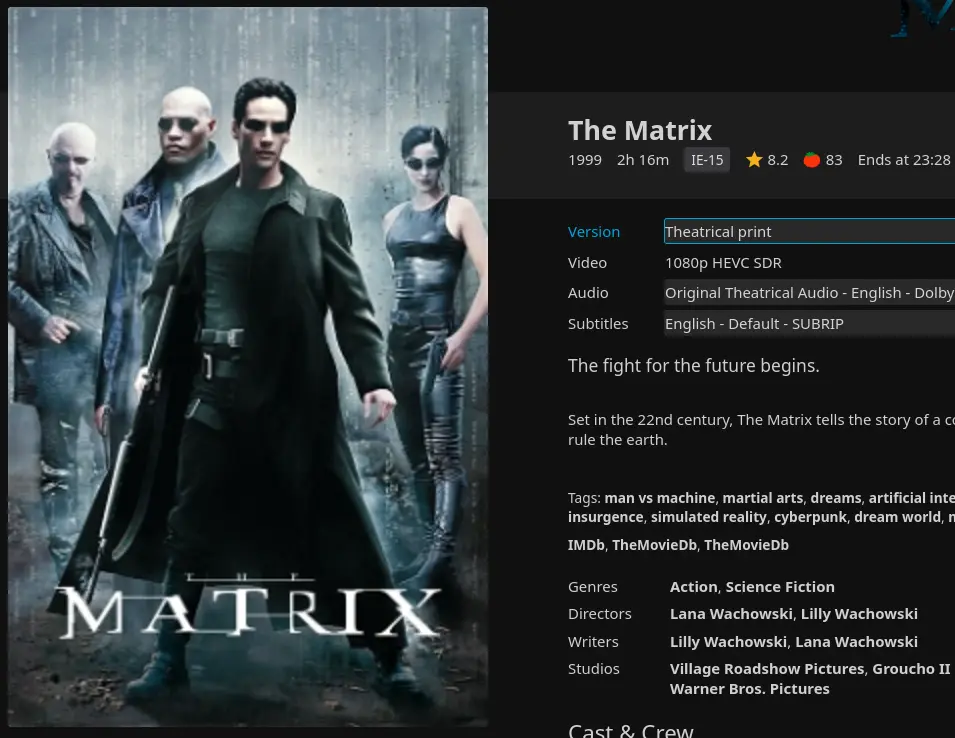

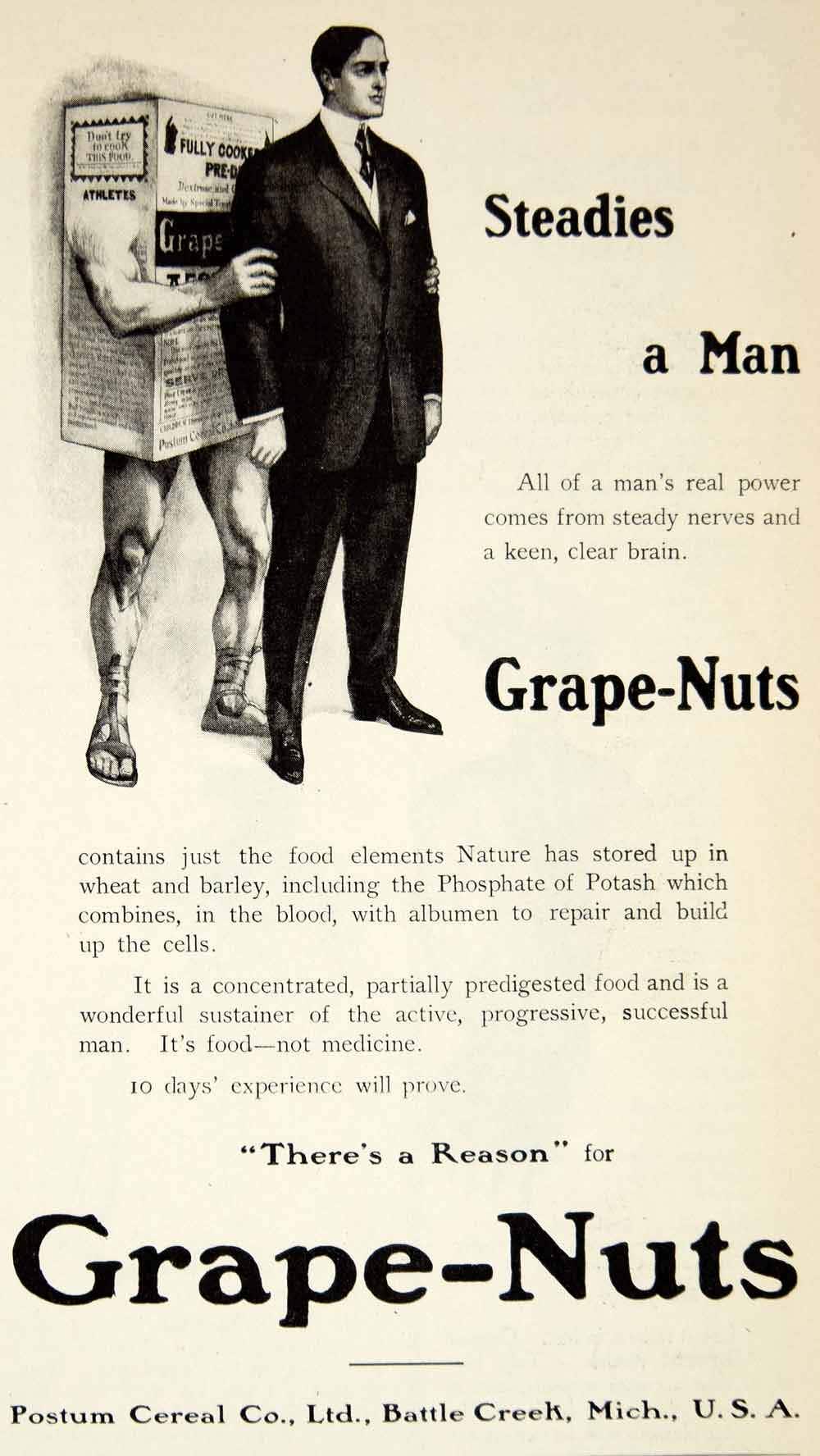
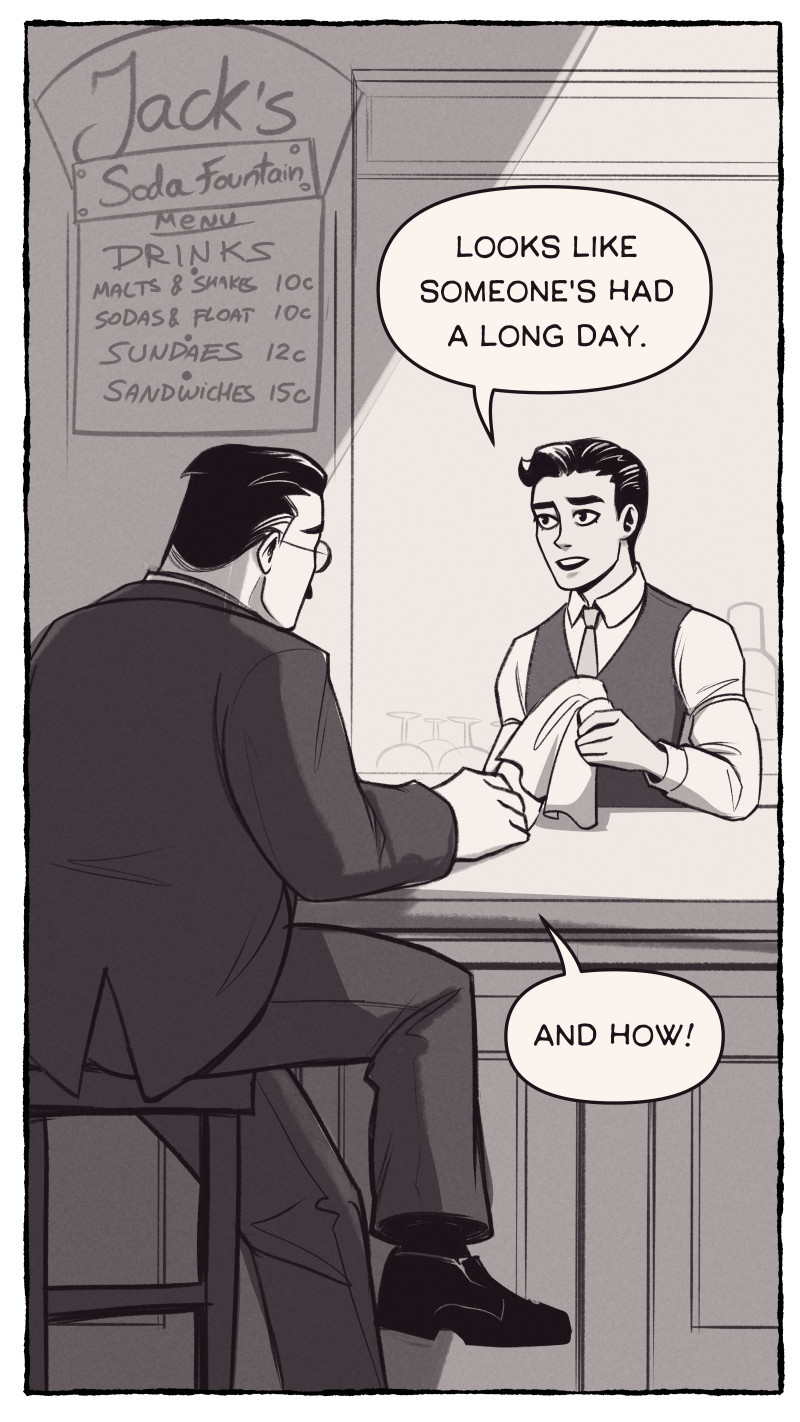
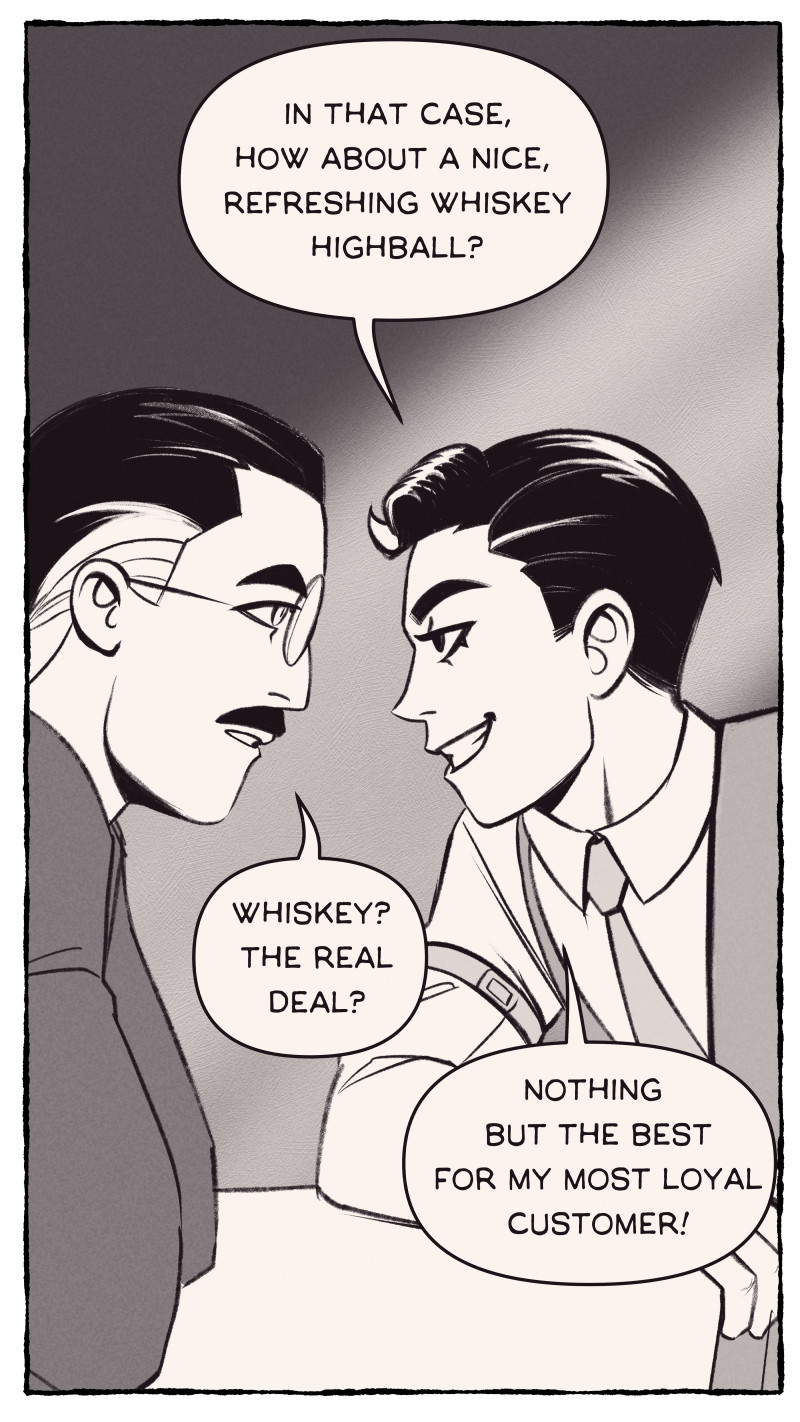
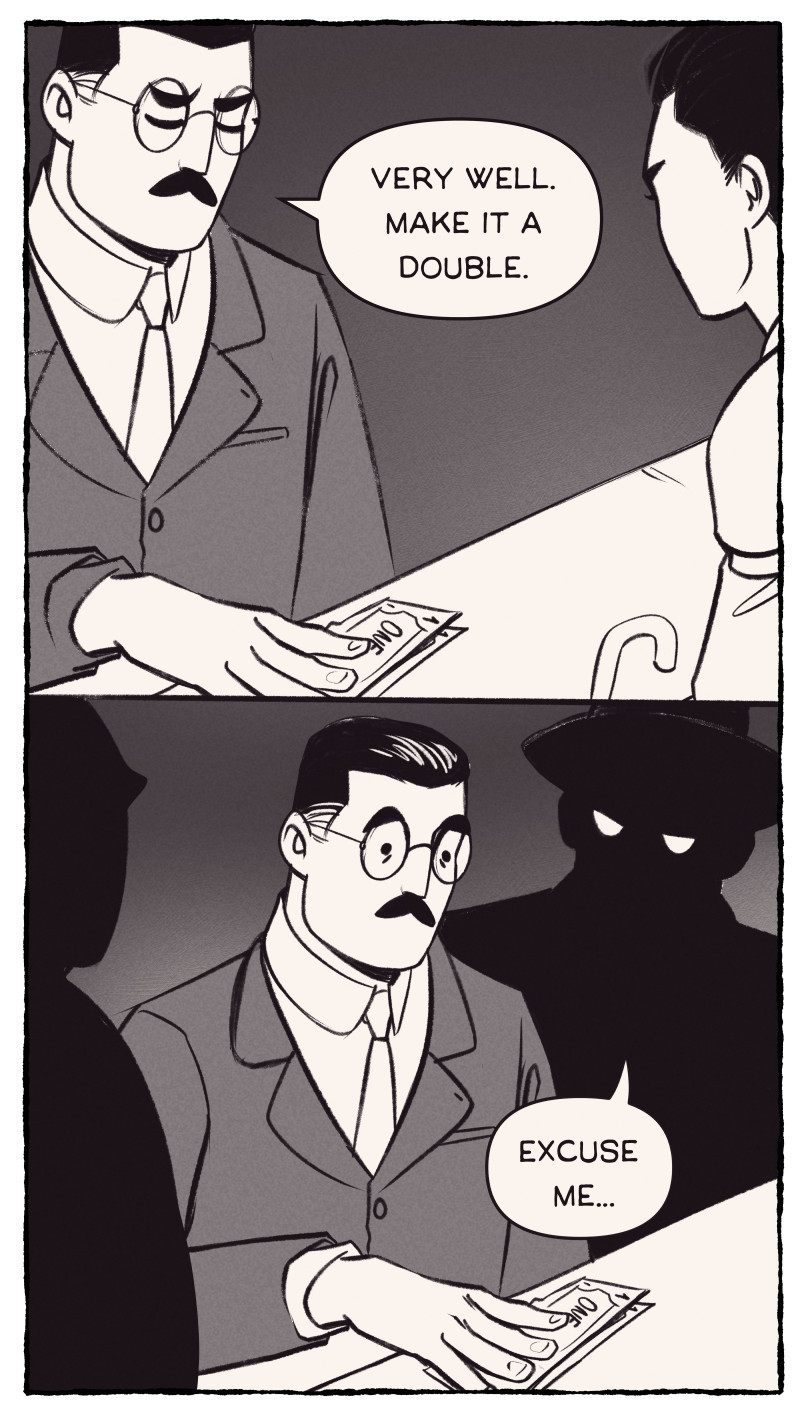
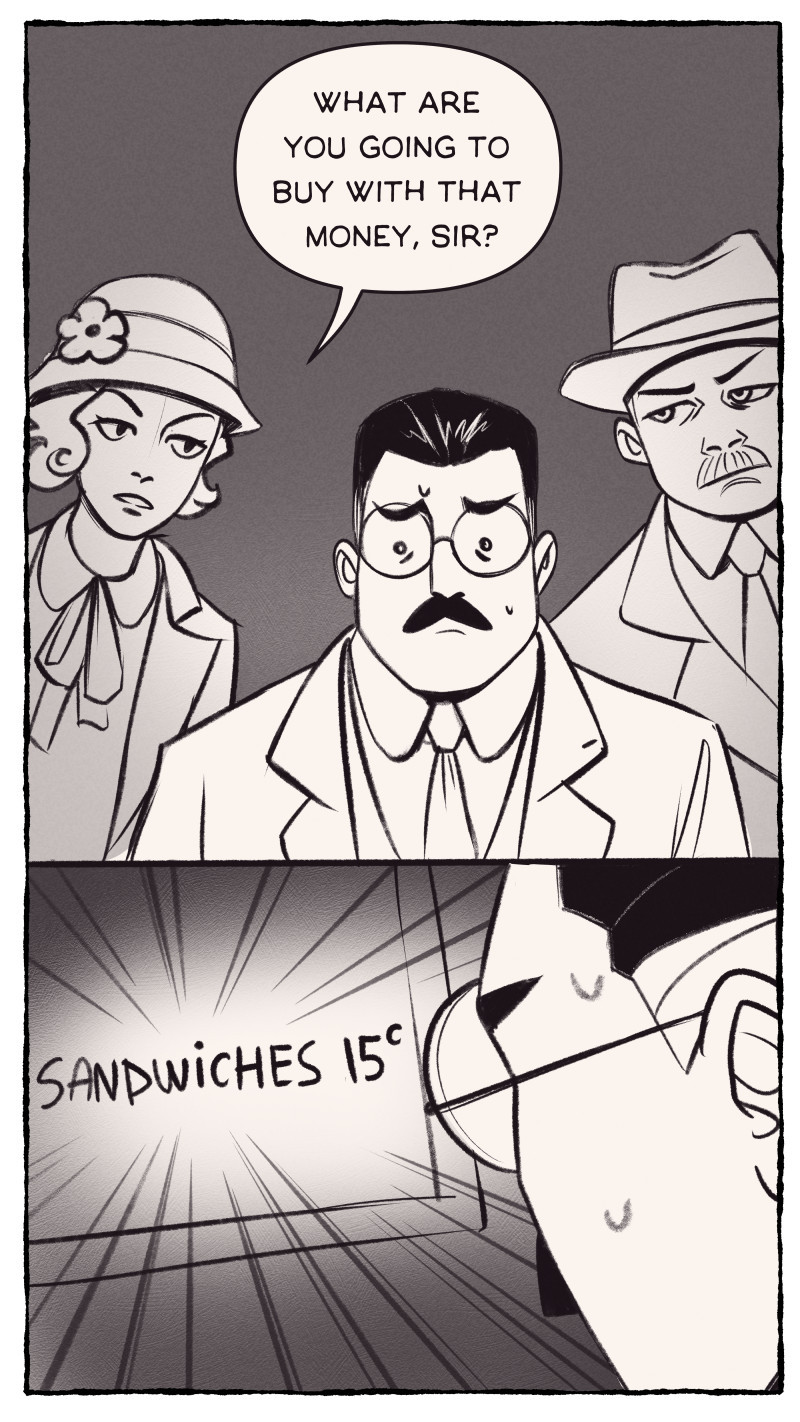
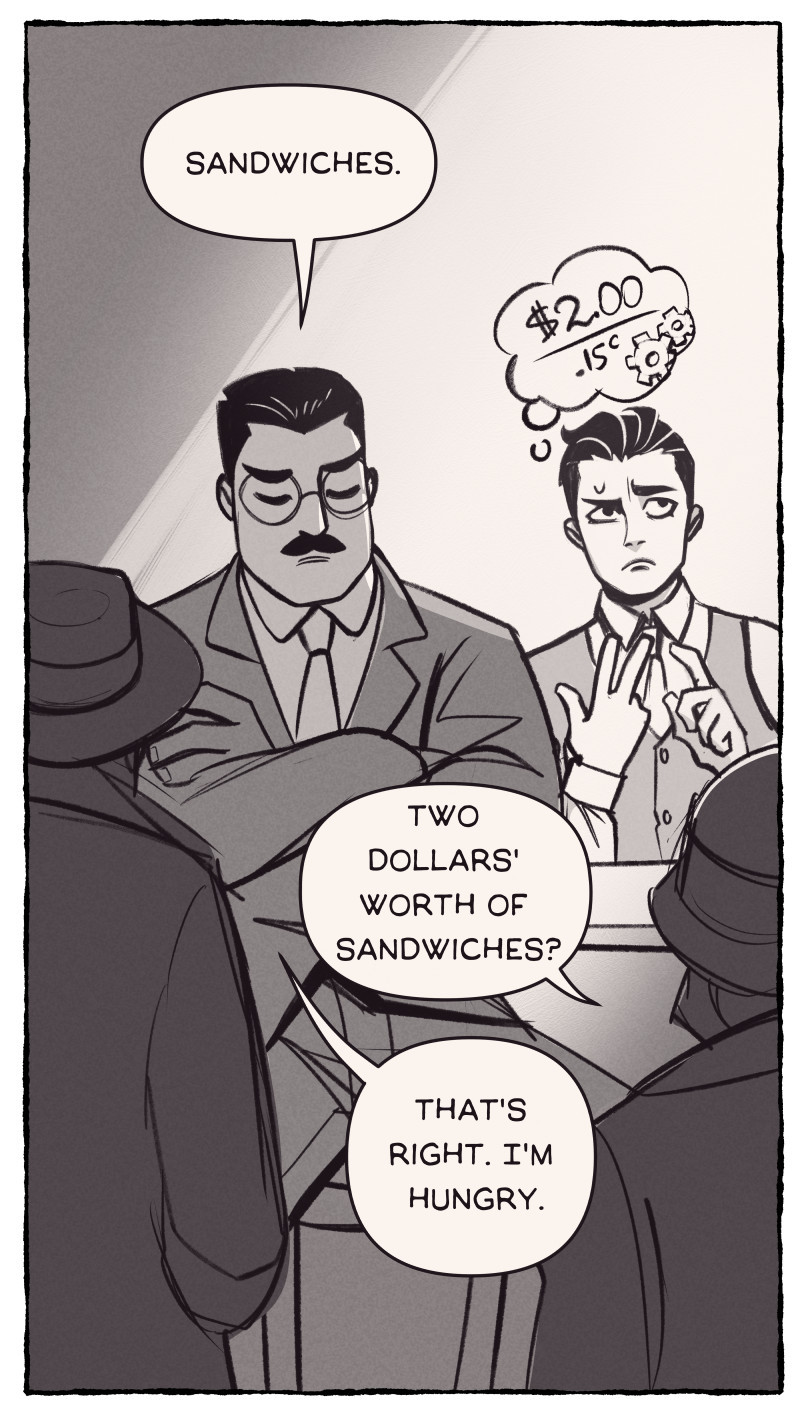

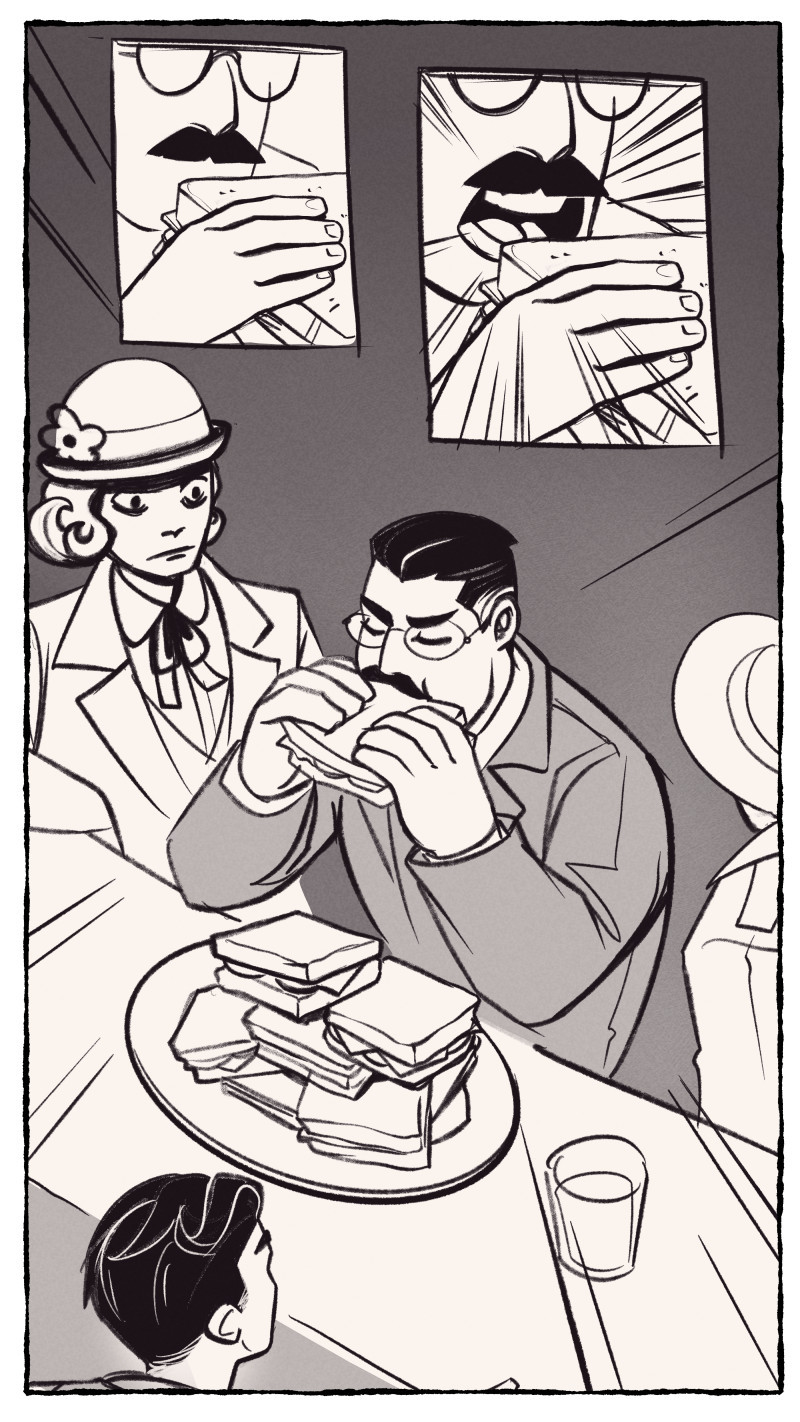
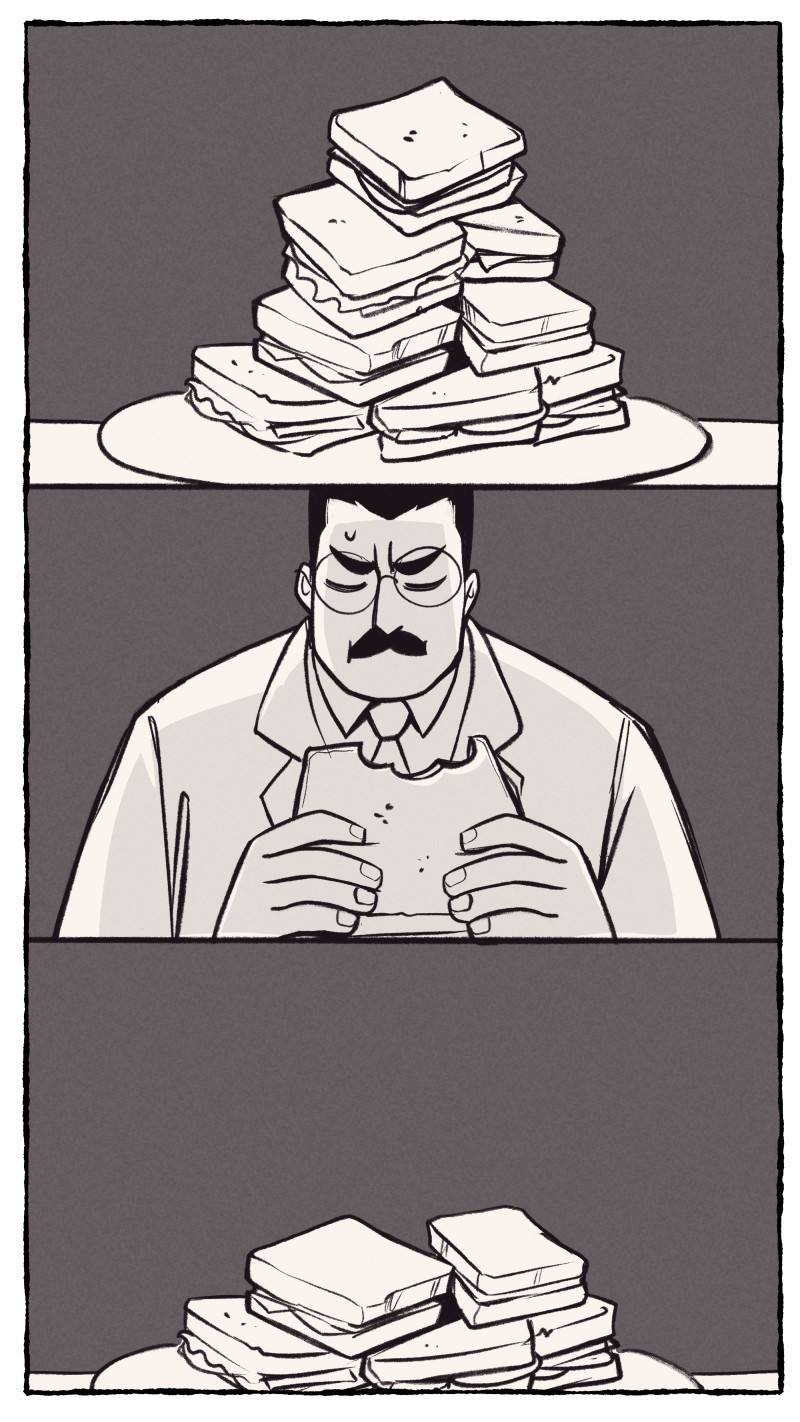
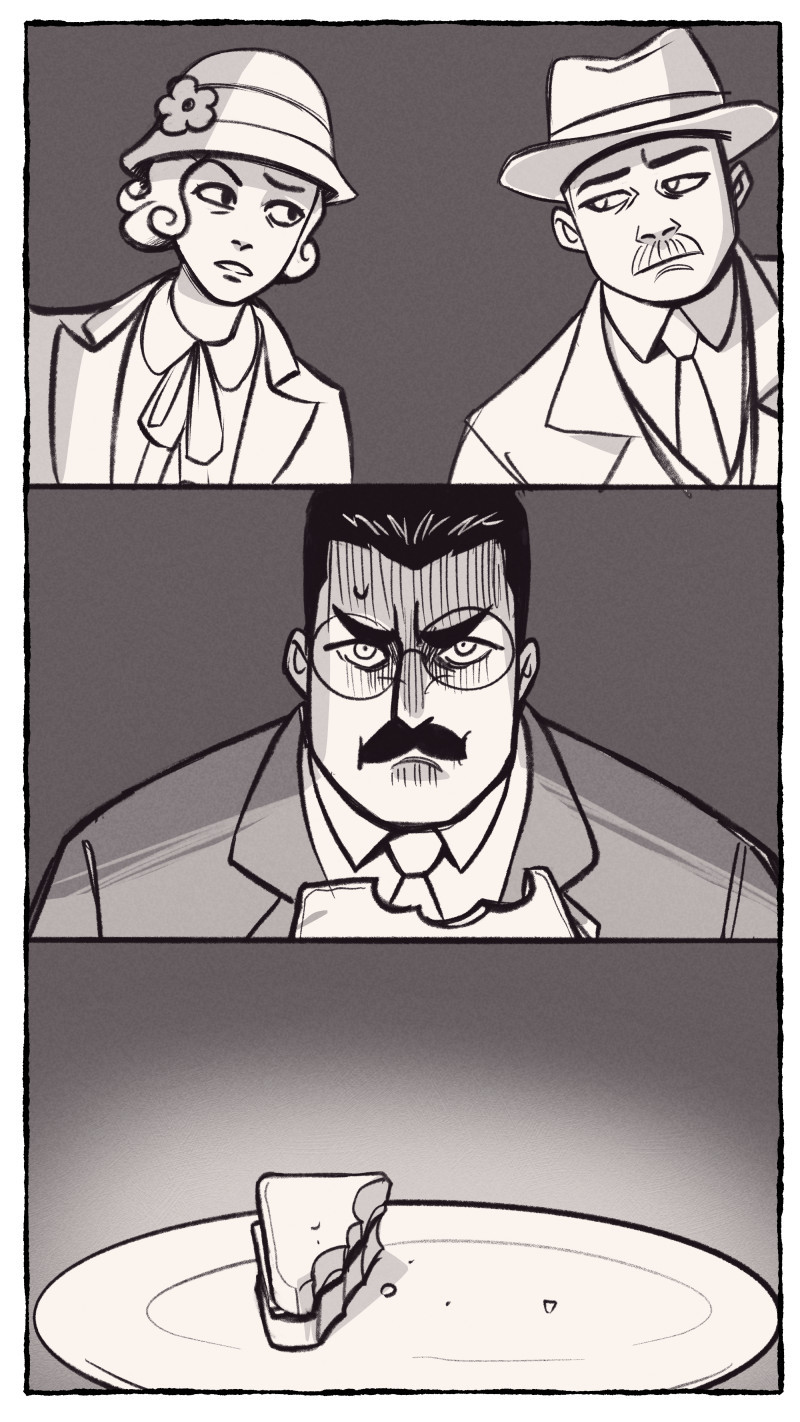
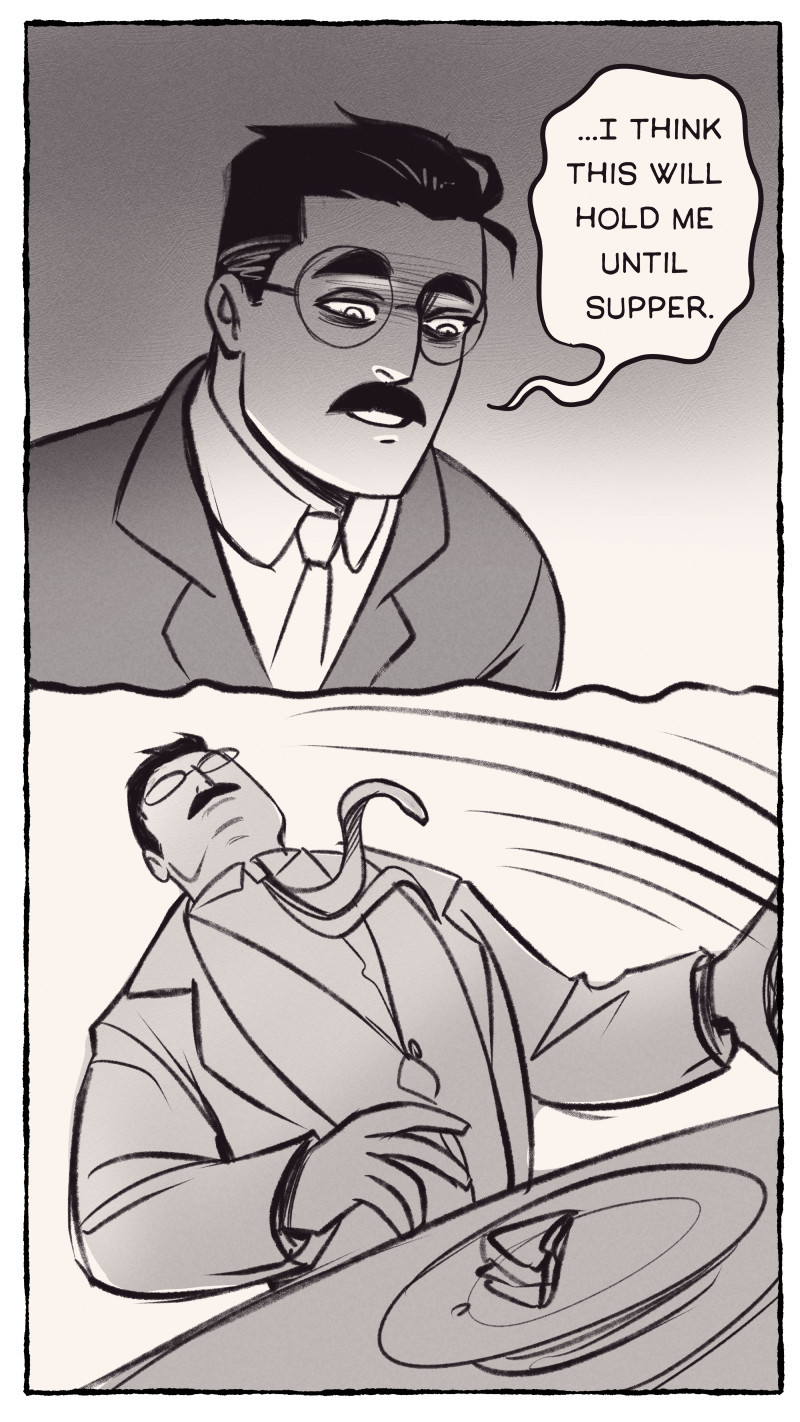
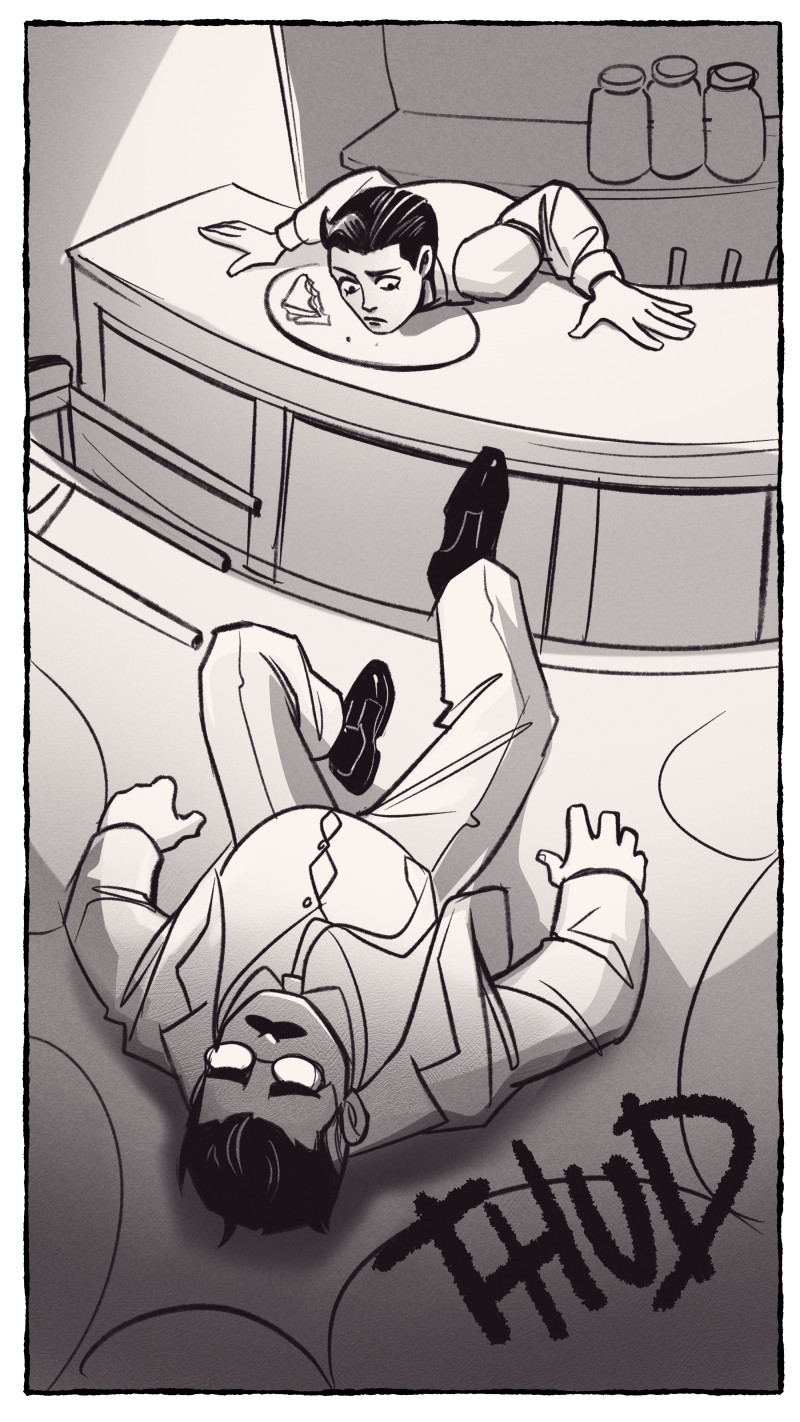
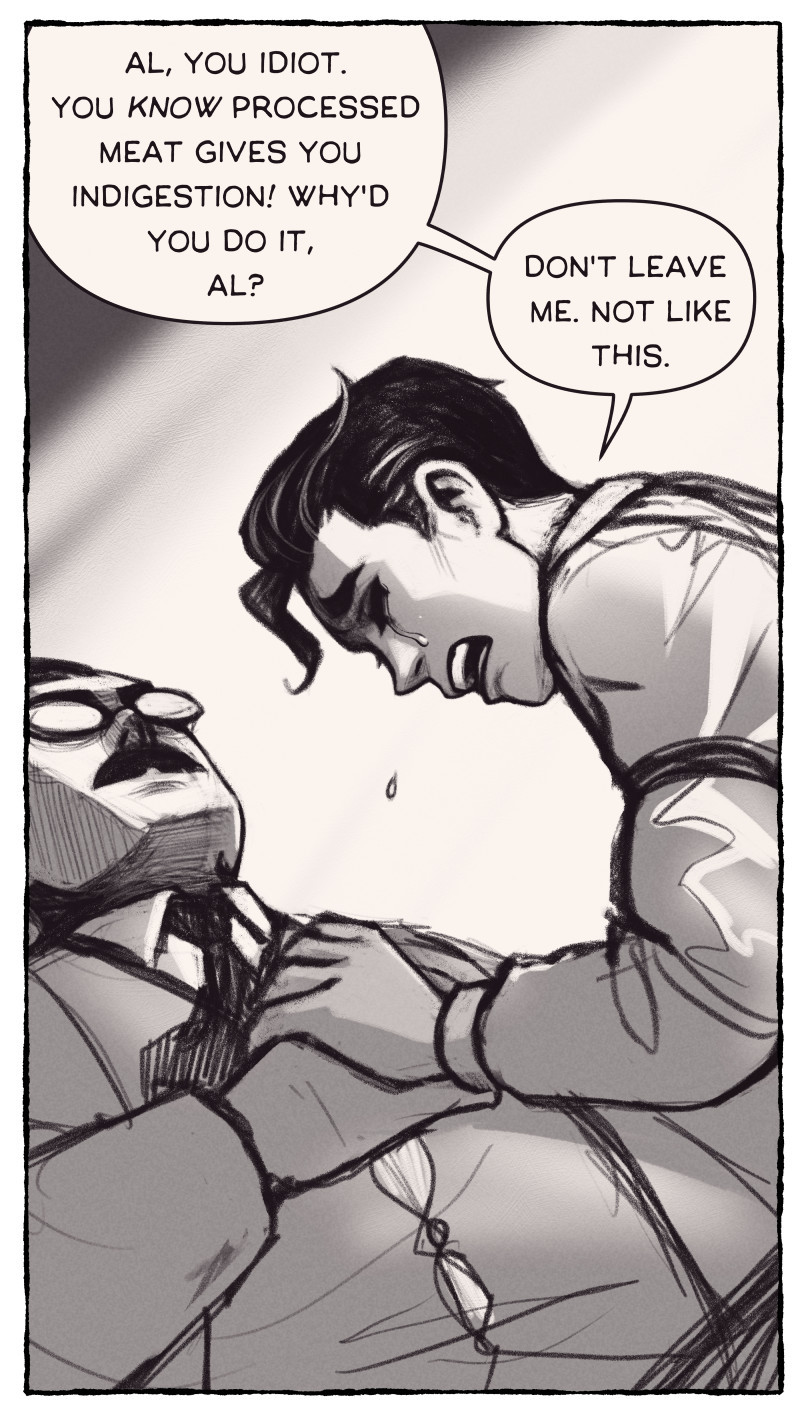
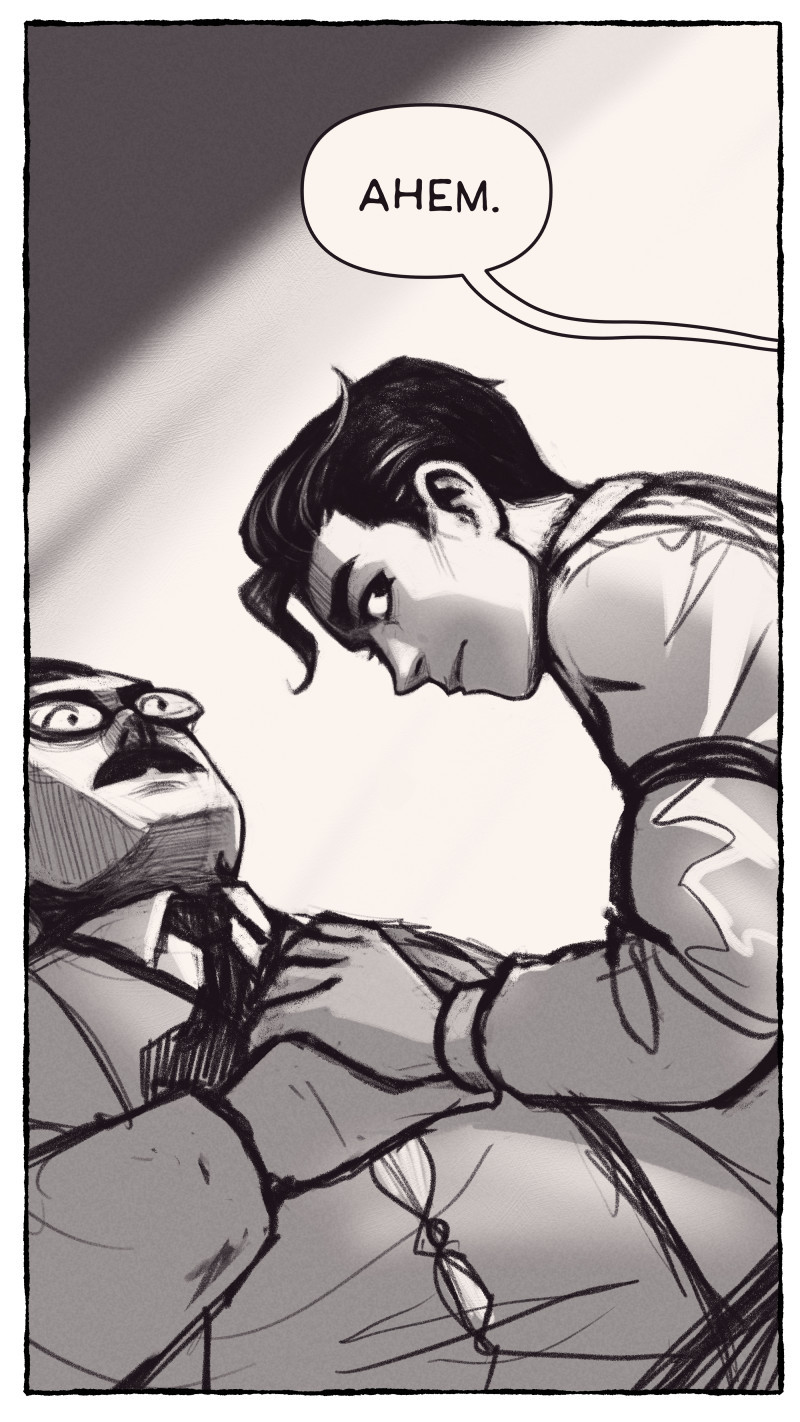
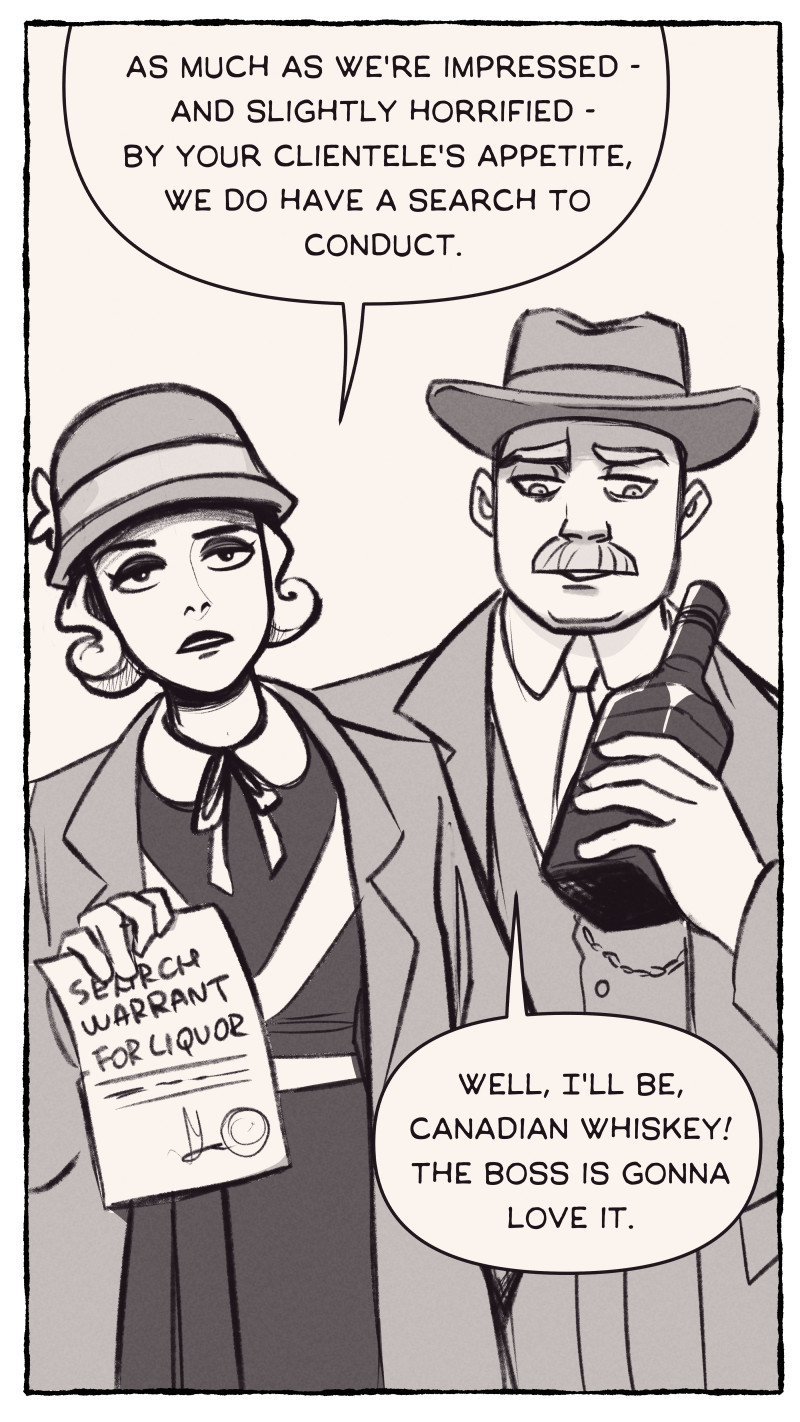
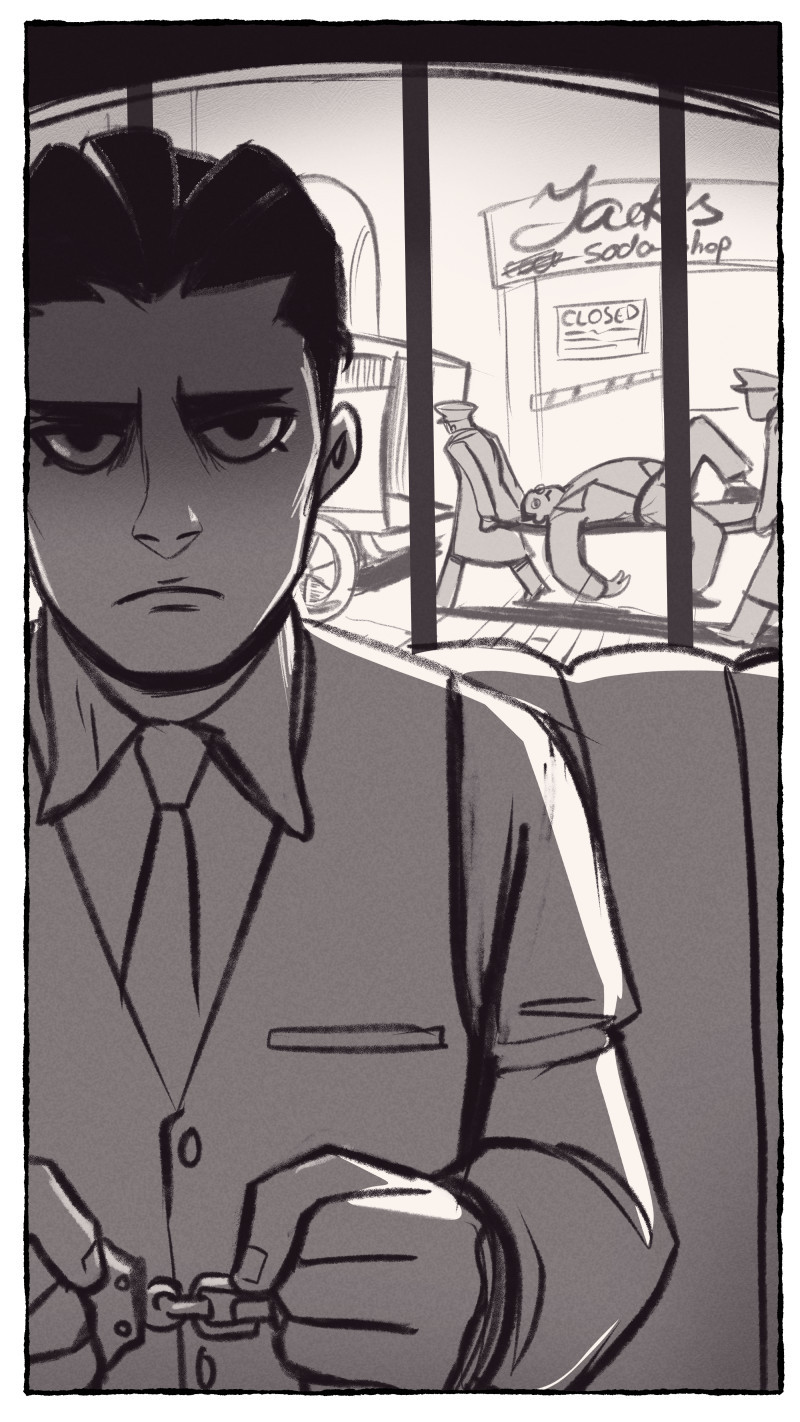


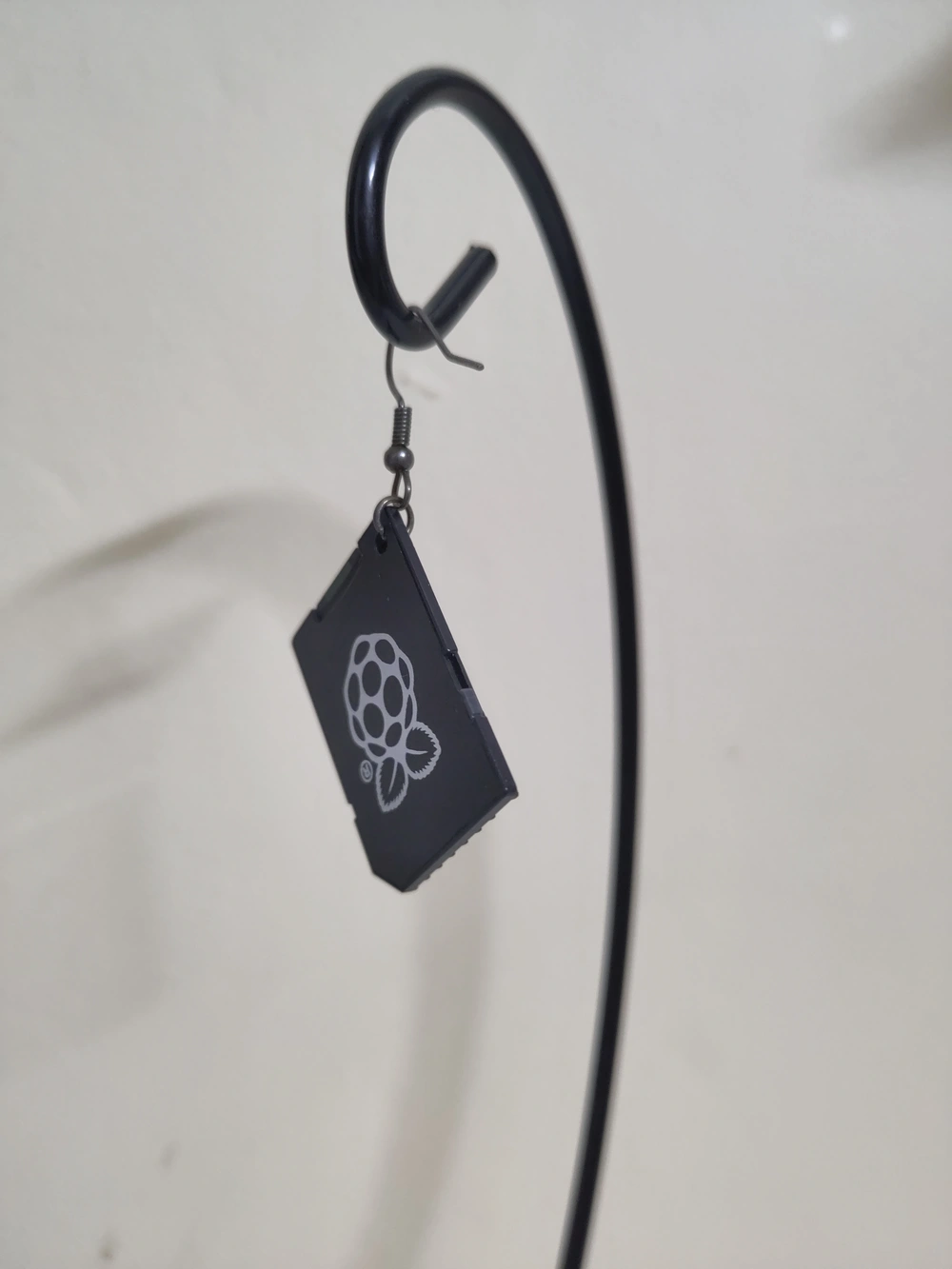
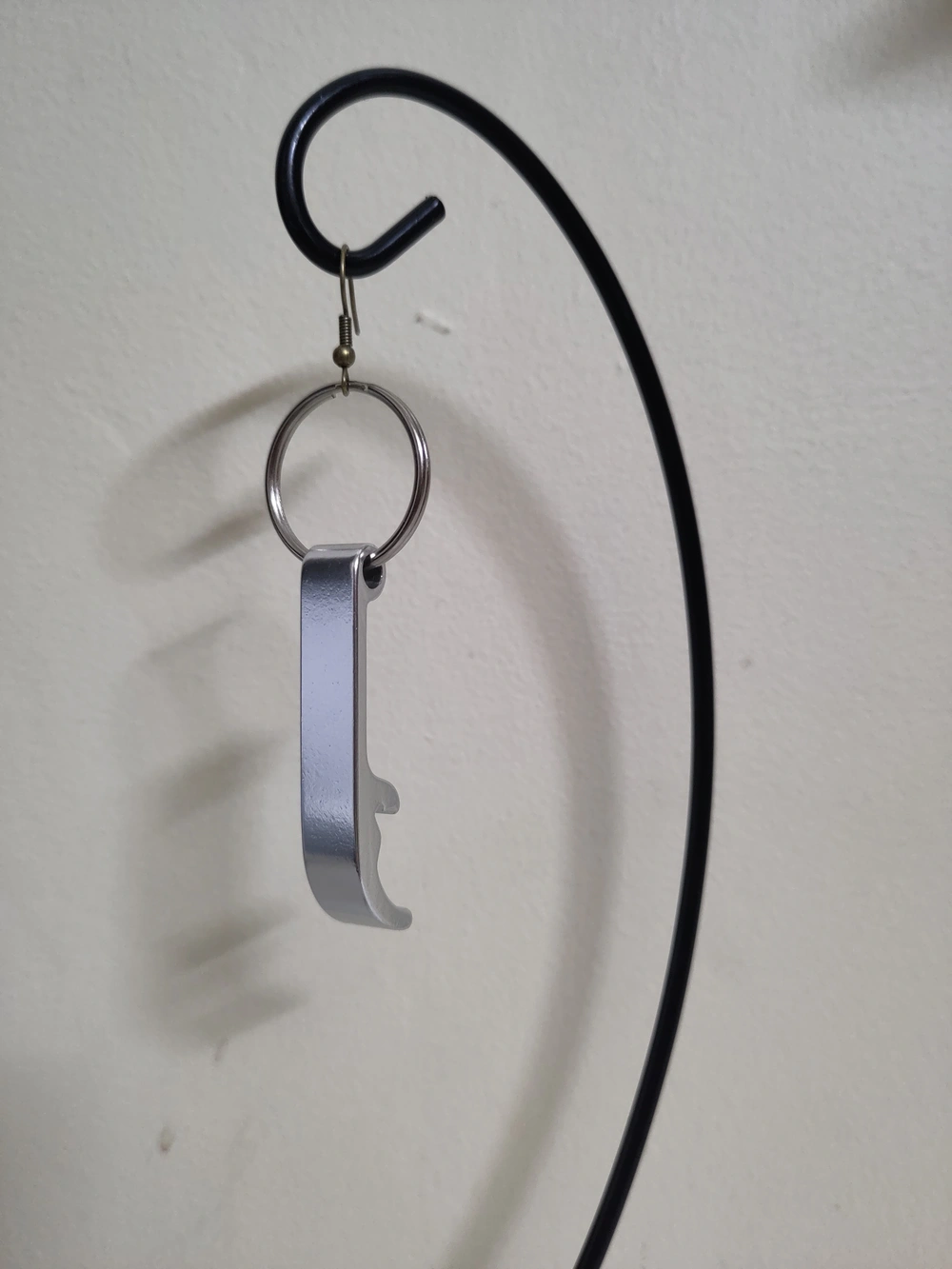
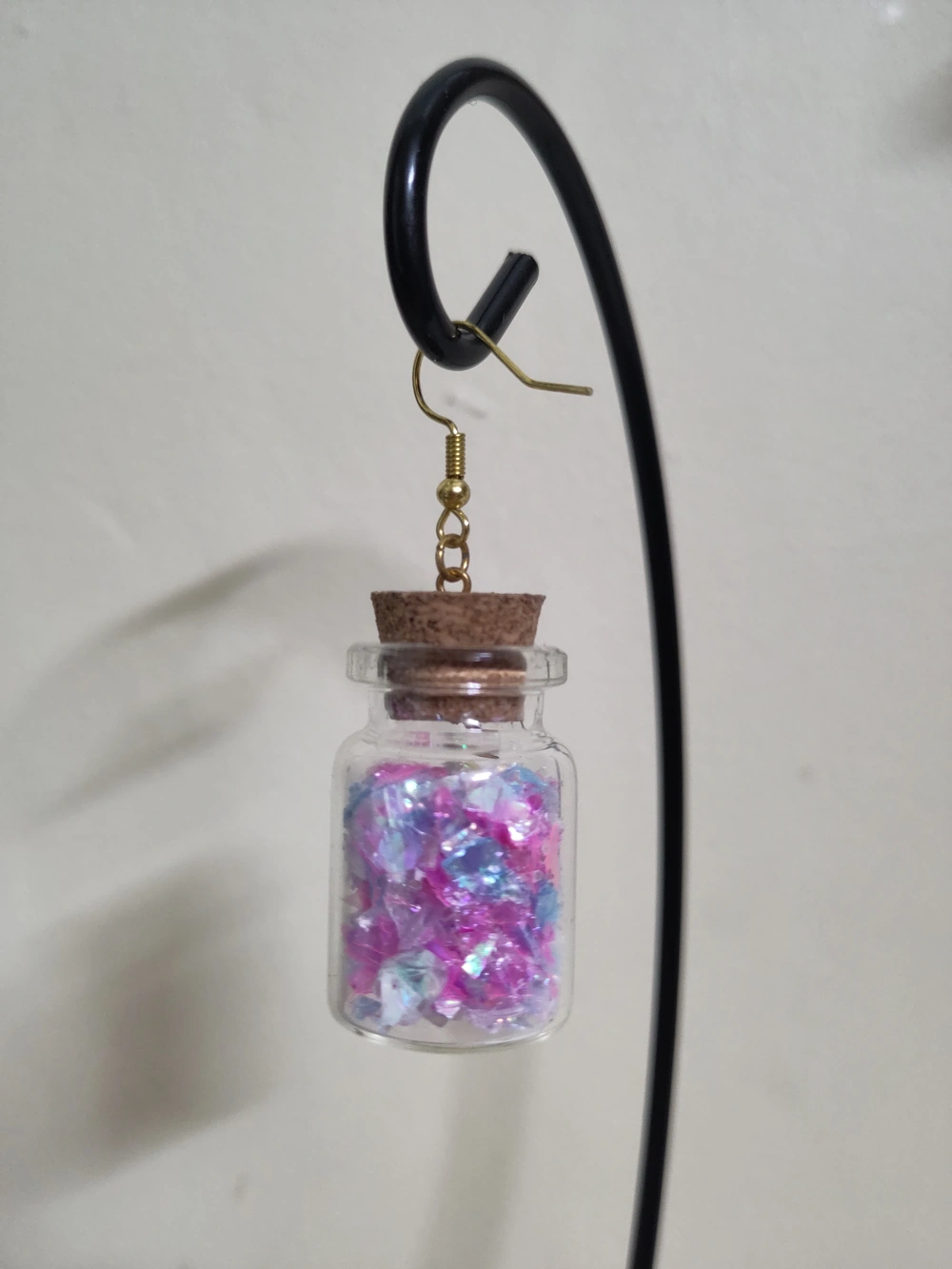
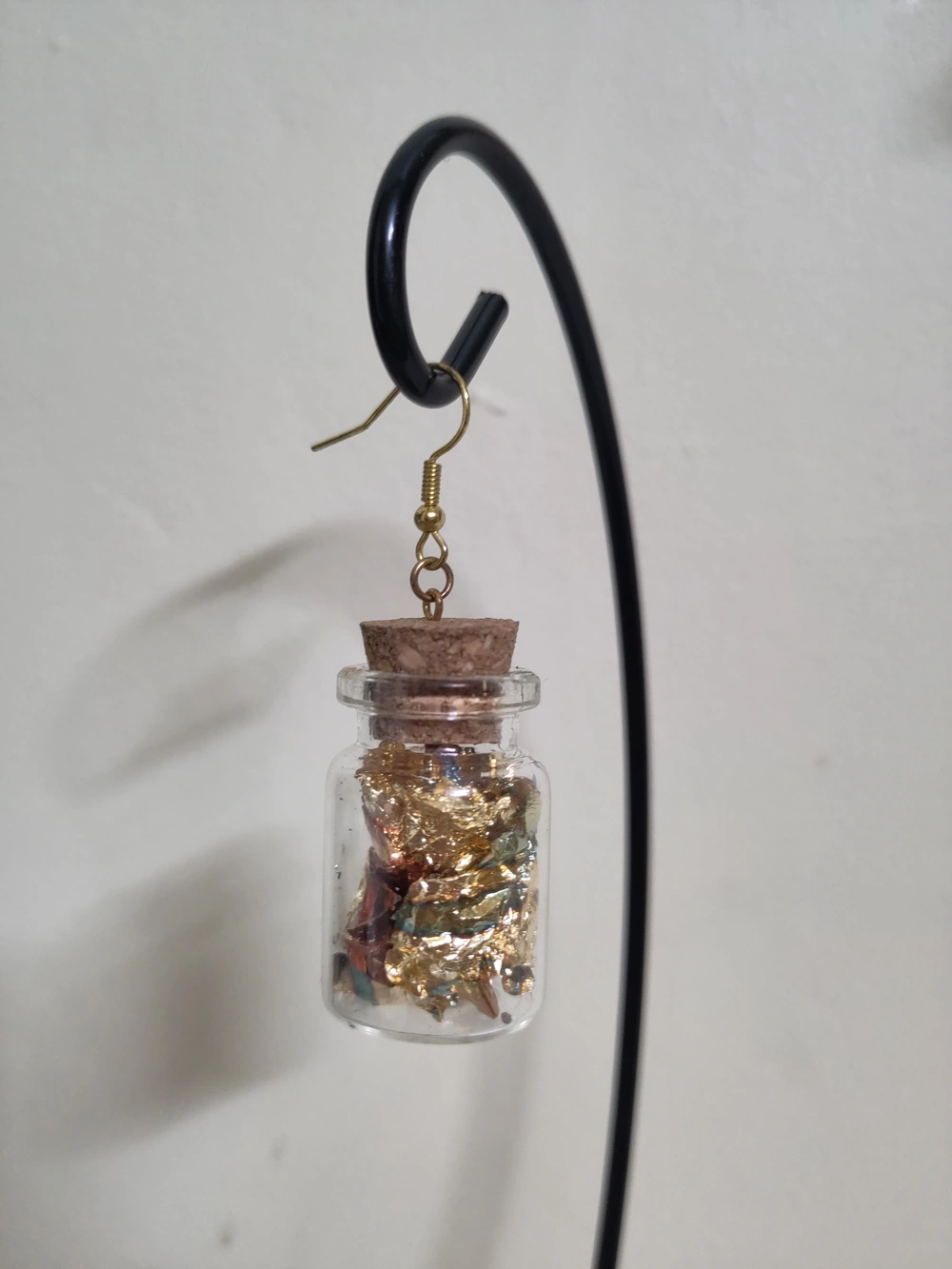
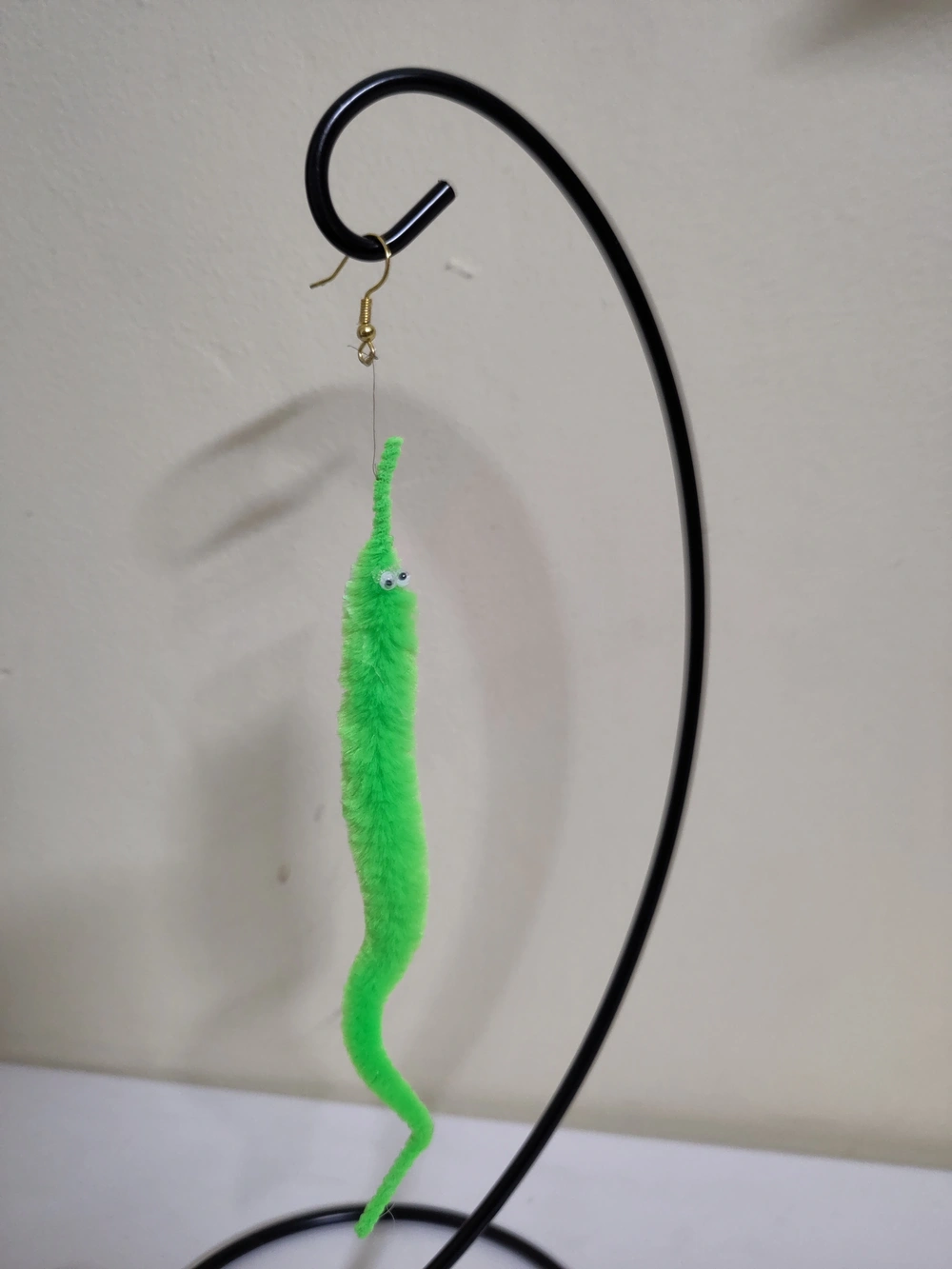
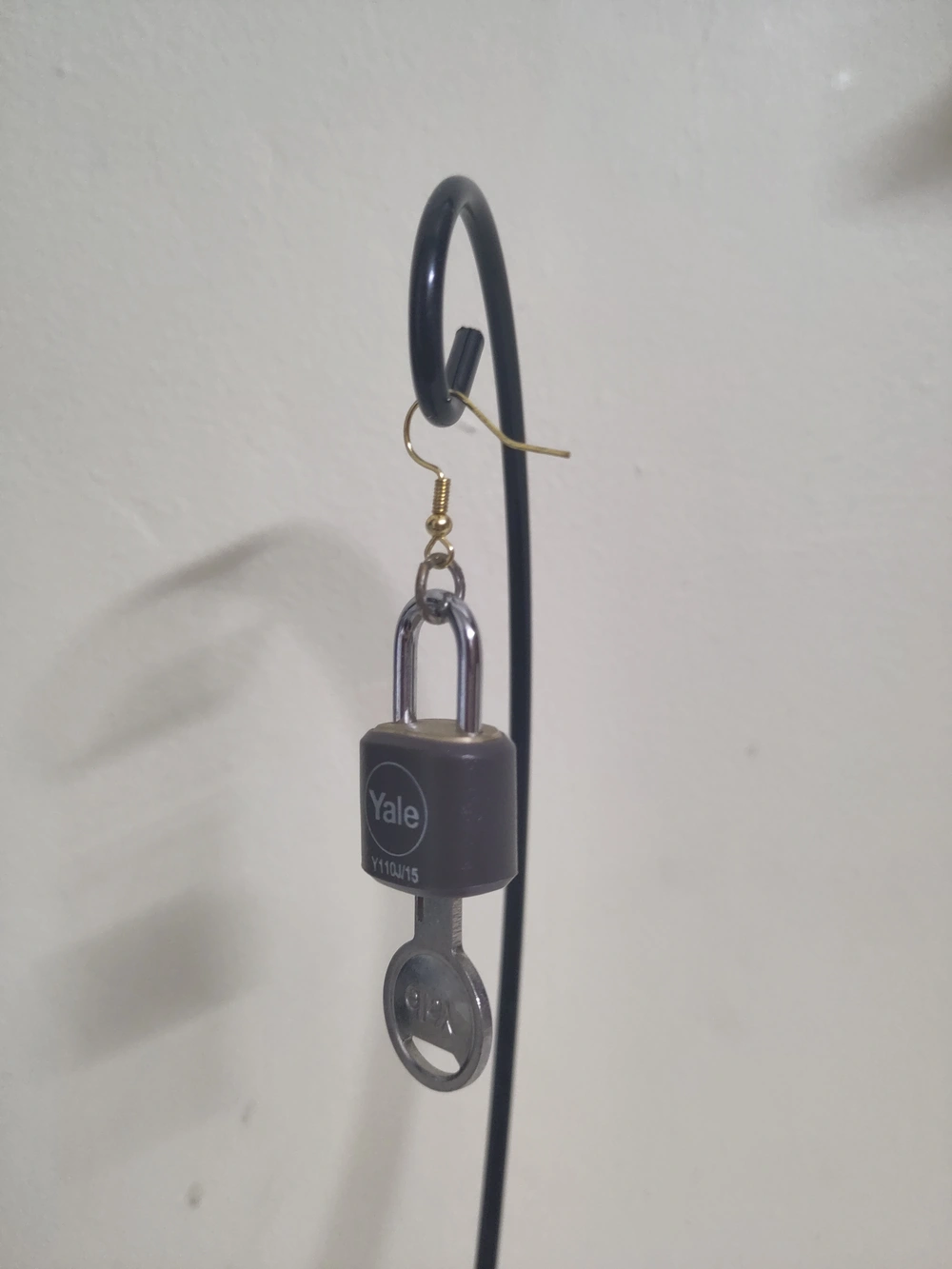


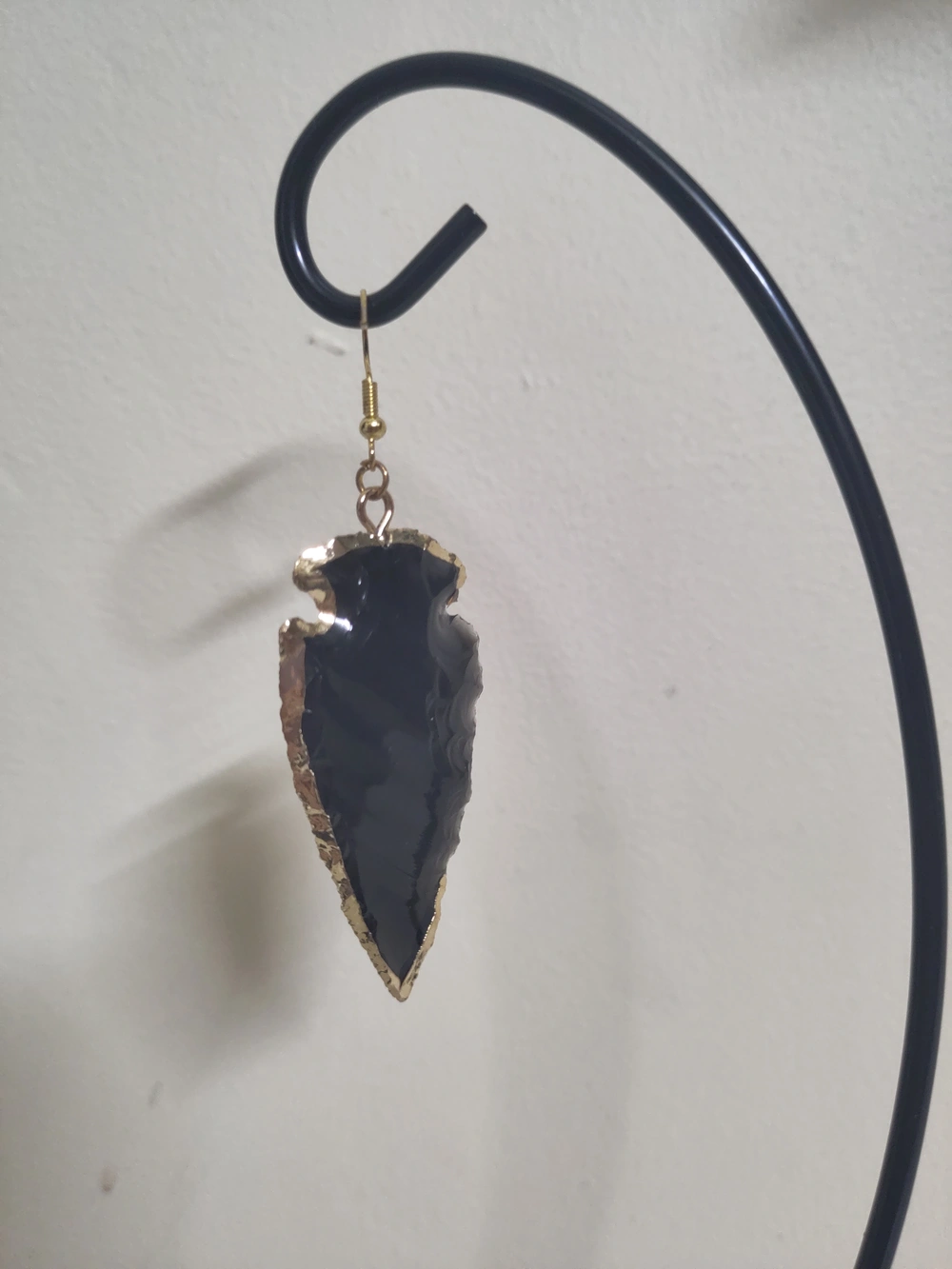
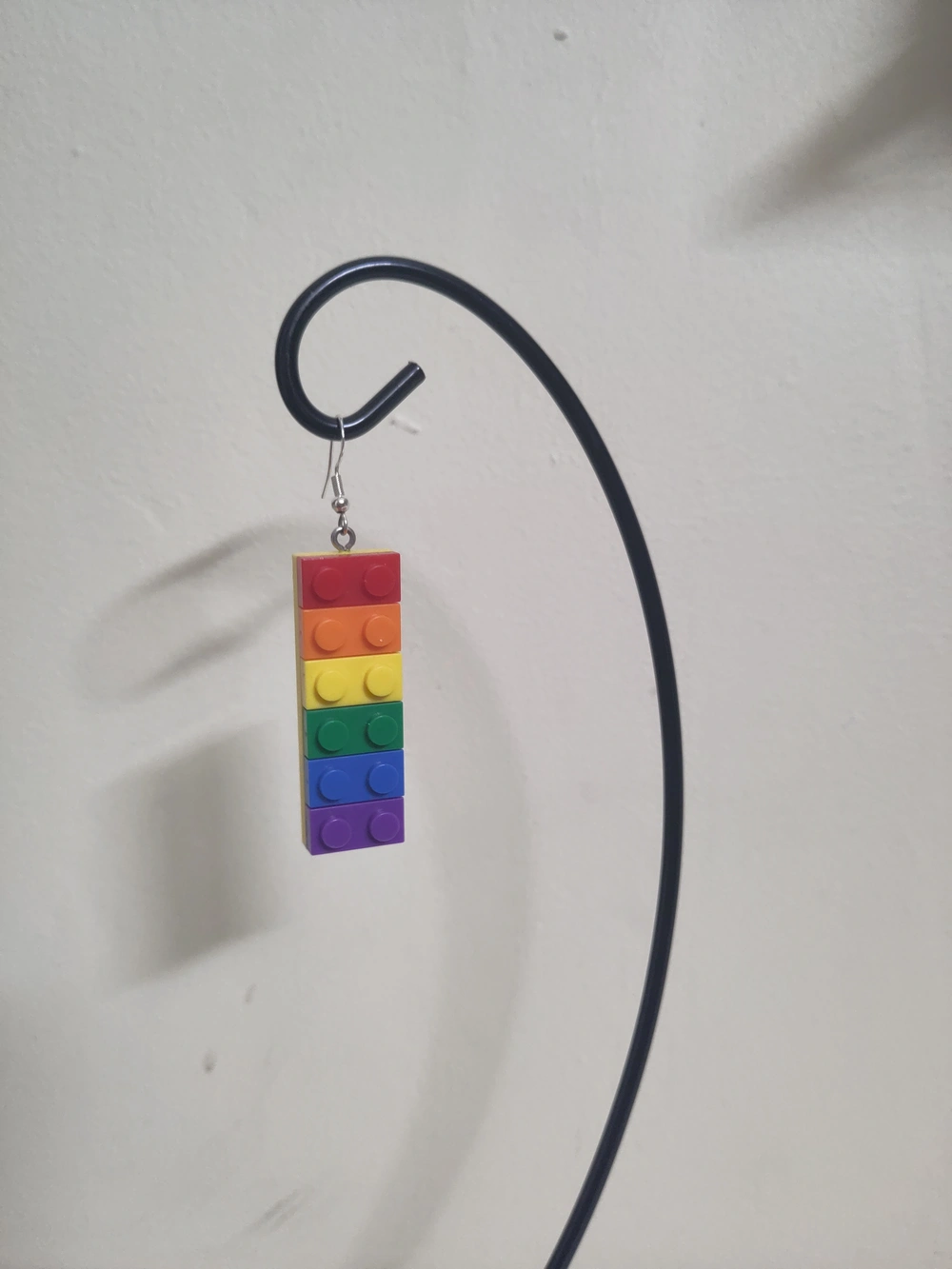
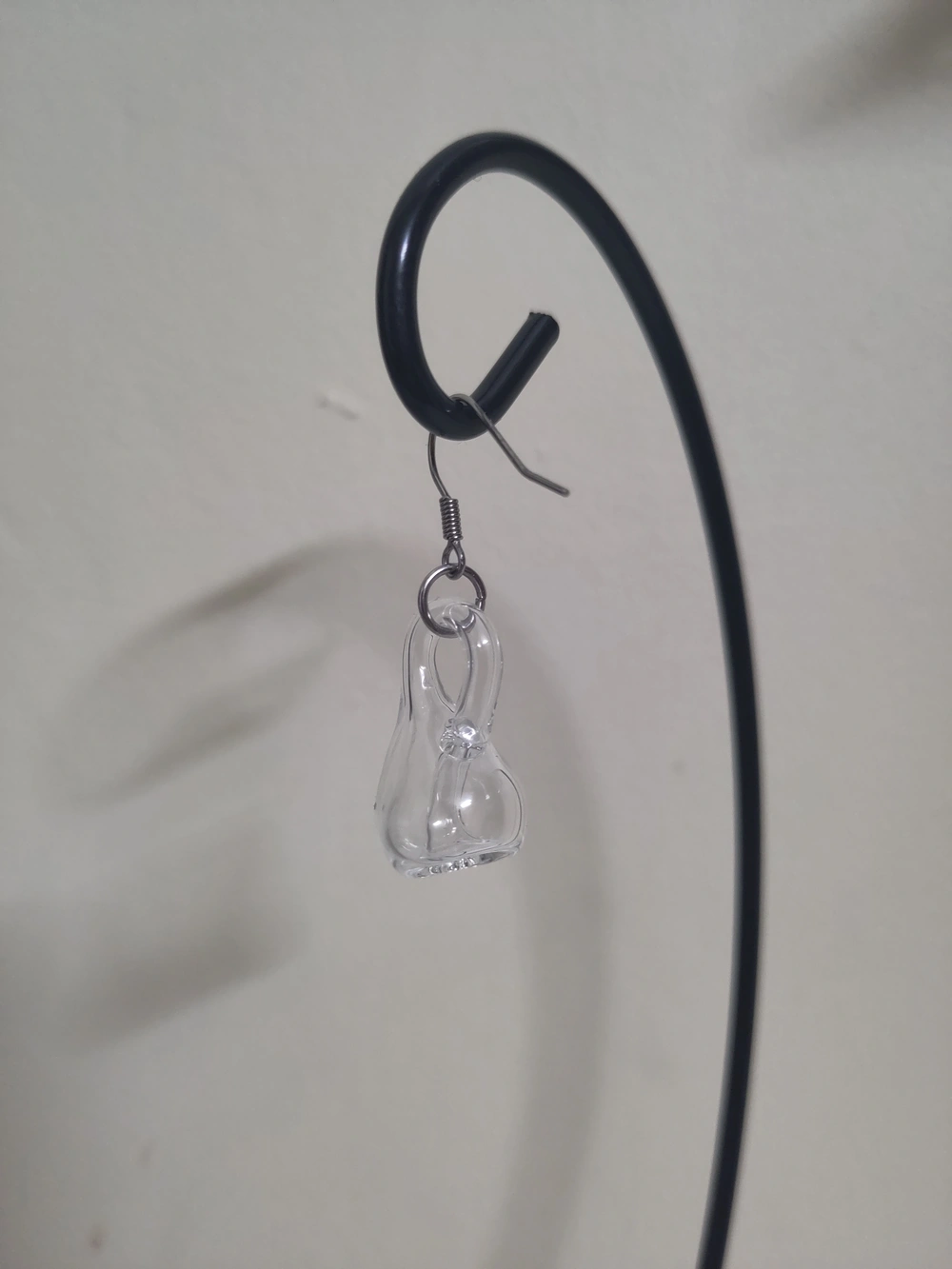
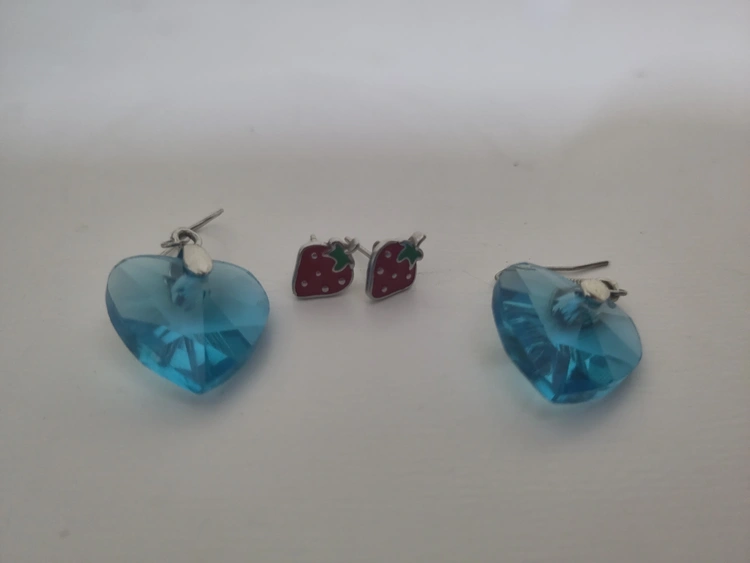
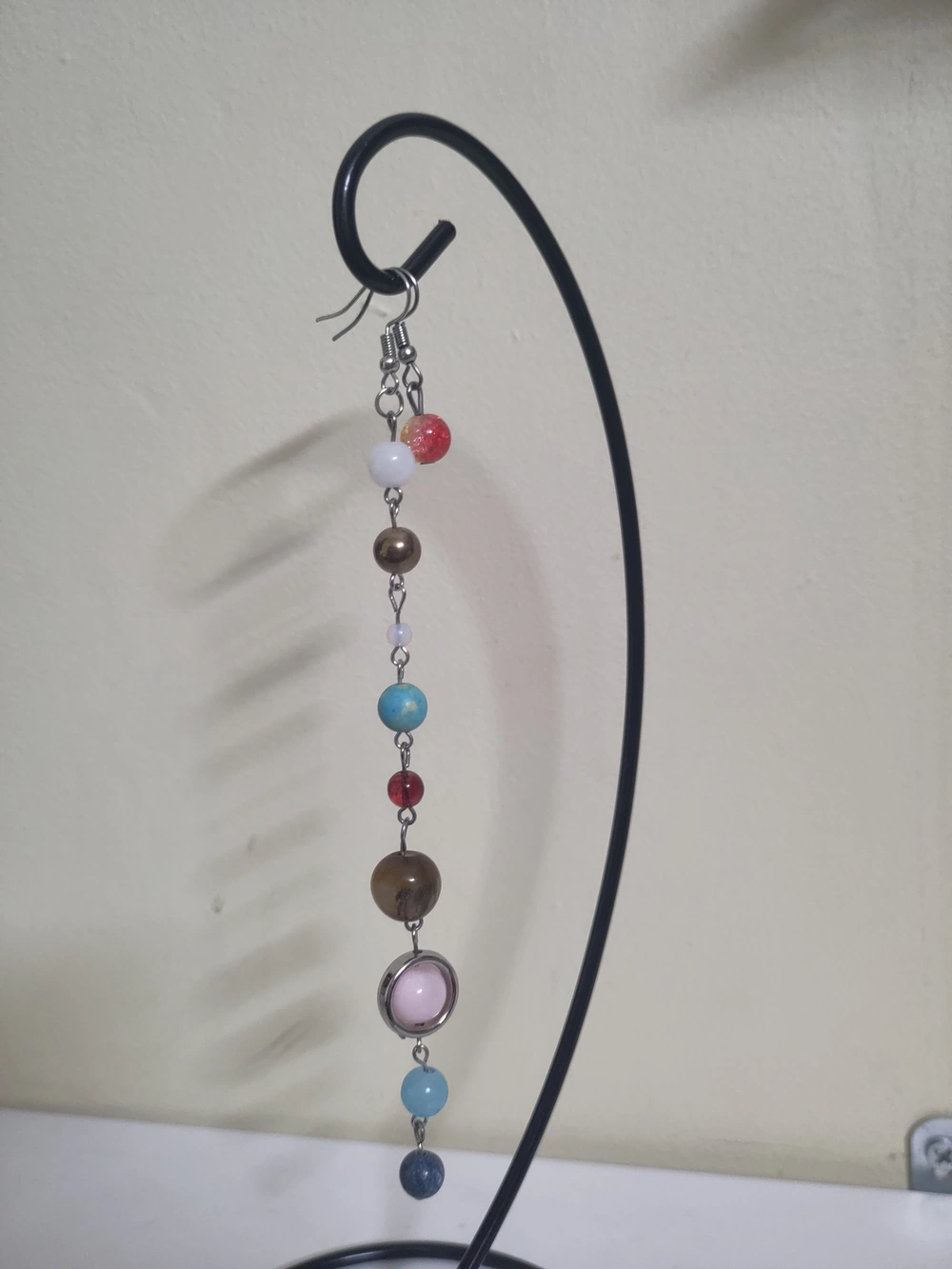
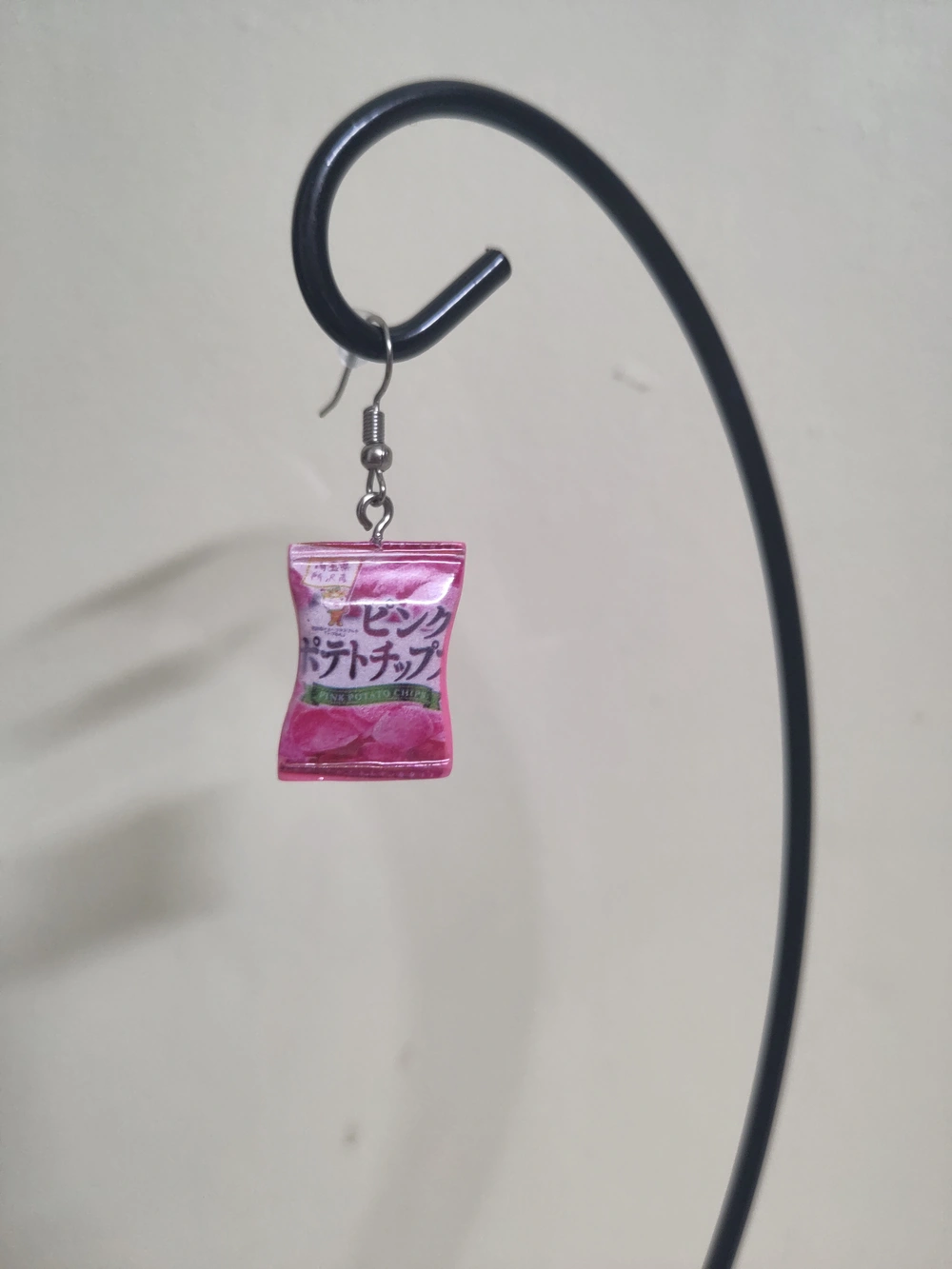
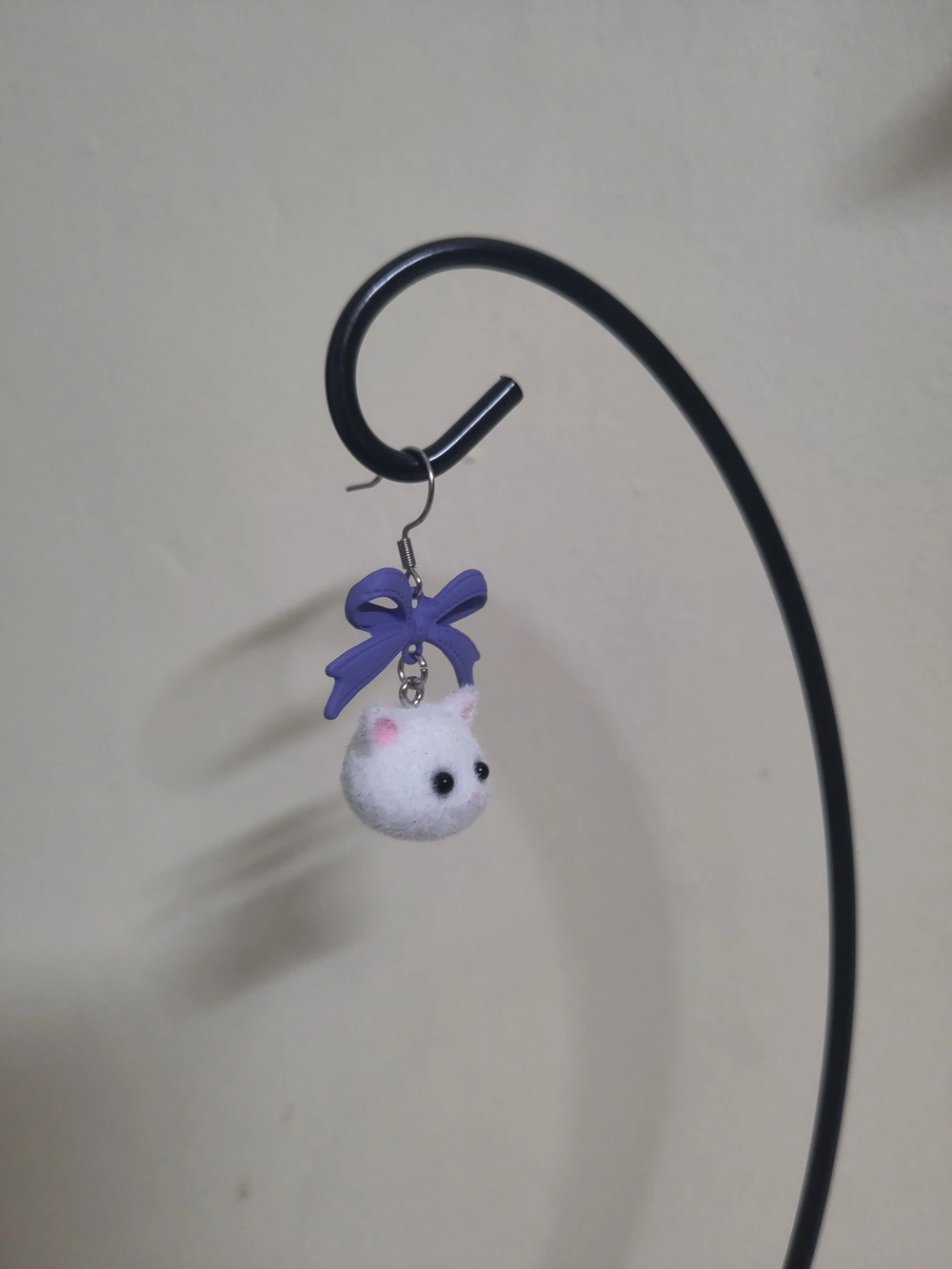
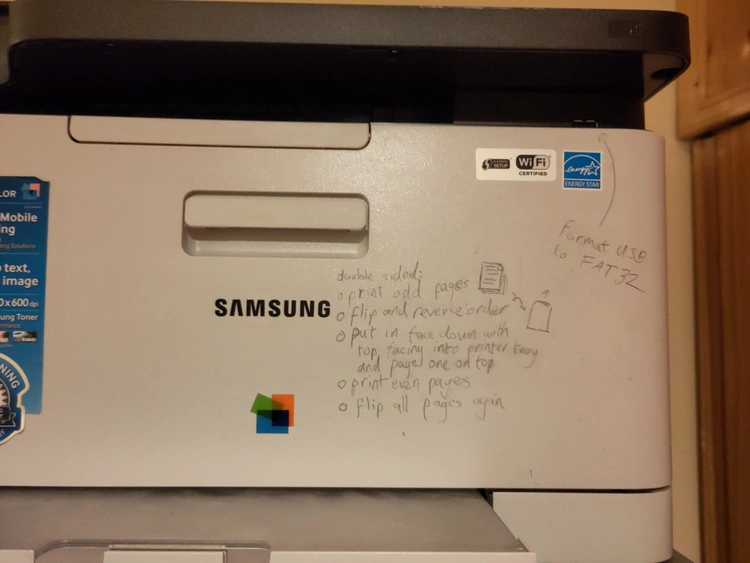
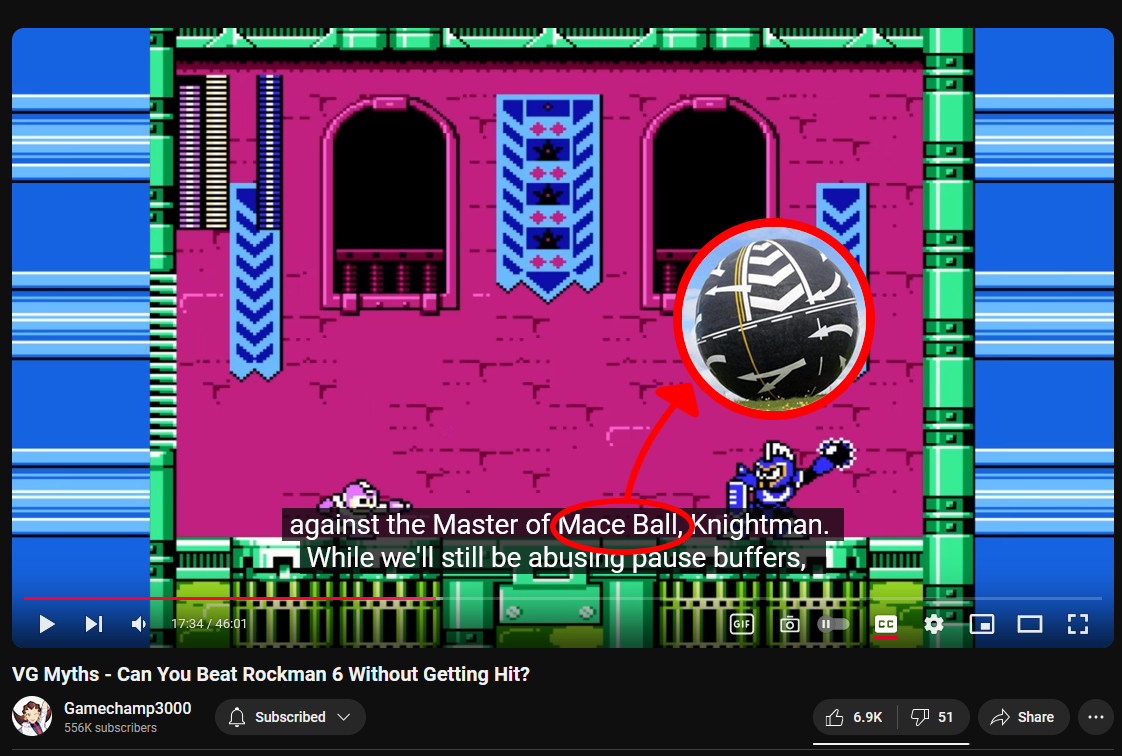
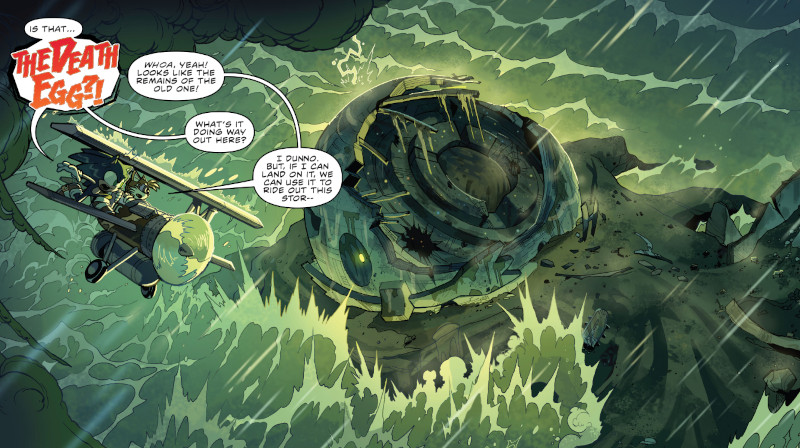
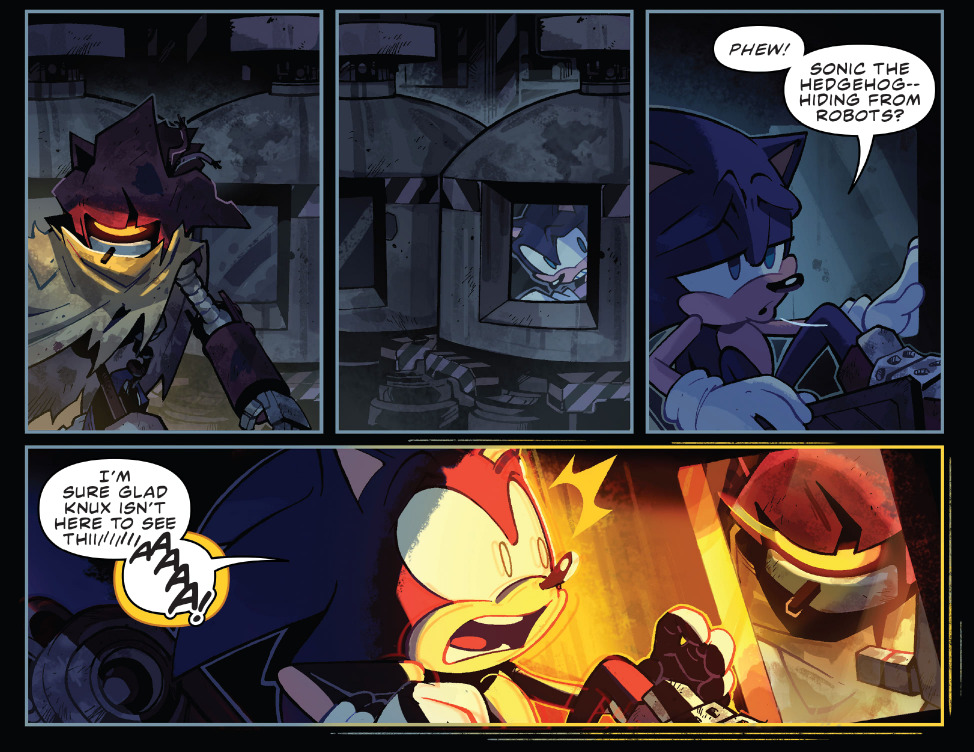
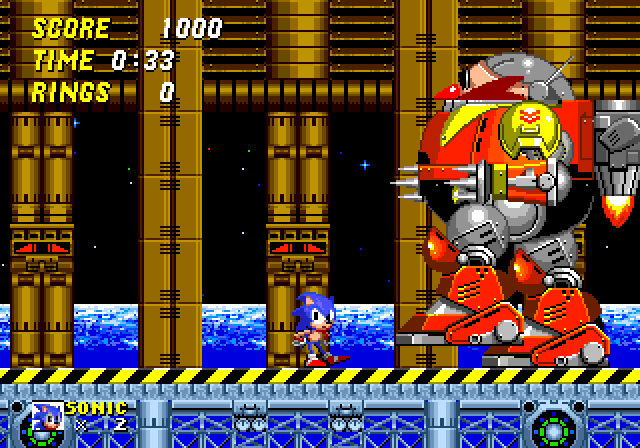
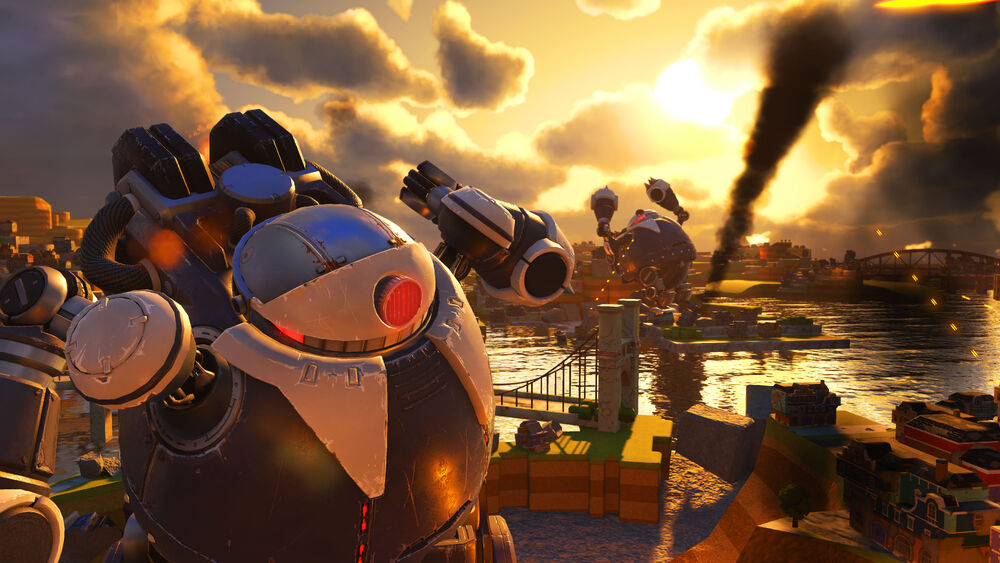
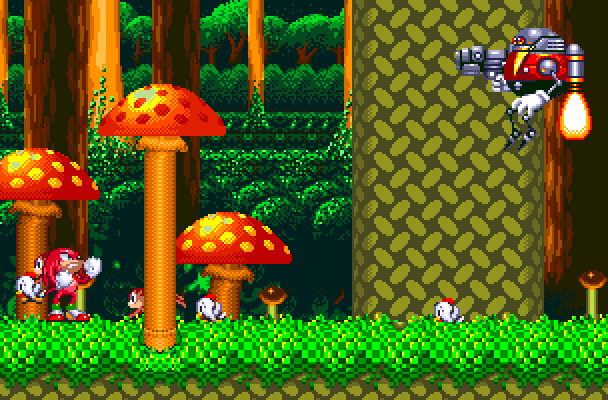
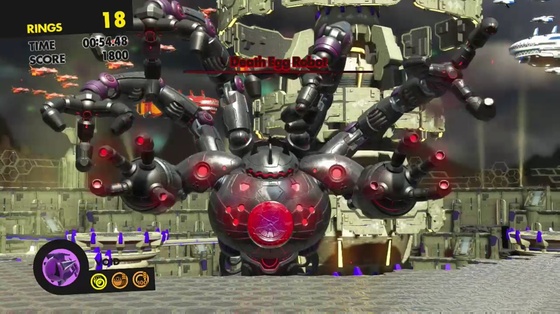
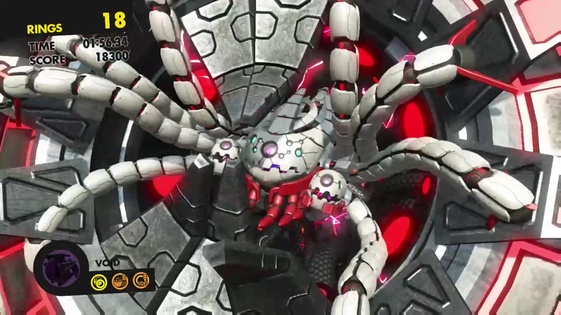
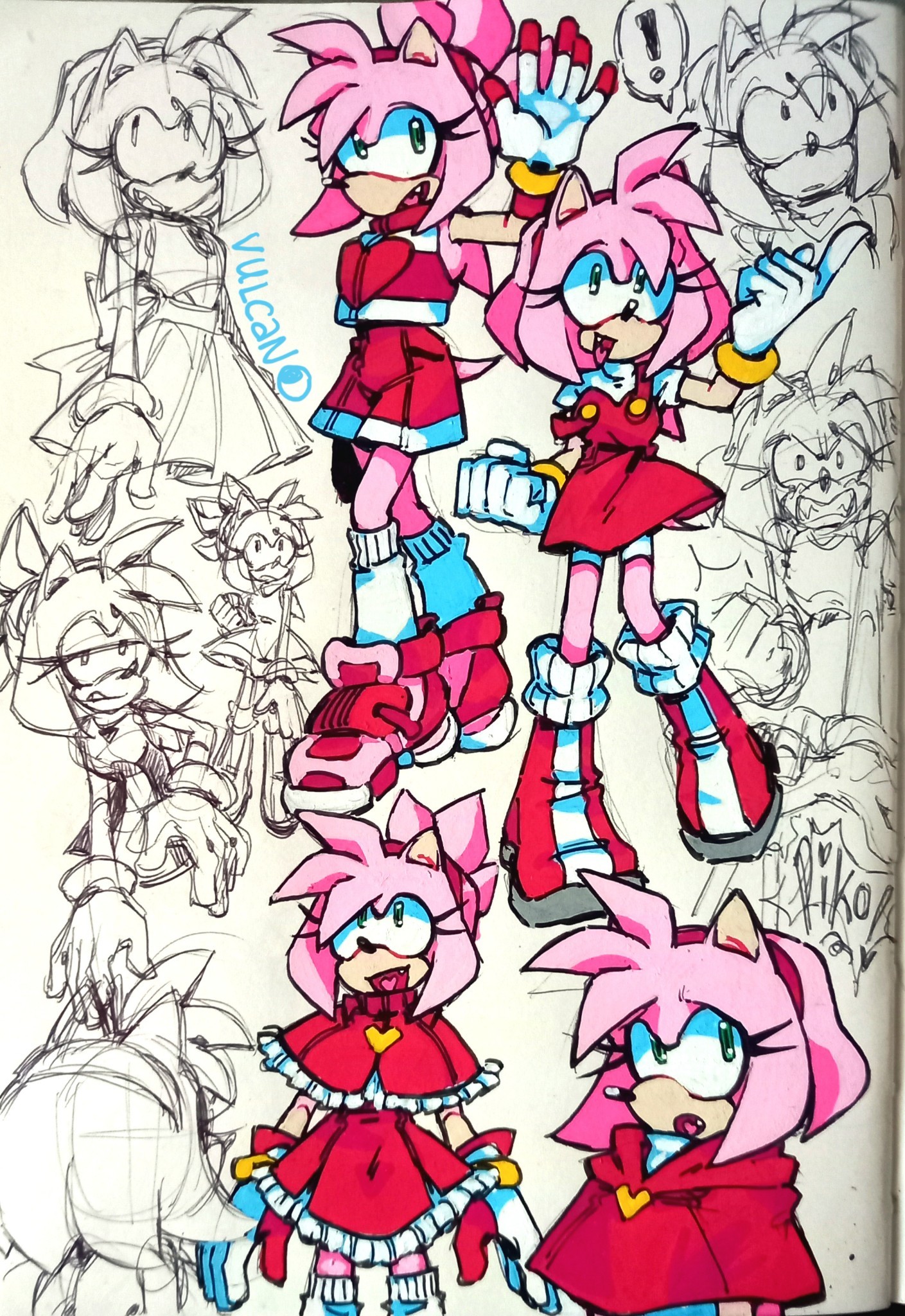
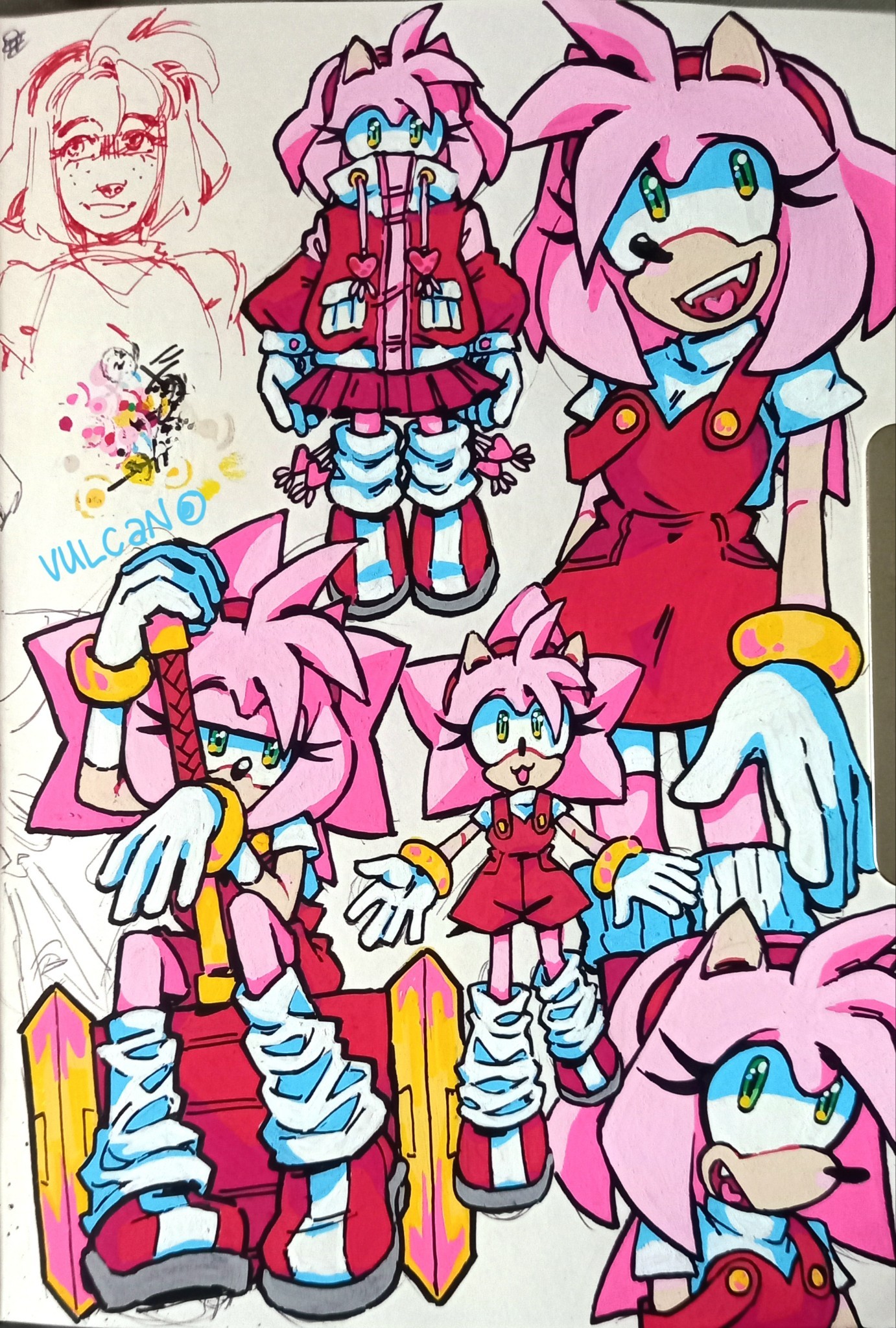
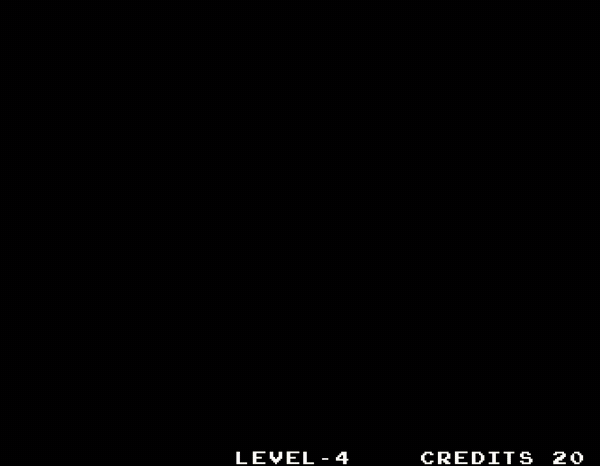
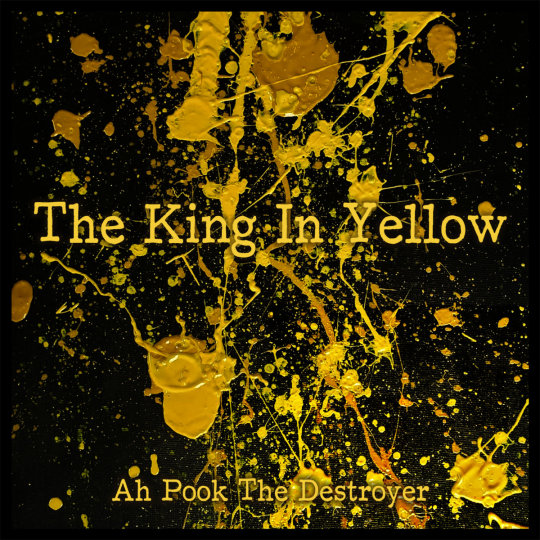



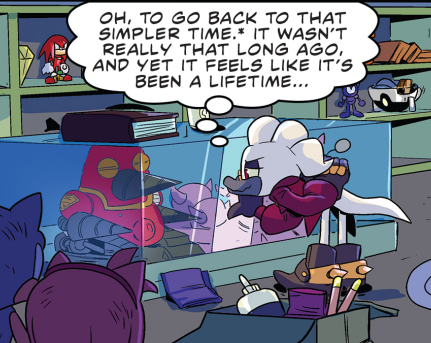



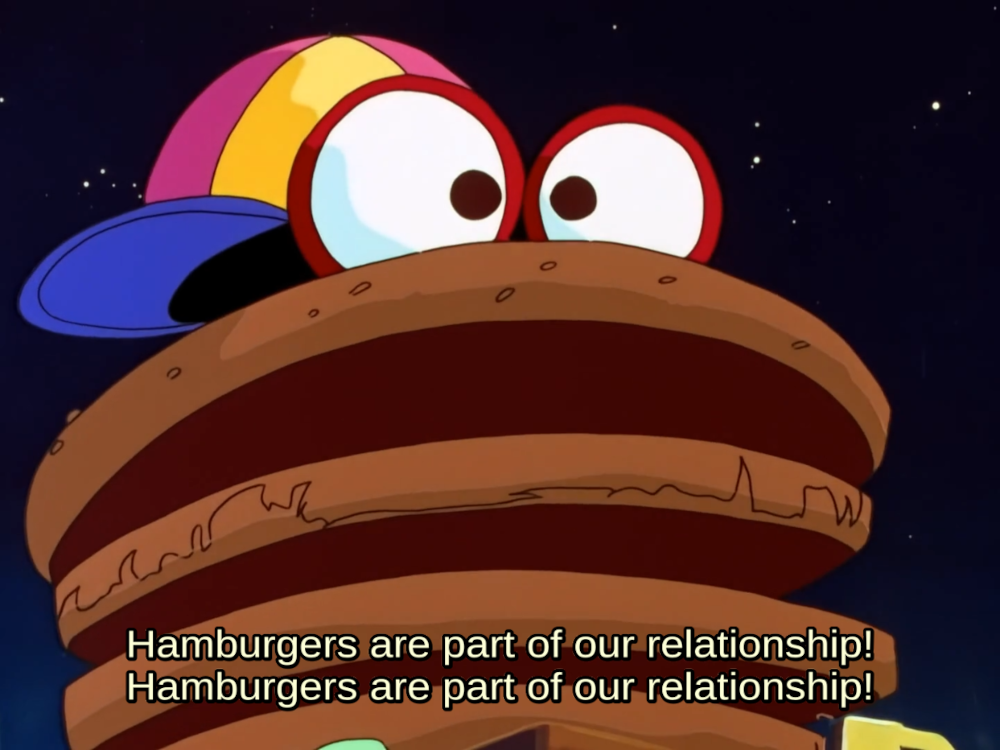


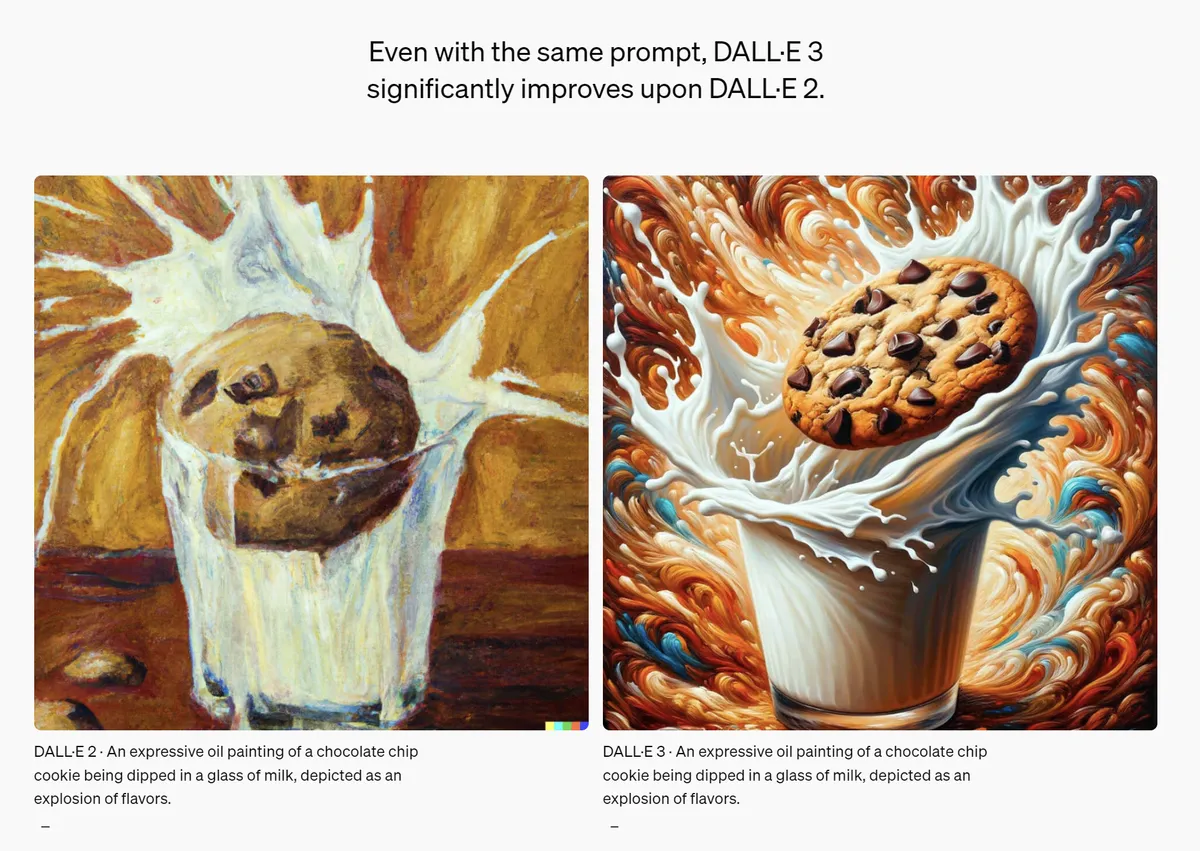
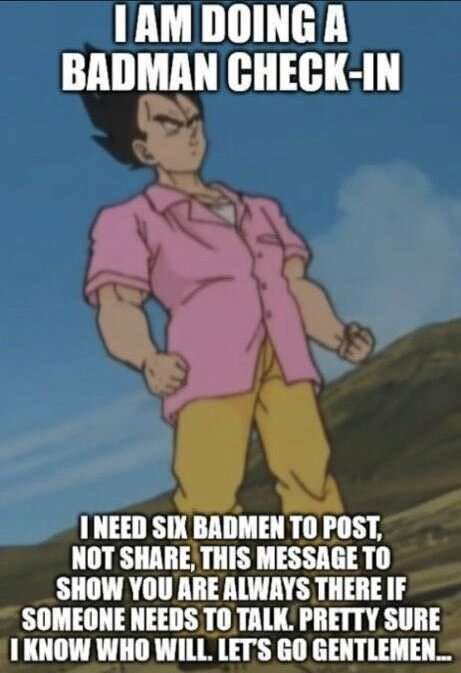

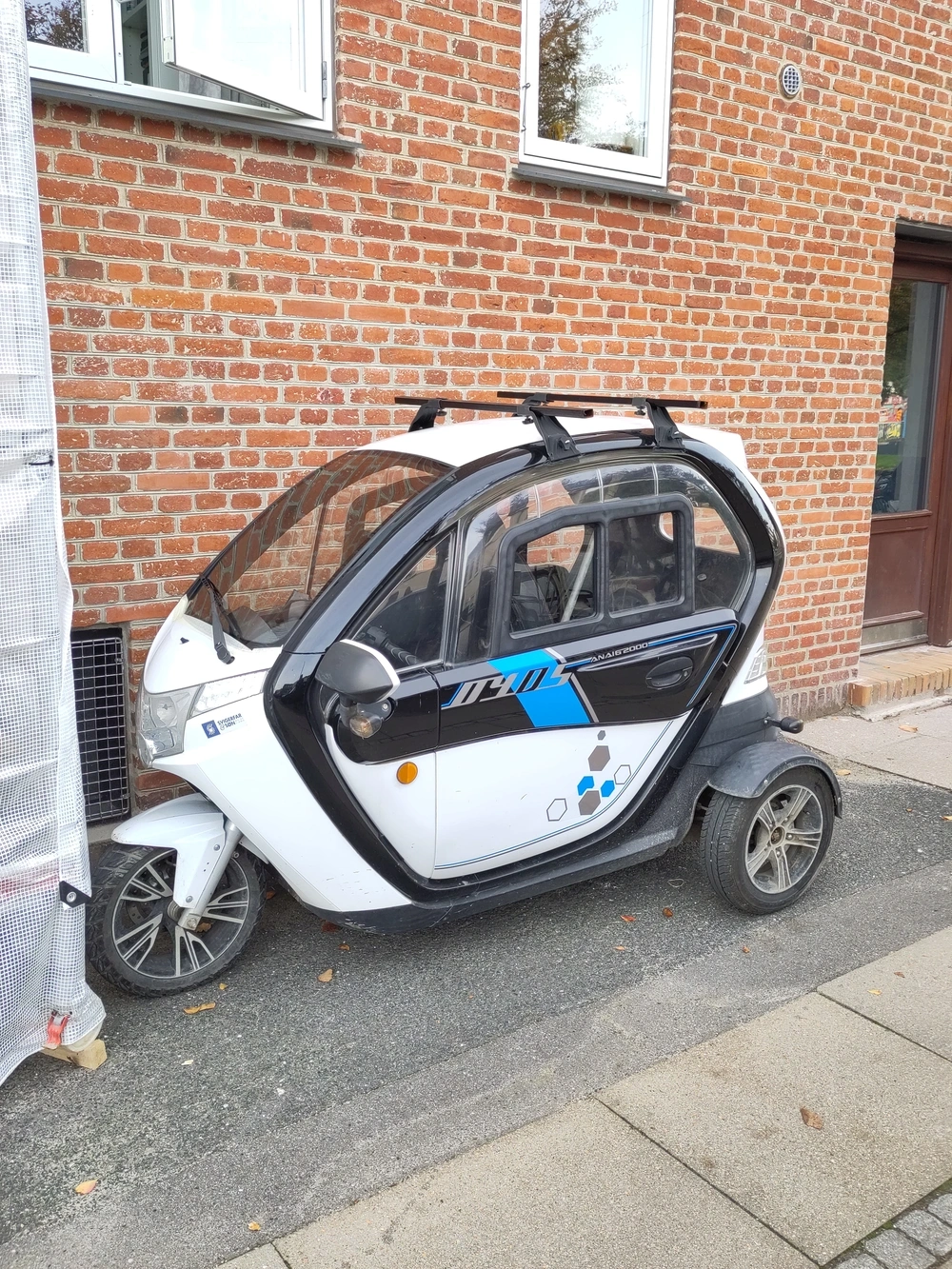
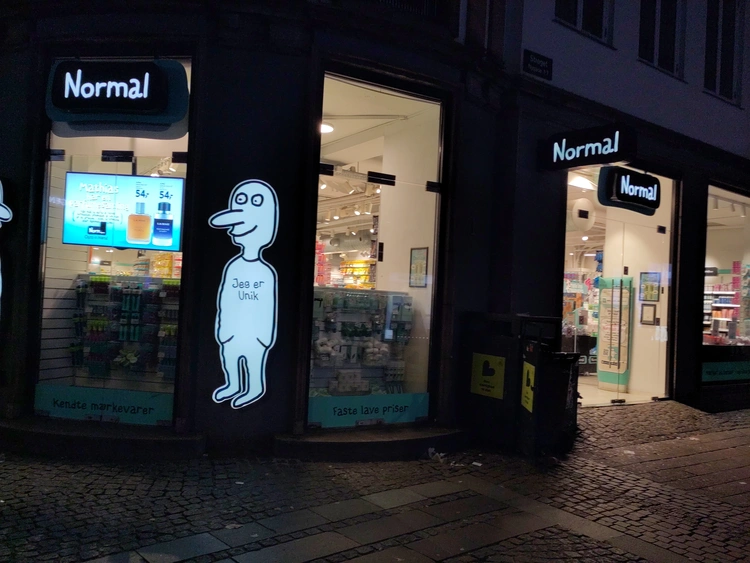
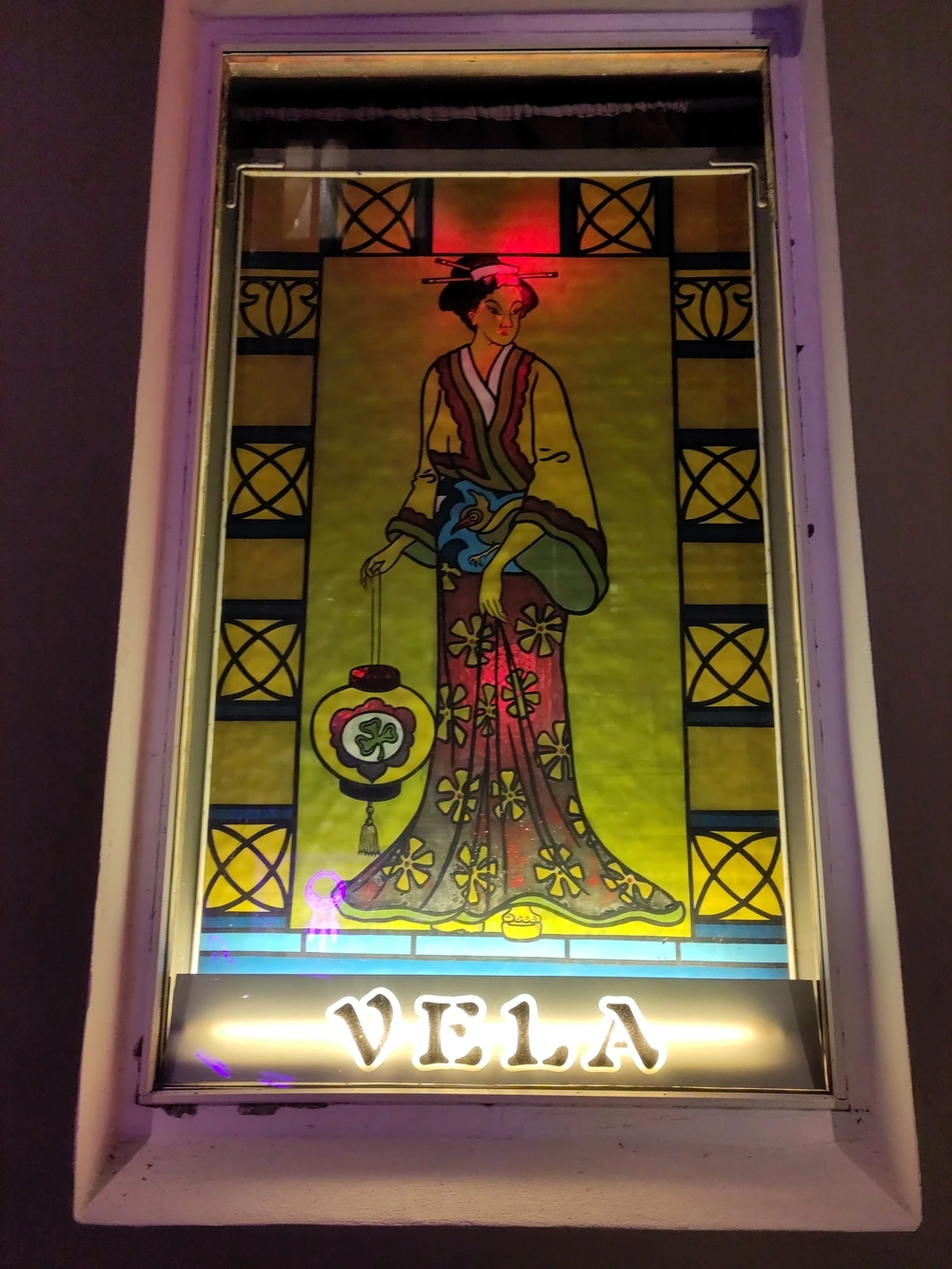
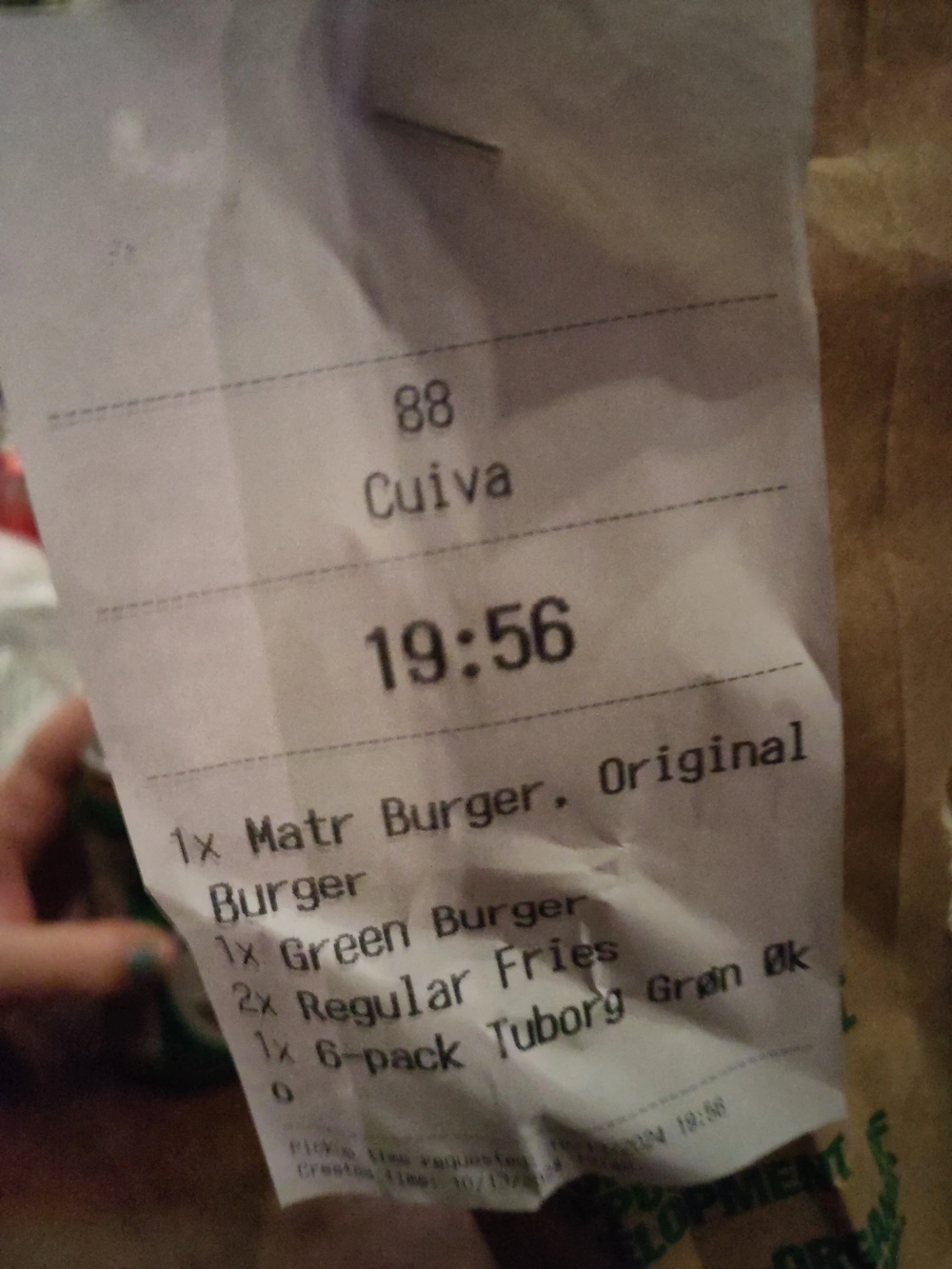
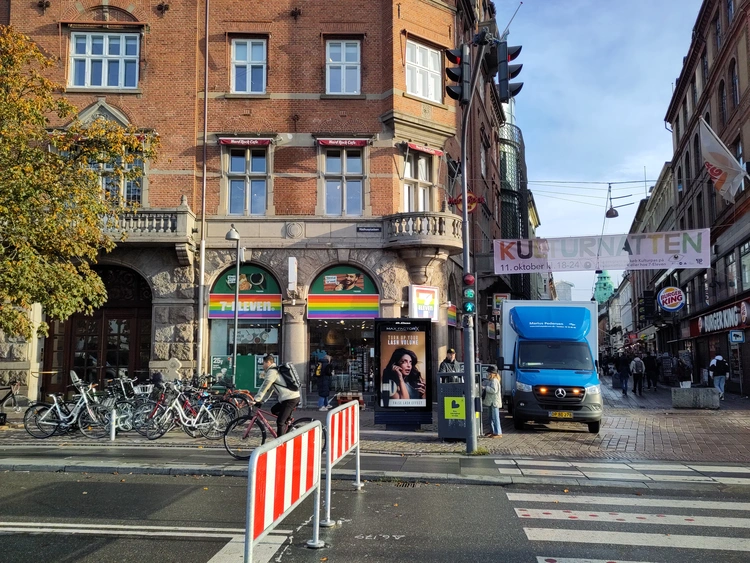

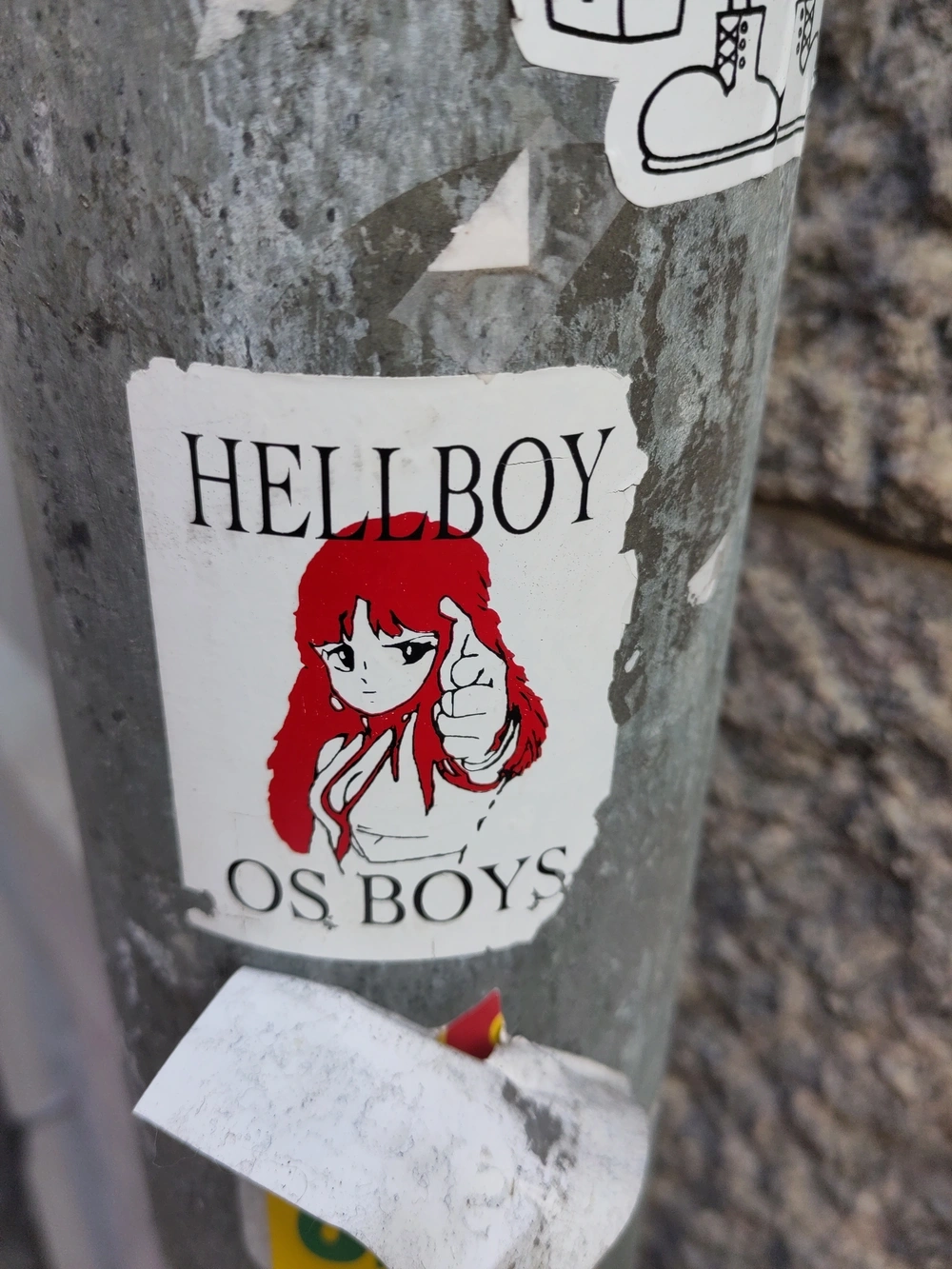

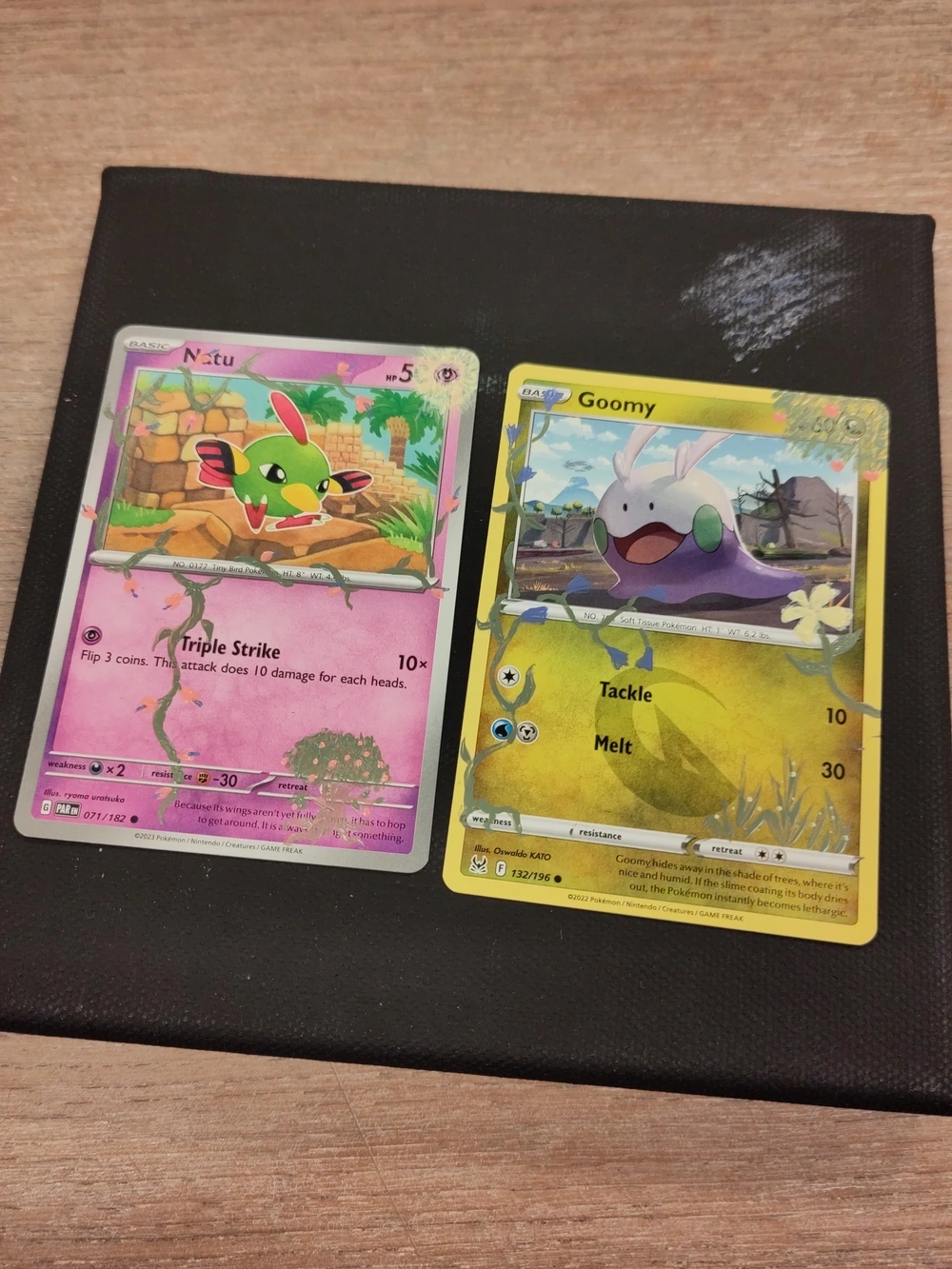
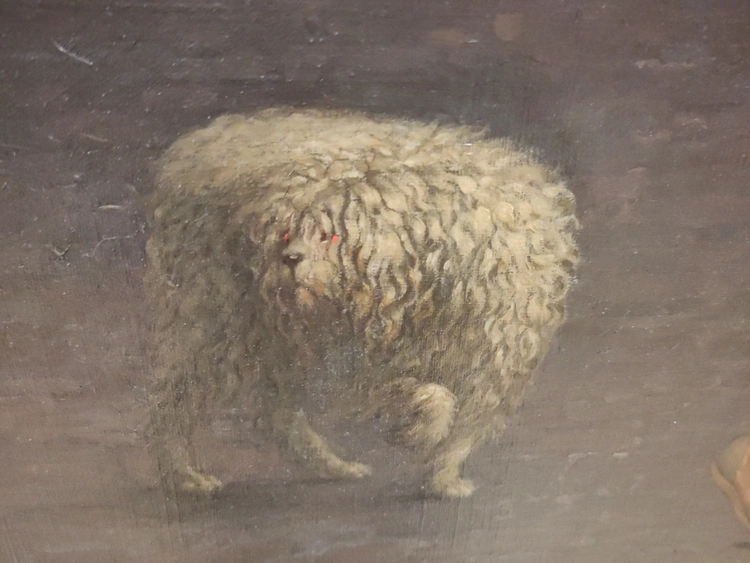
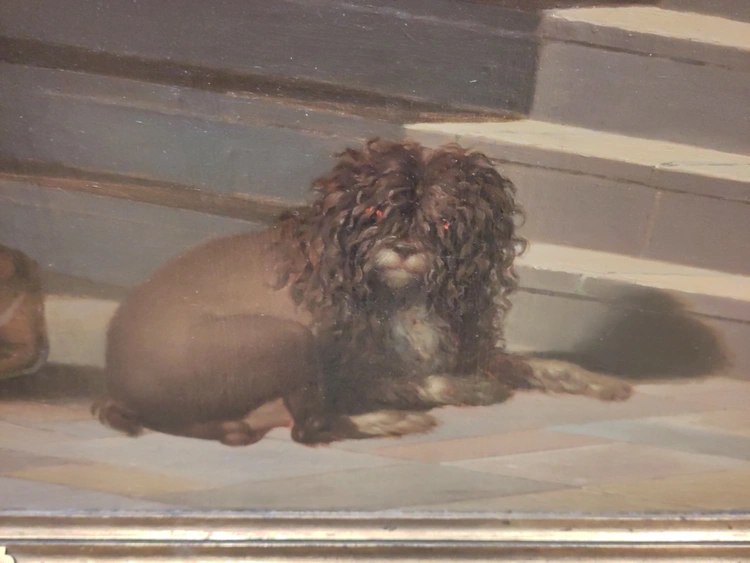
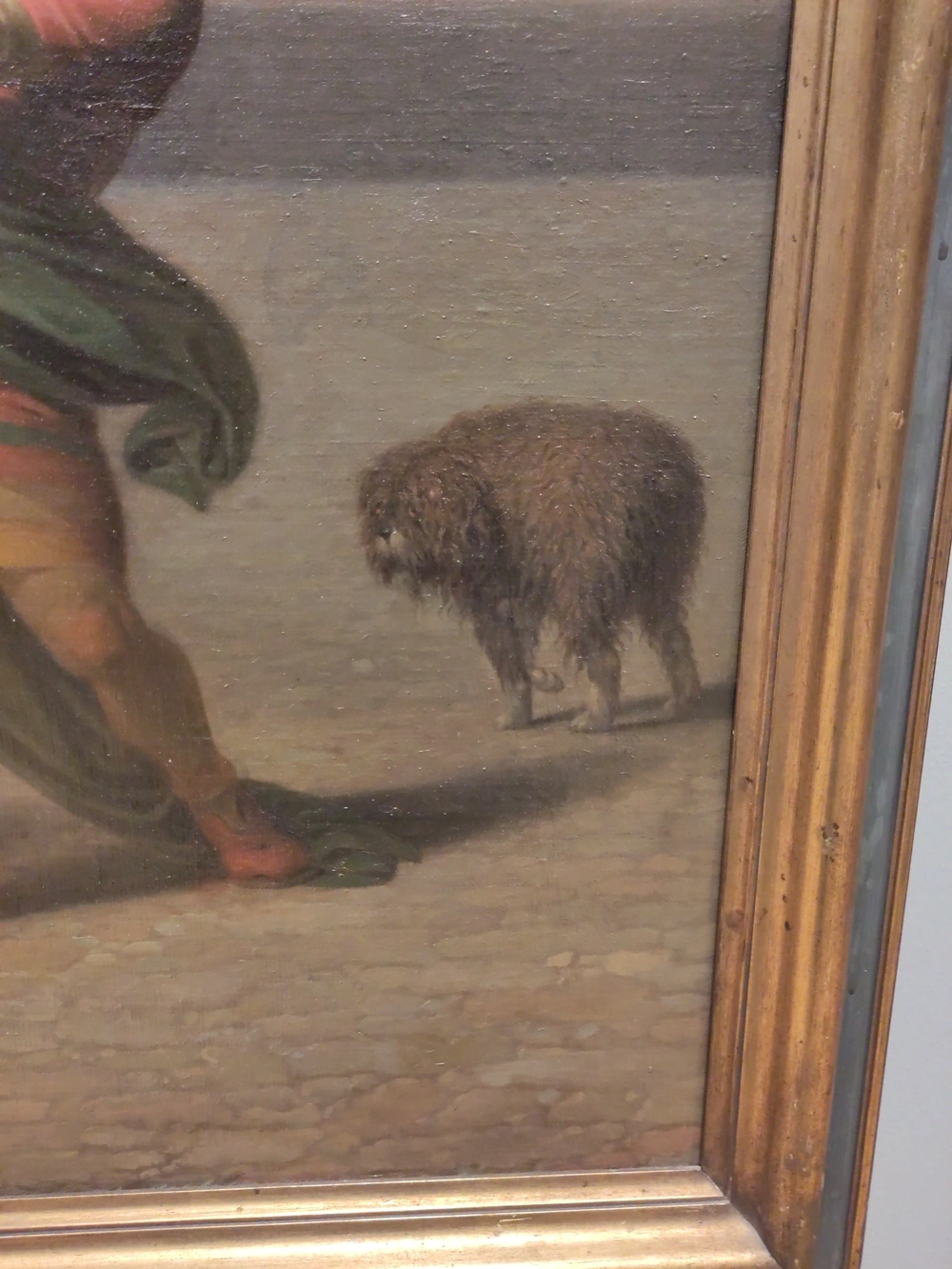
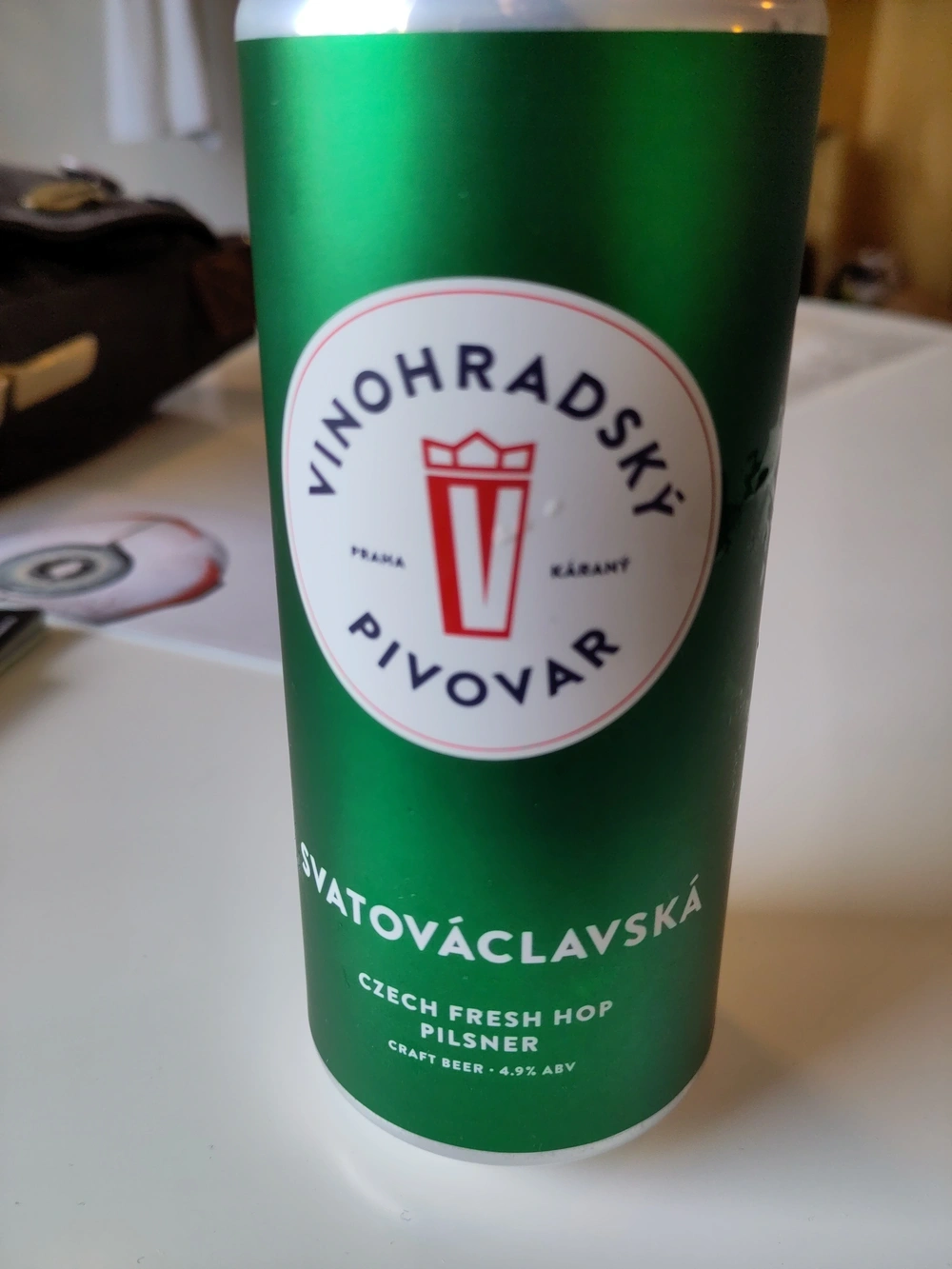
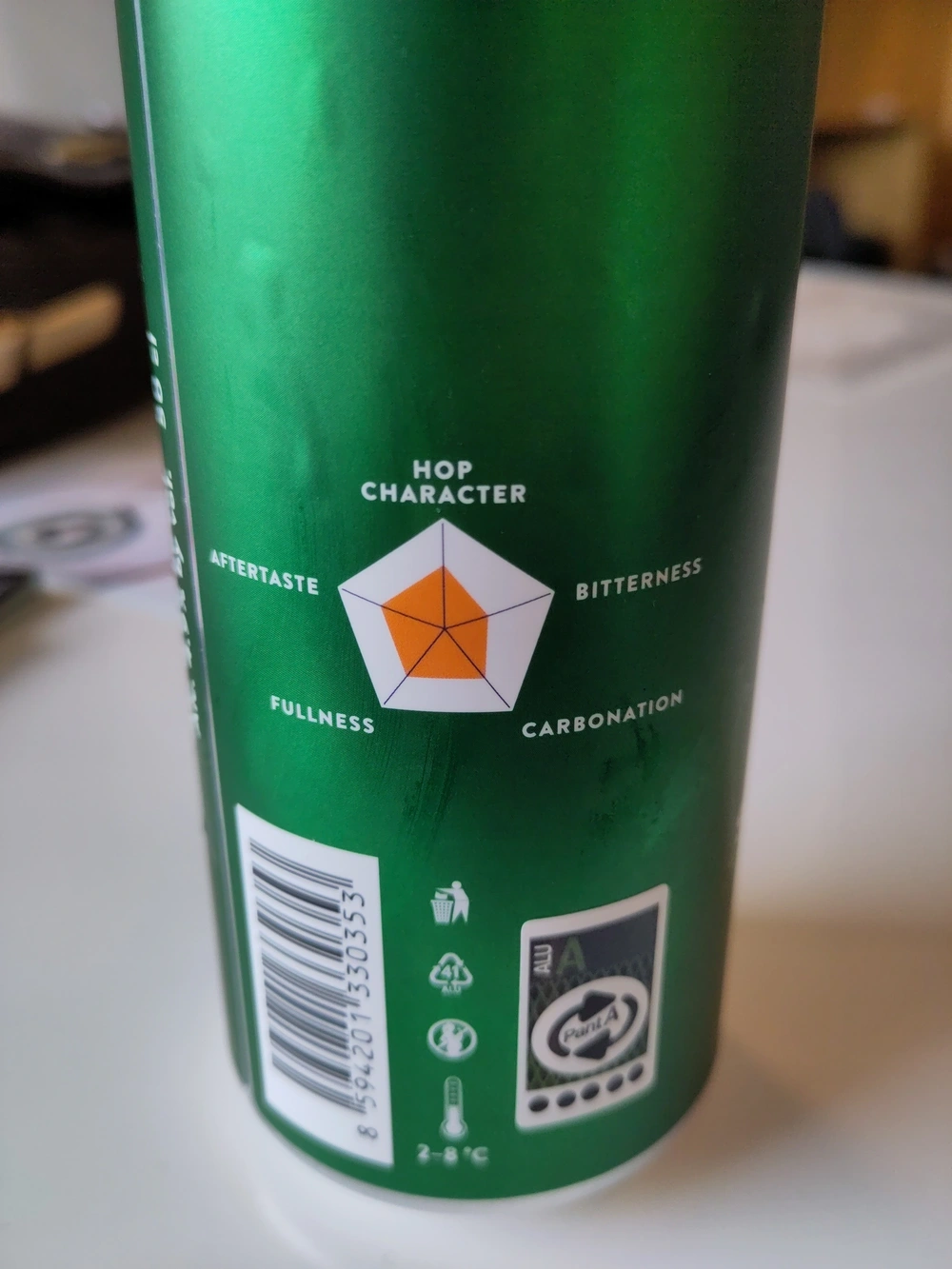
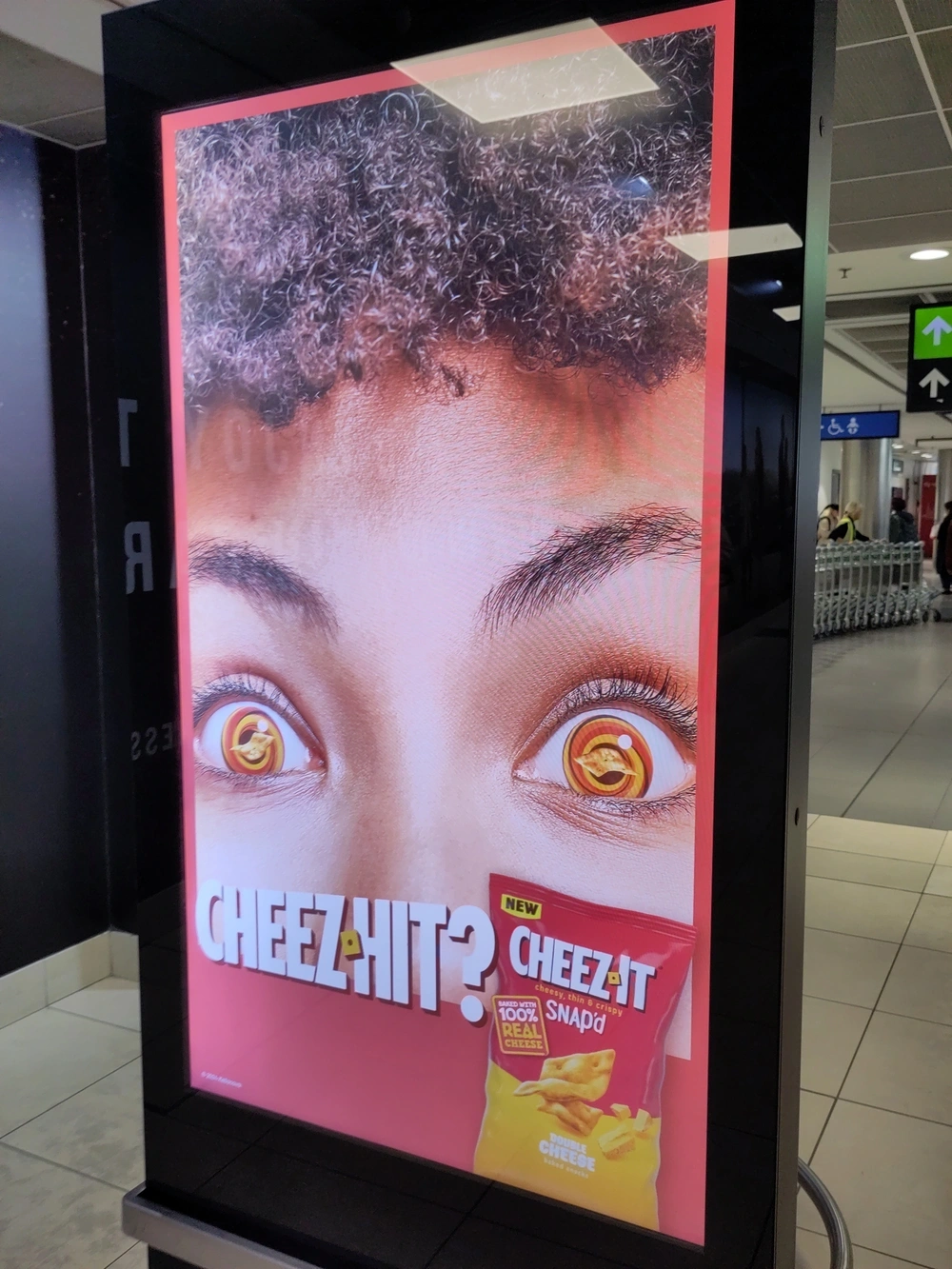
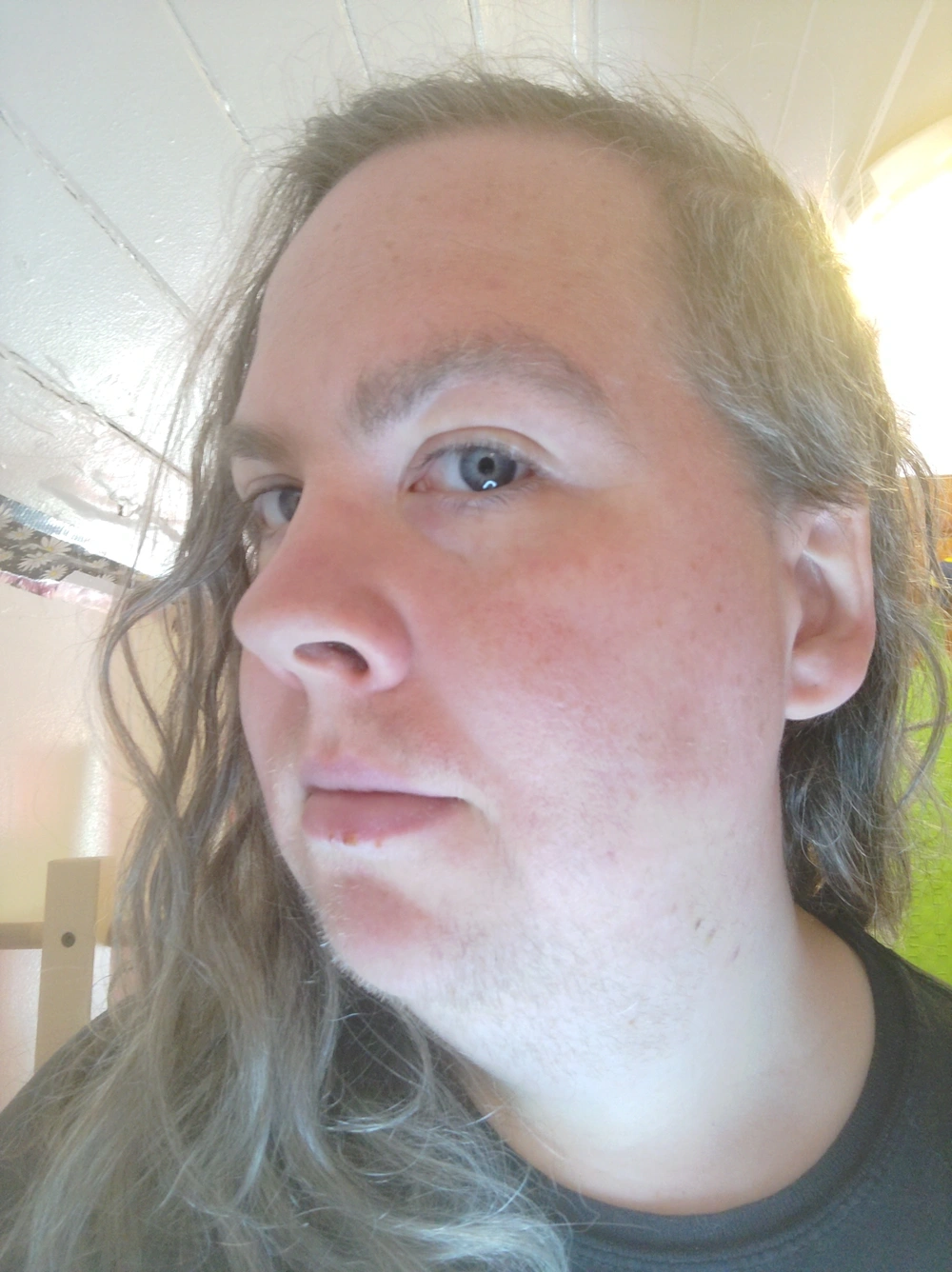

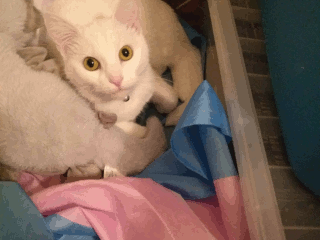
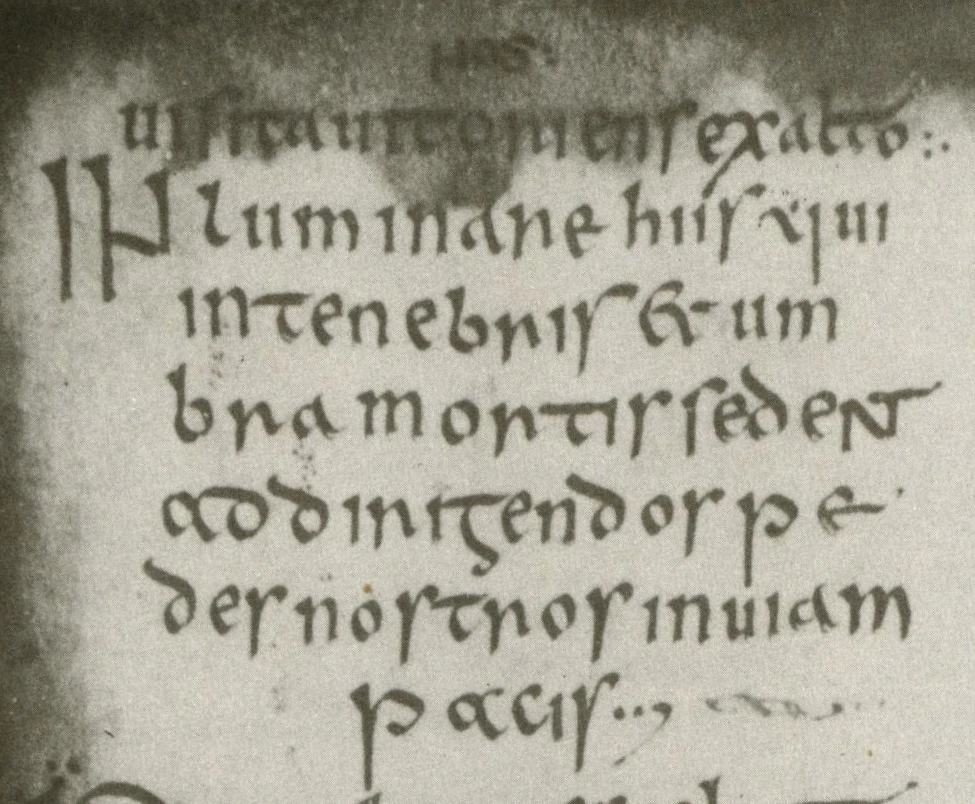

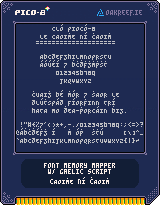
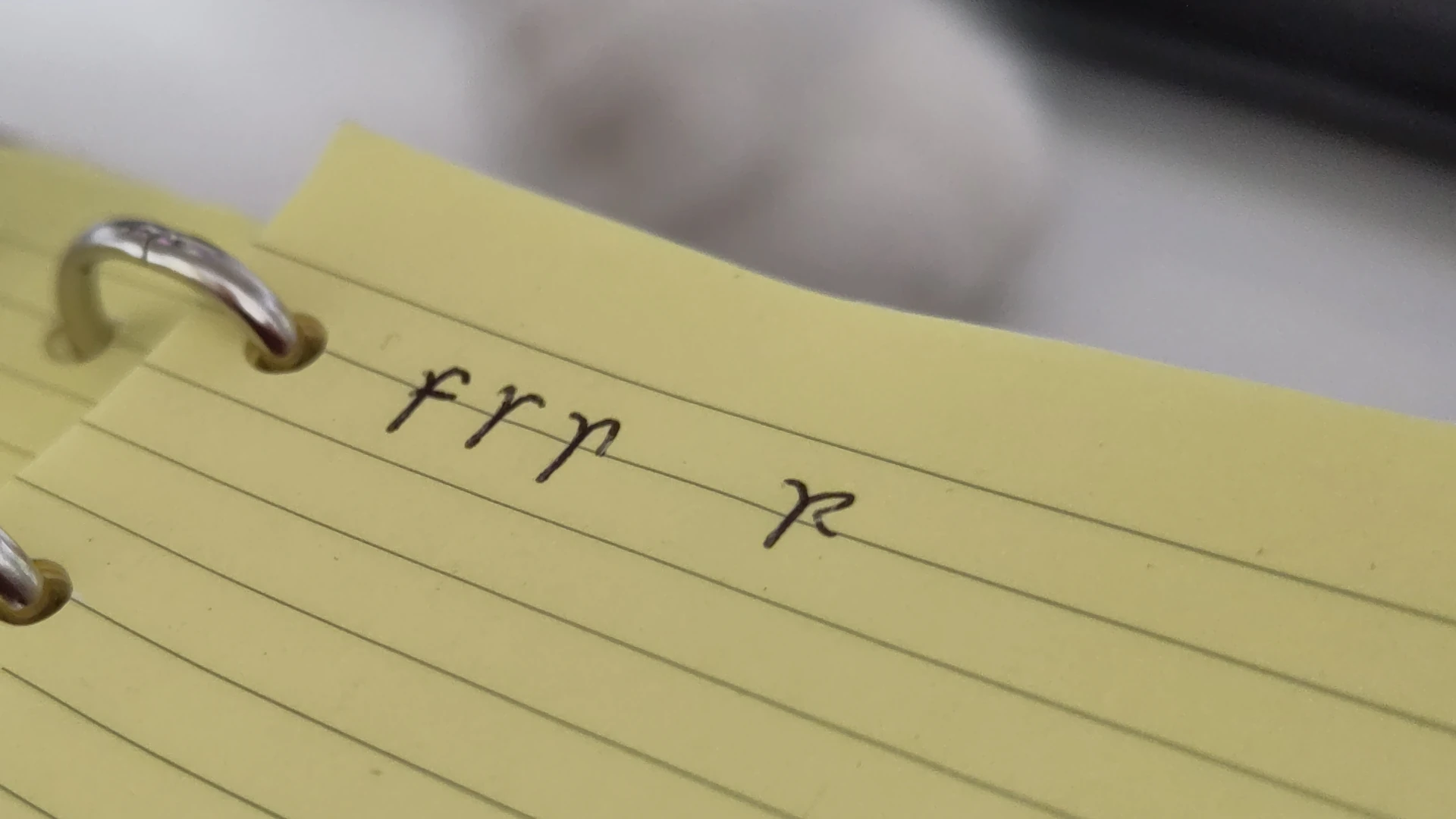
 I was reusing elements from my Pico-8 cartridge design and it reminded me to go back and make the change, and I while doing it I also rolled the Ogham font into it as well, which I had also been intending to do for a while.
I was reusing elements from my Pico-8 cartridge design and it reminded me to go back and make the change, and I while doing it I also rolled the Ogham font into it as well, which I had also been intending to do for a while.